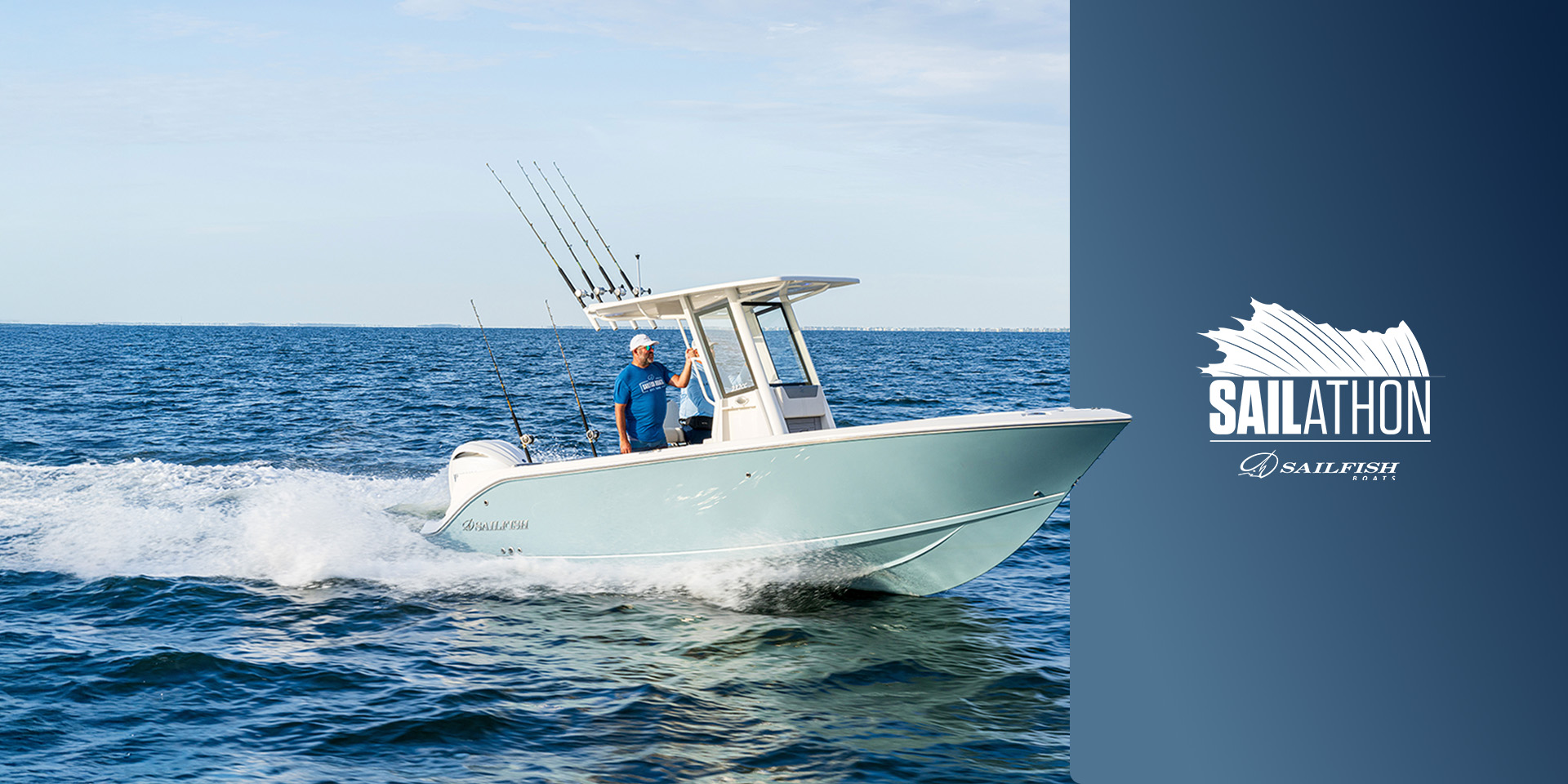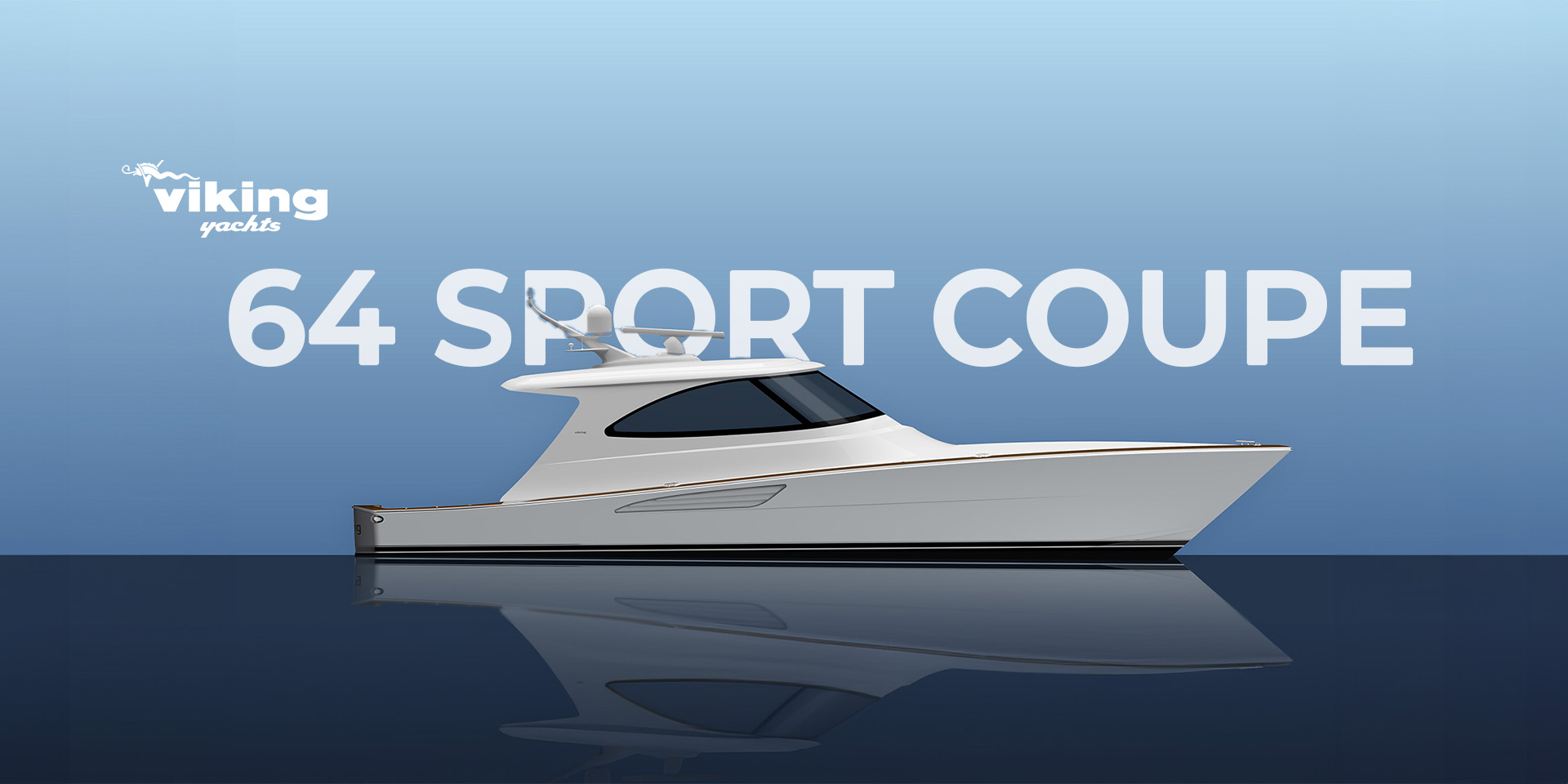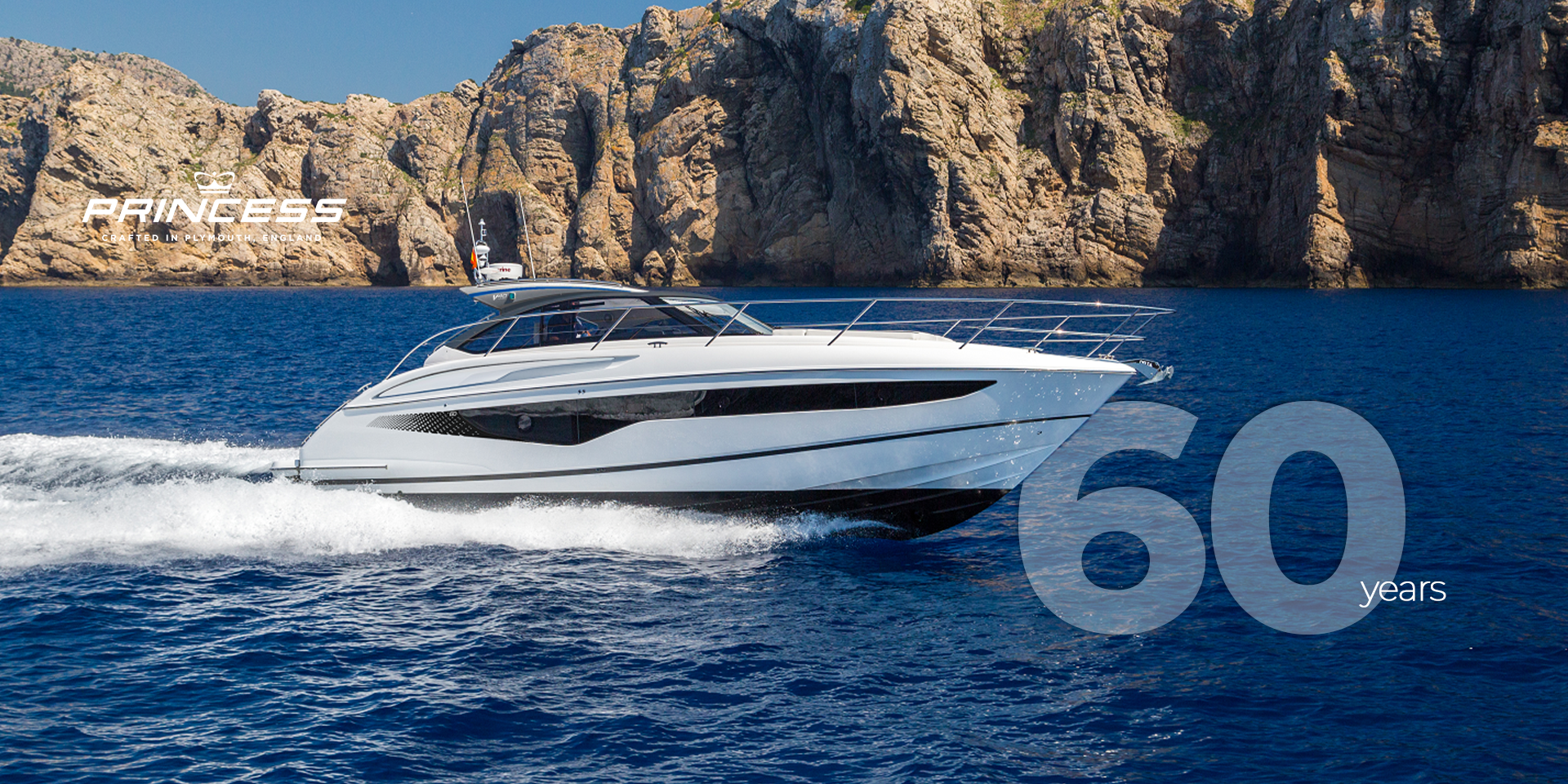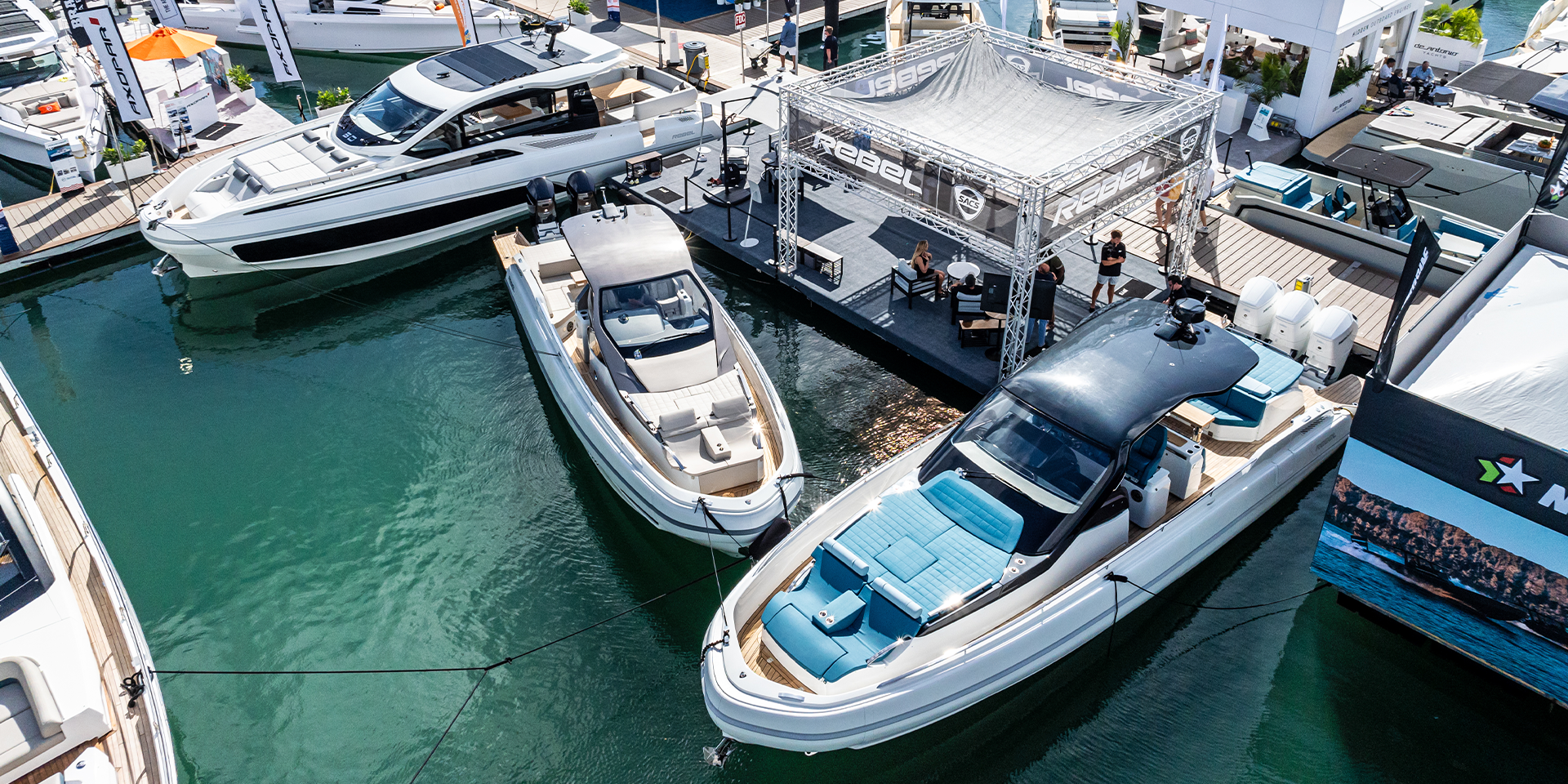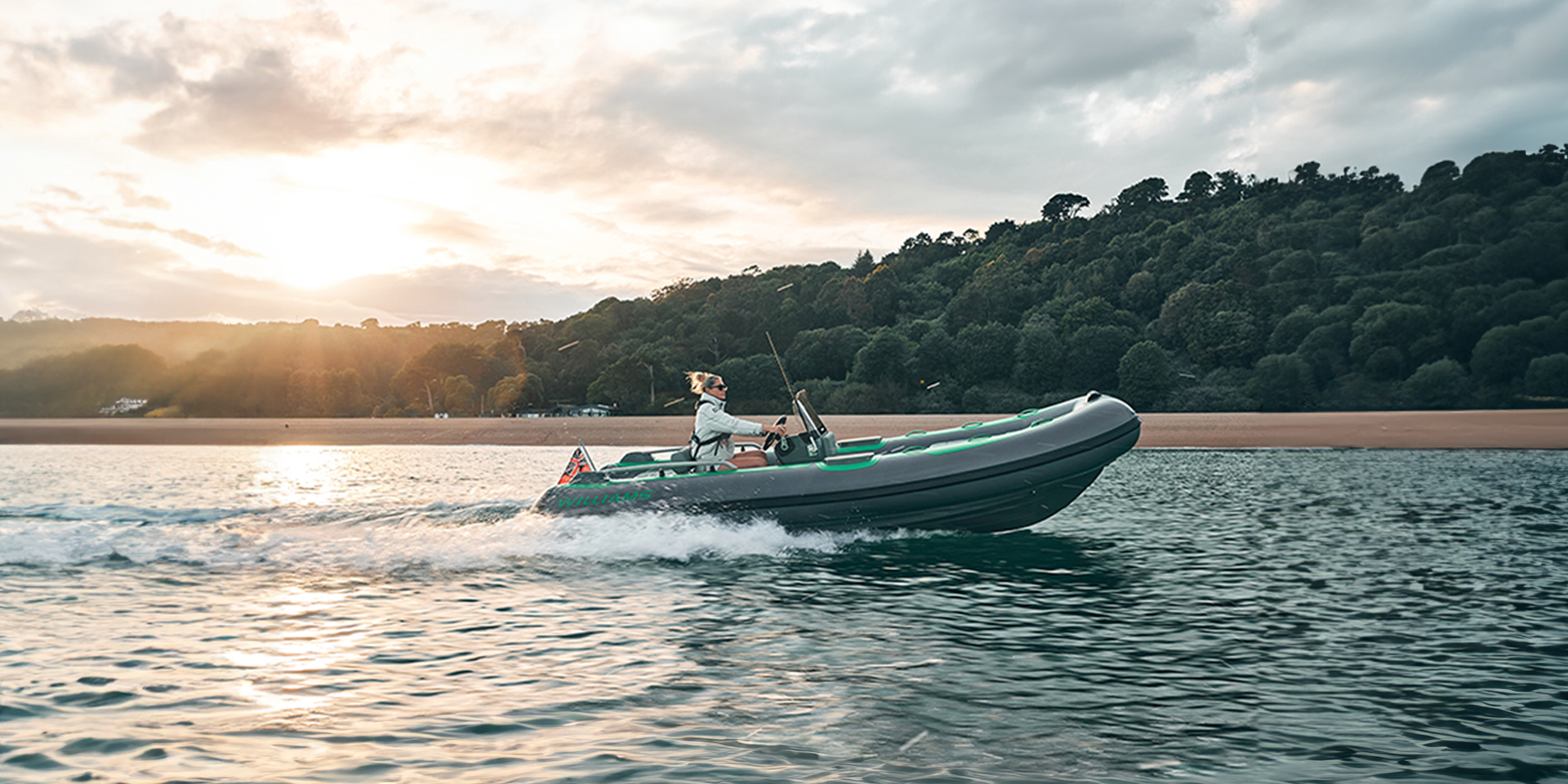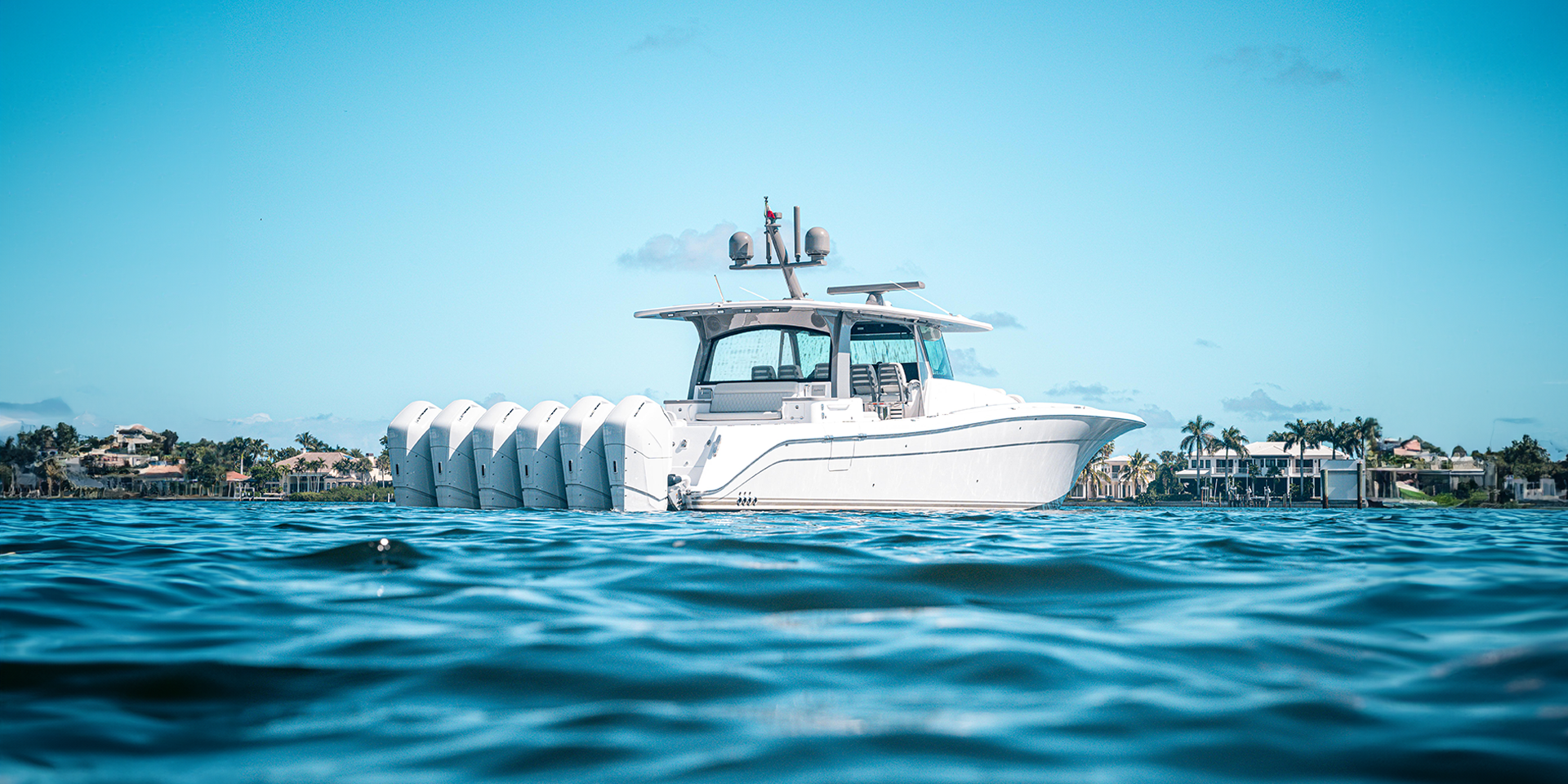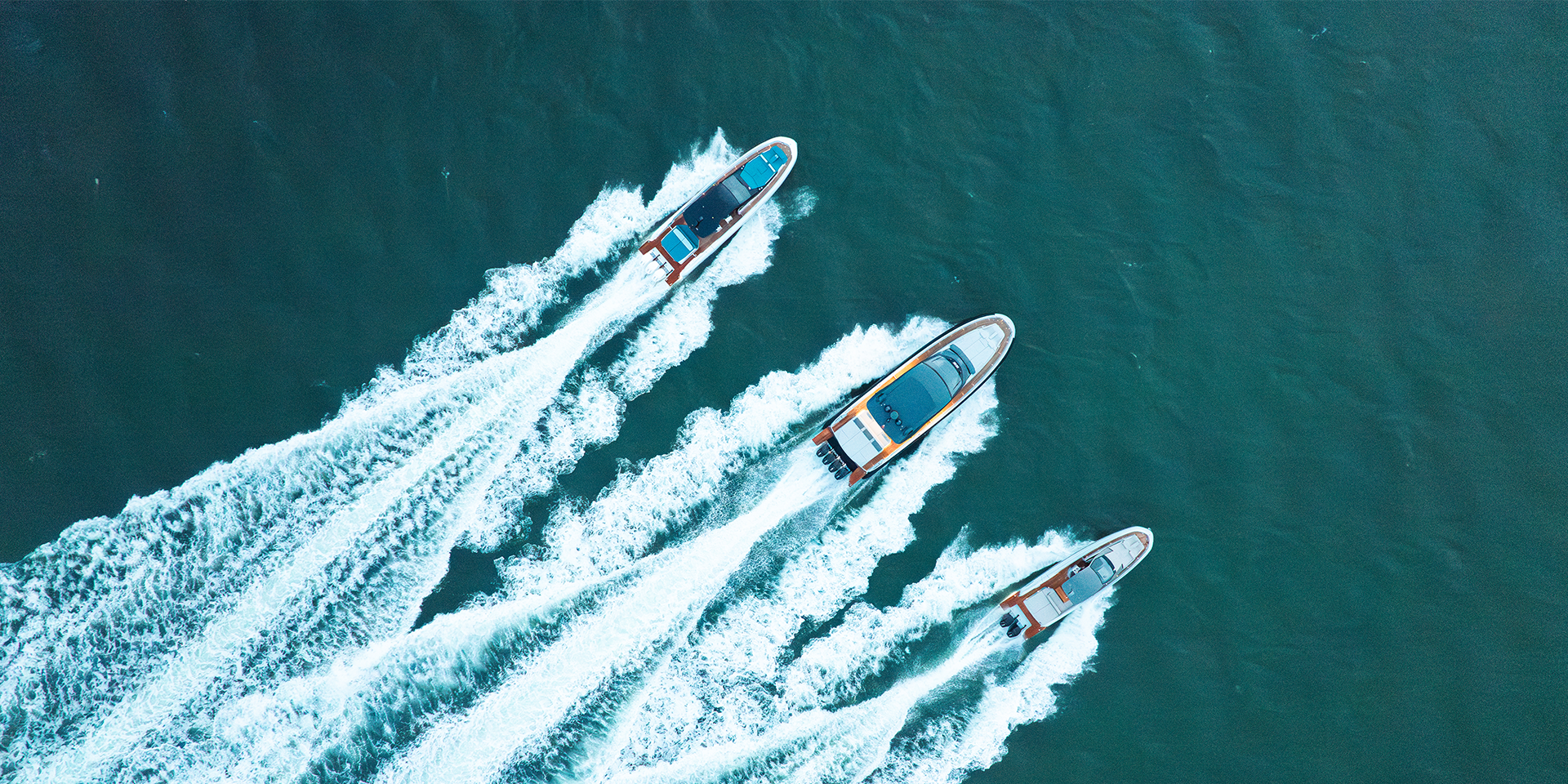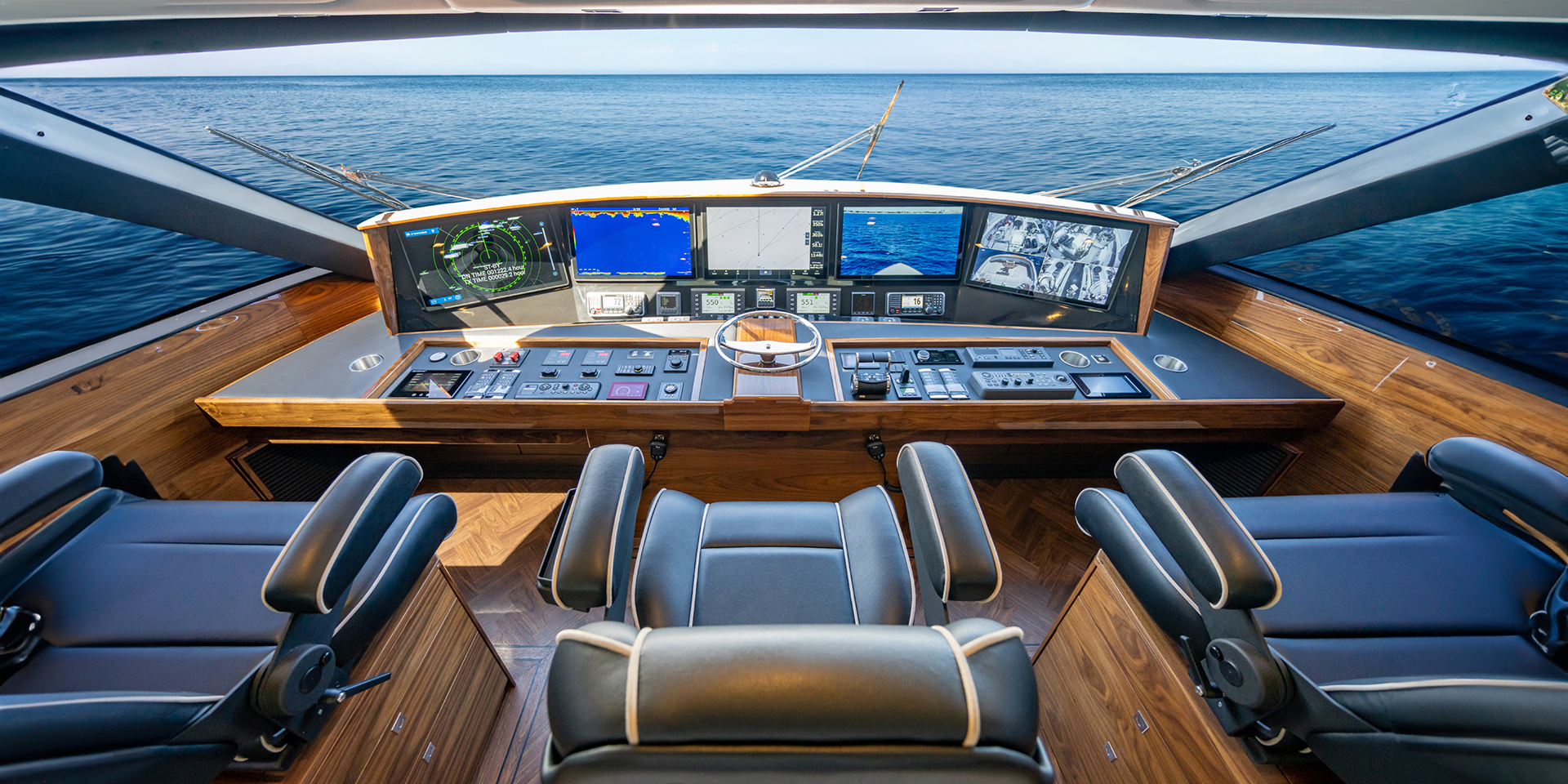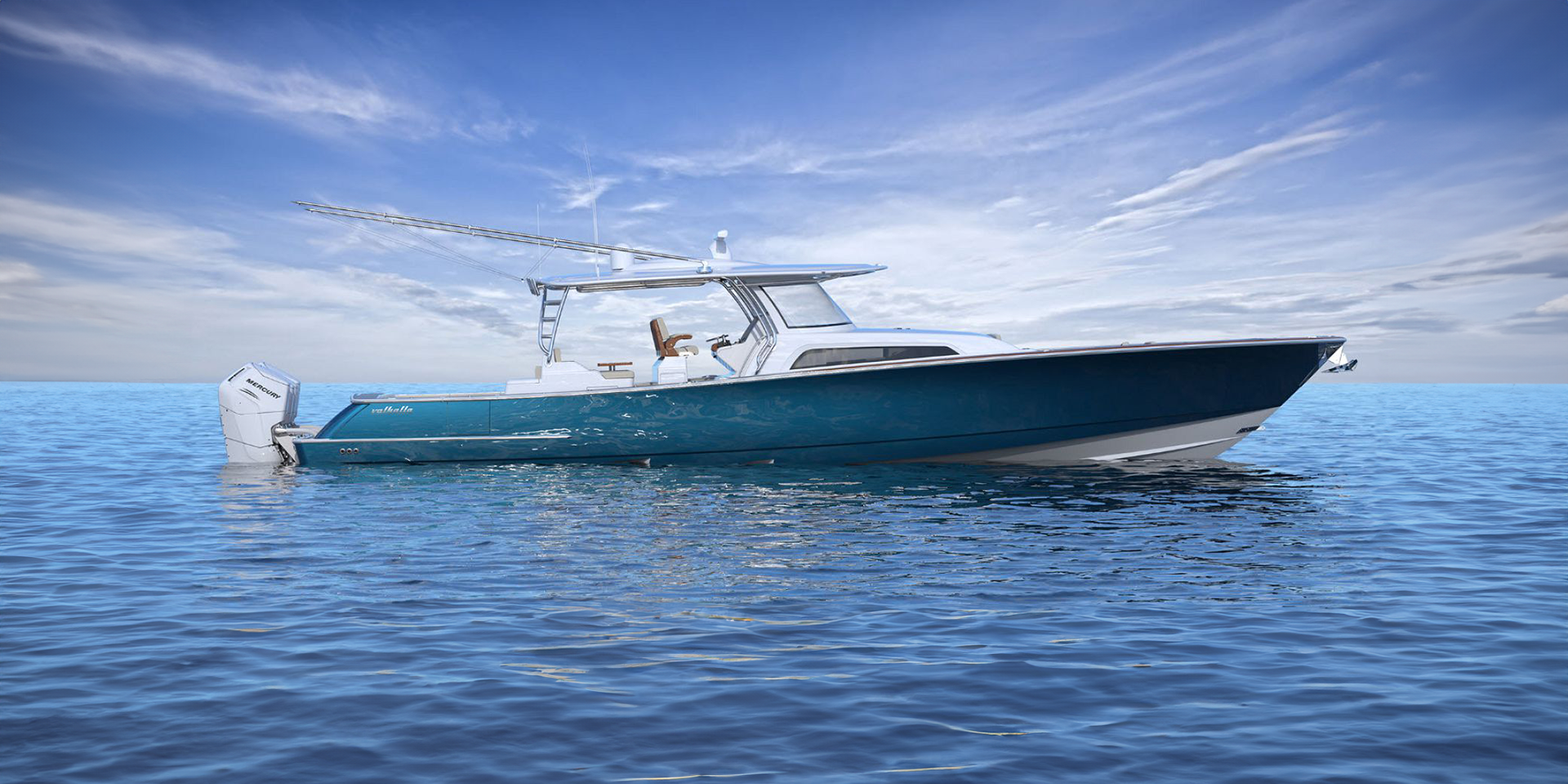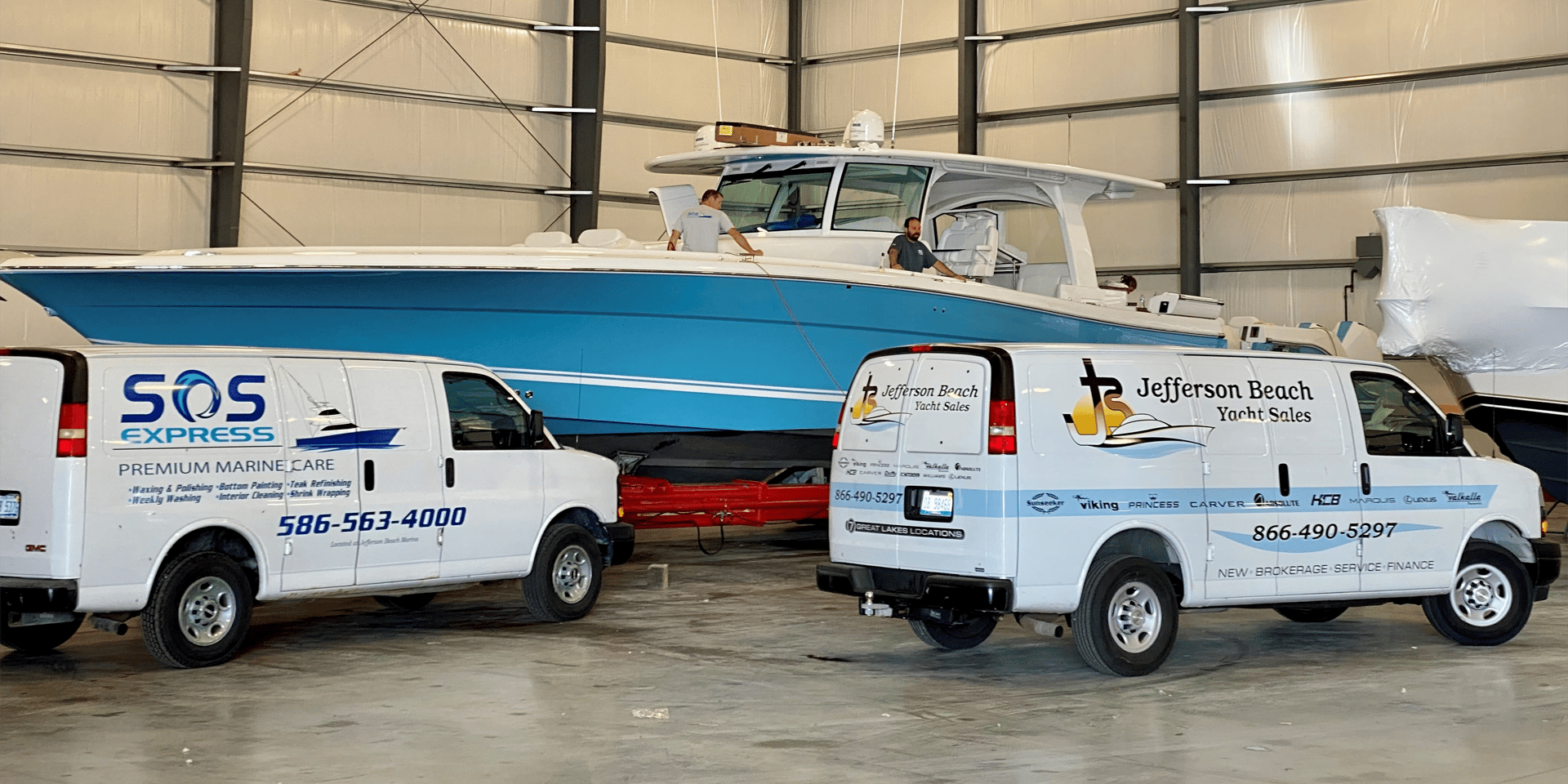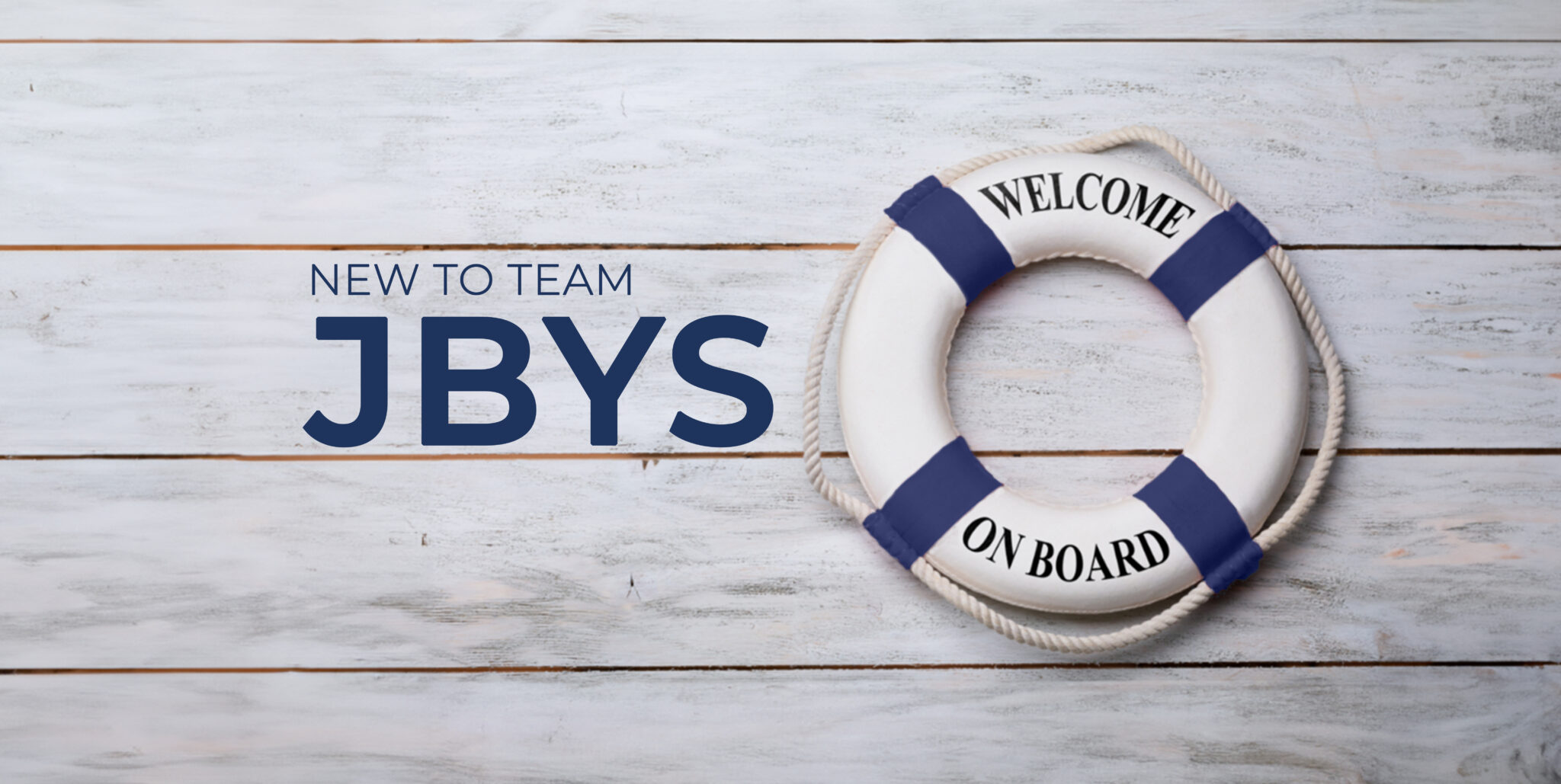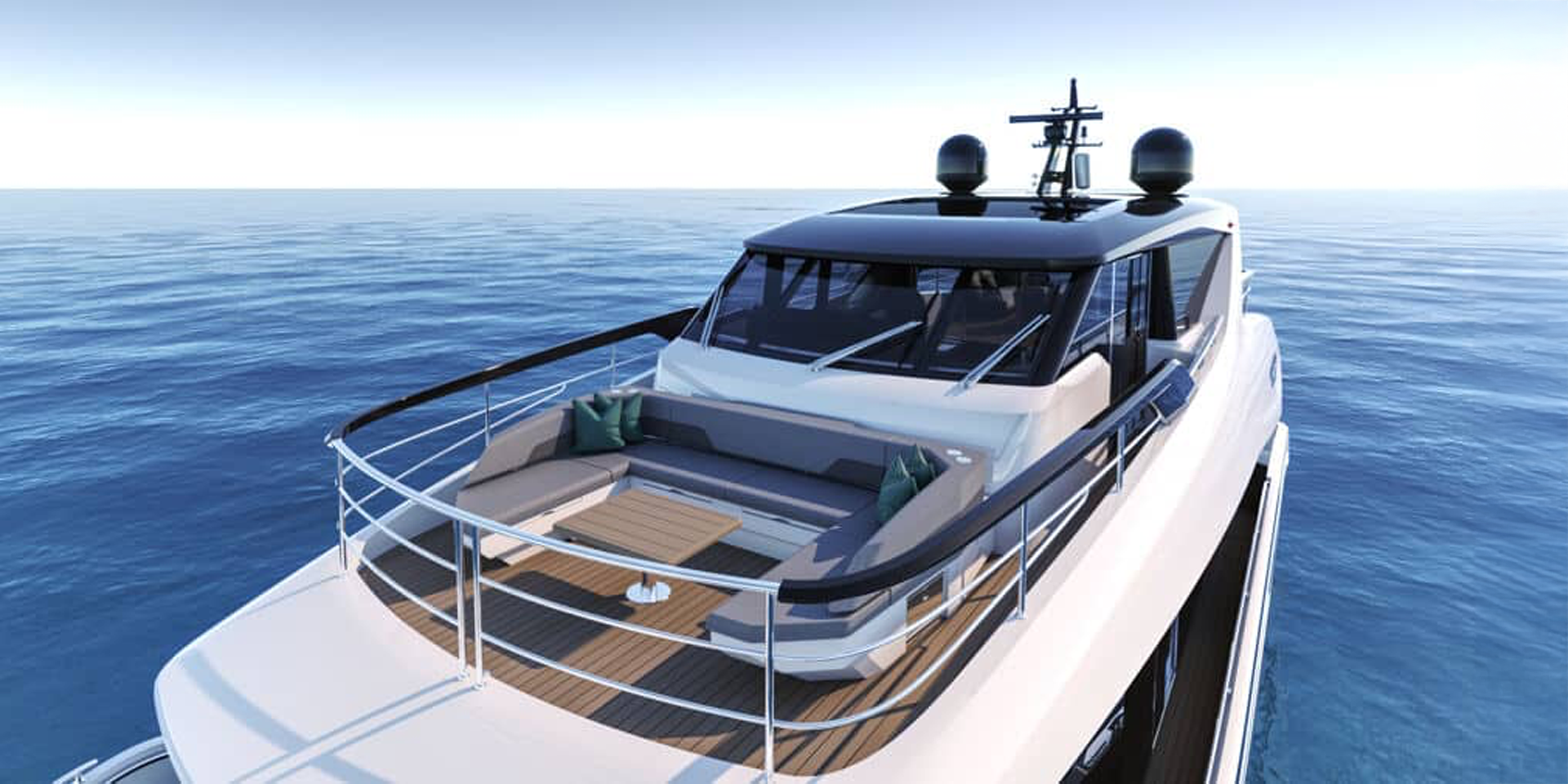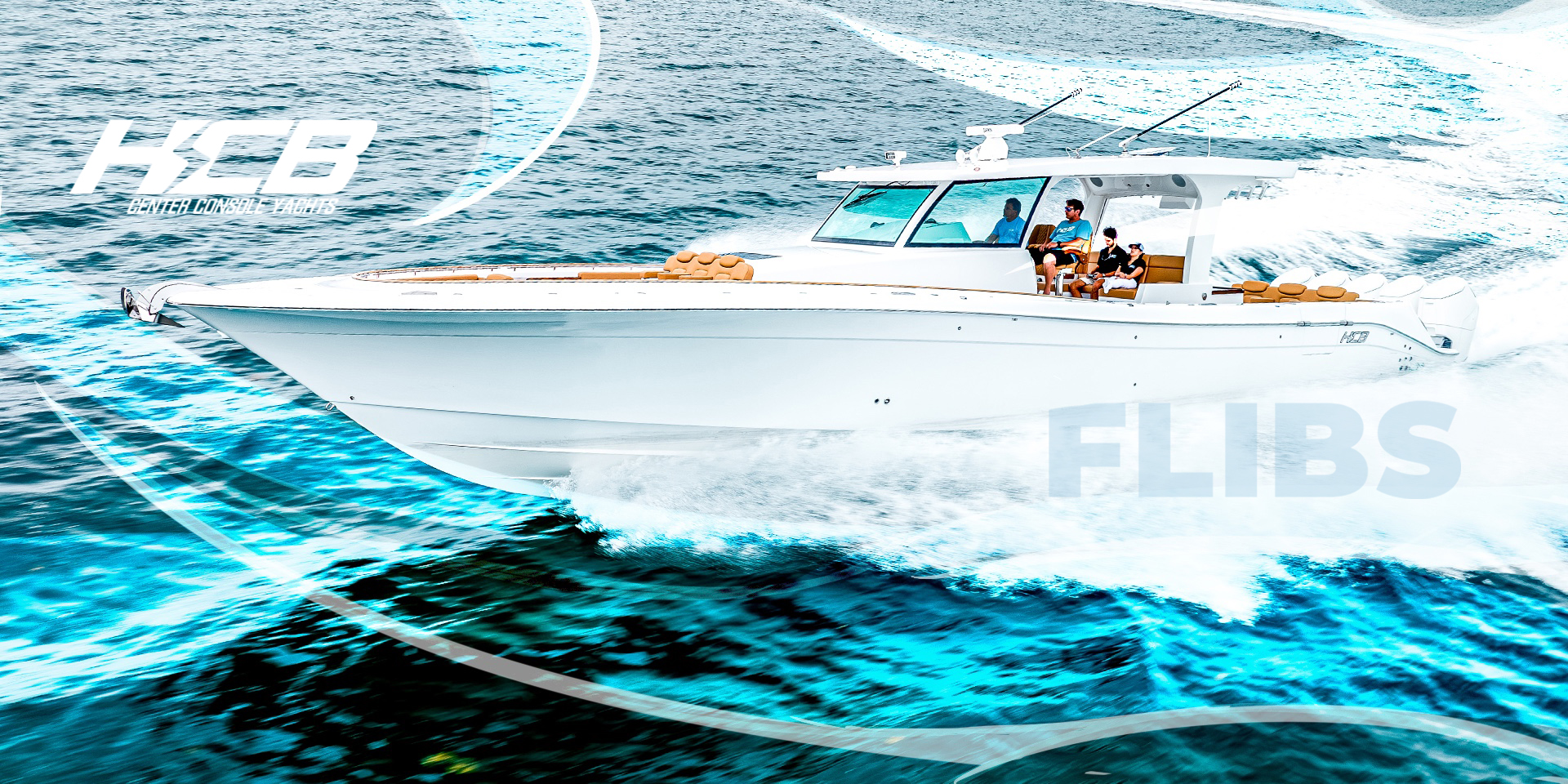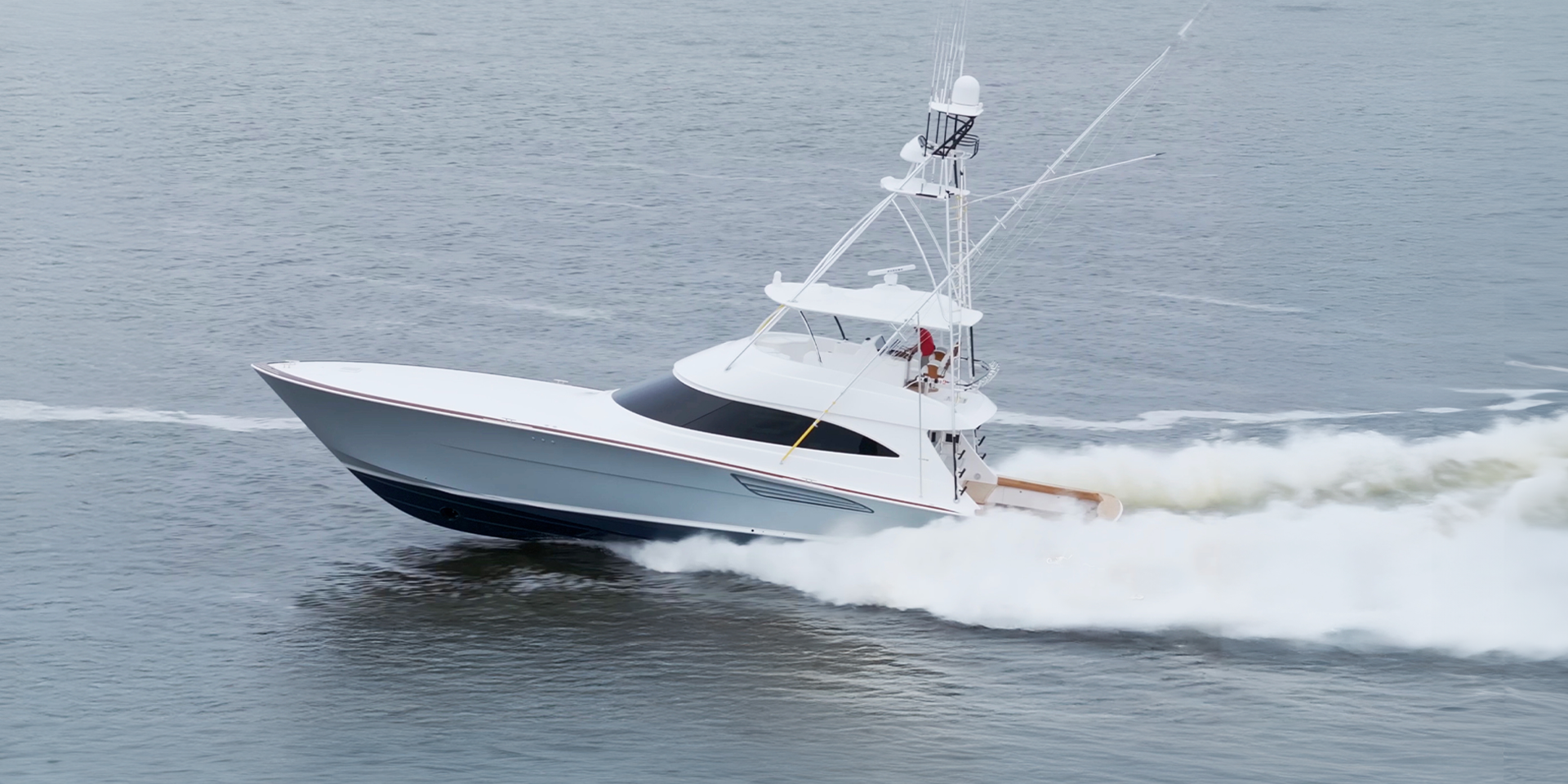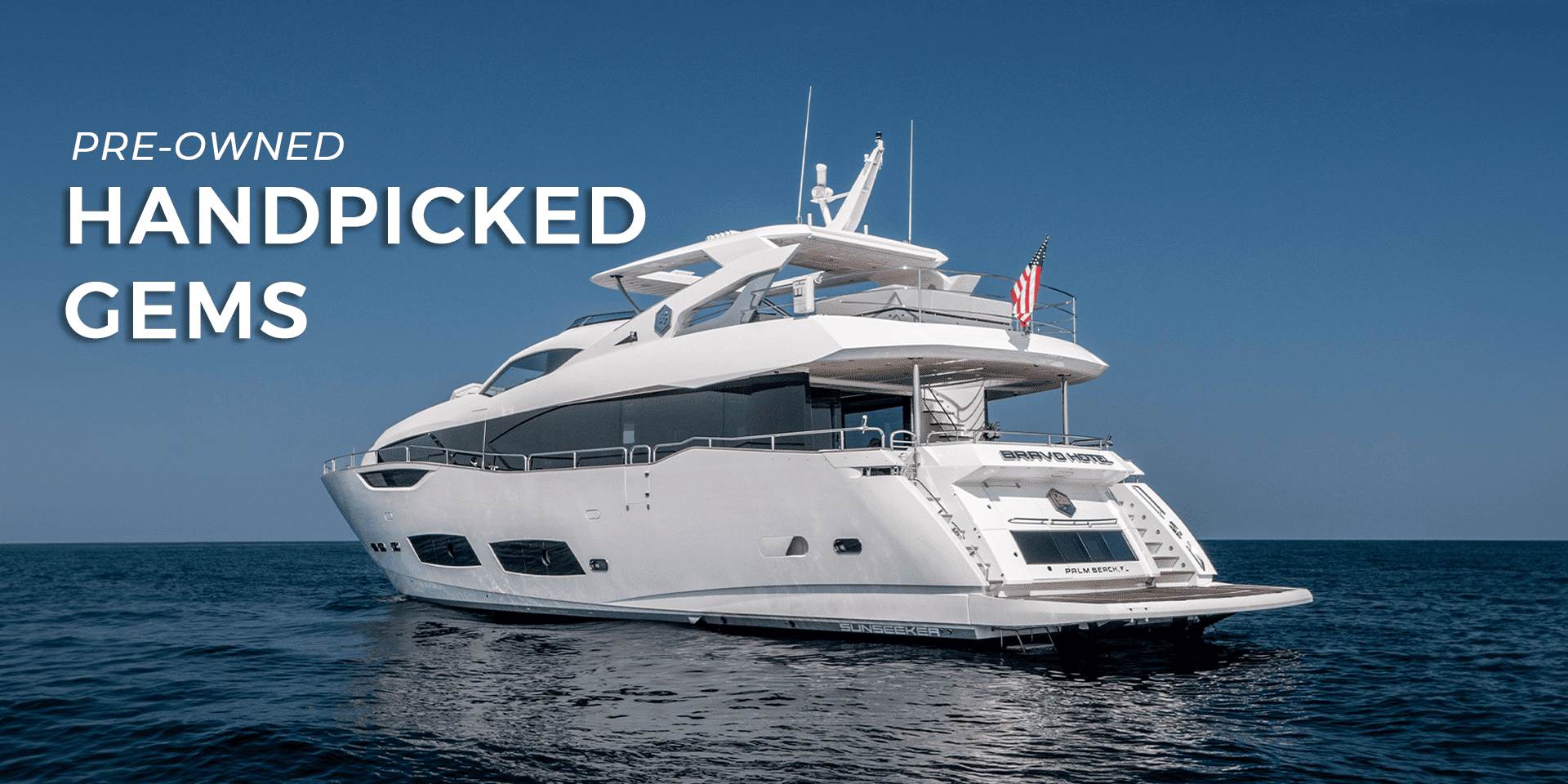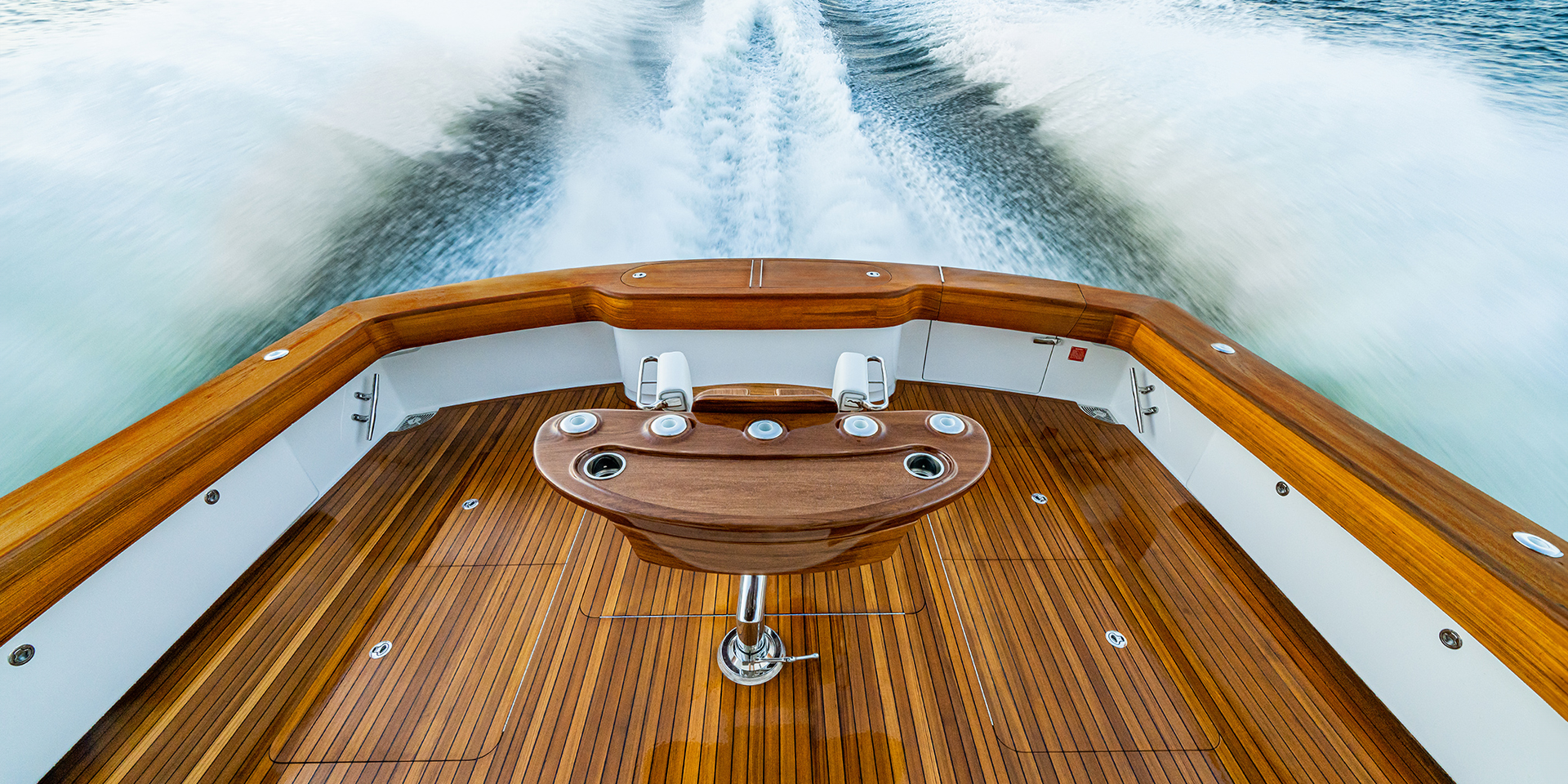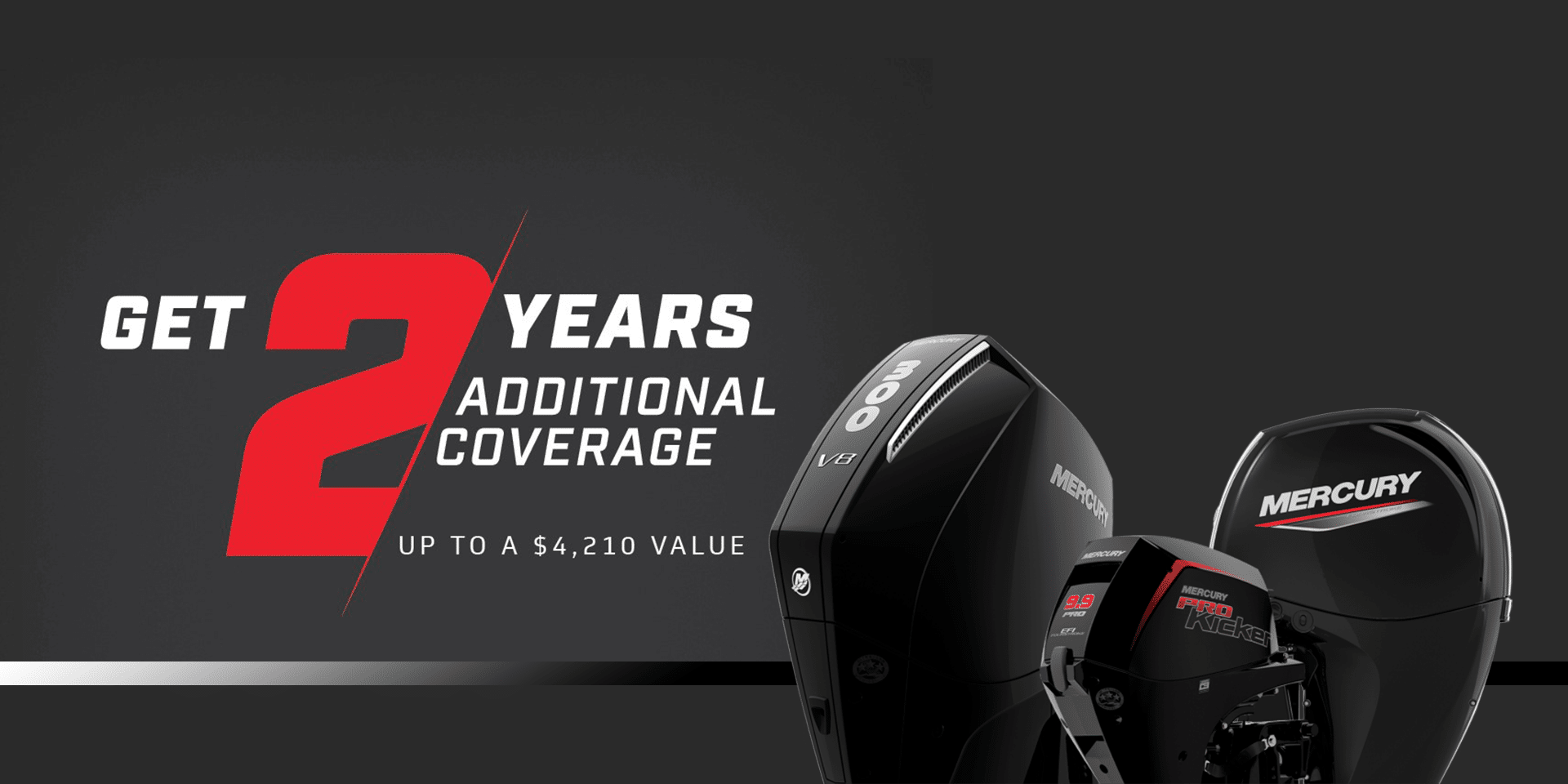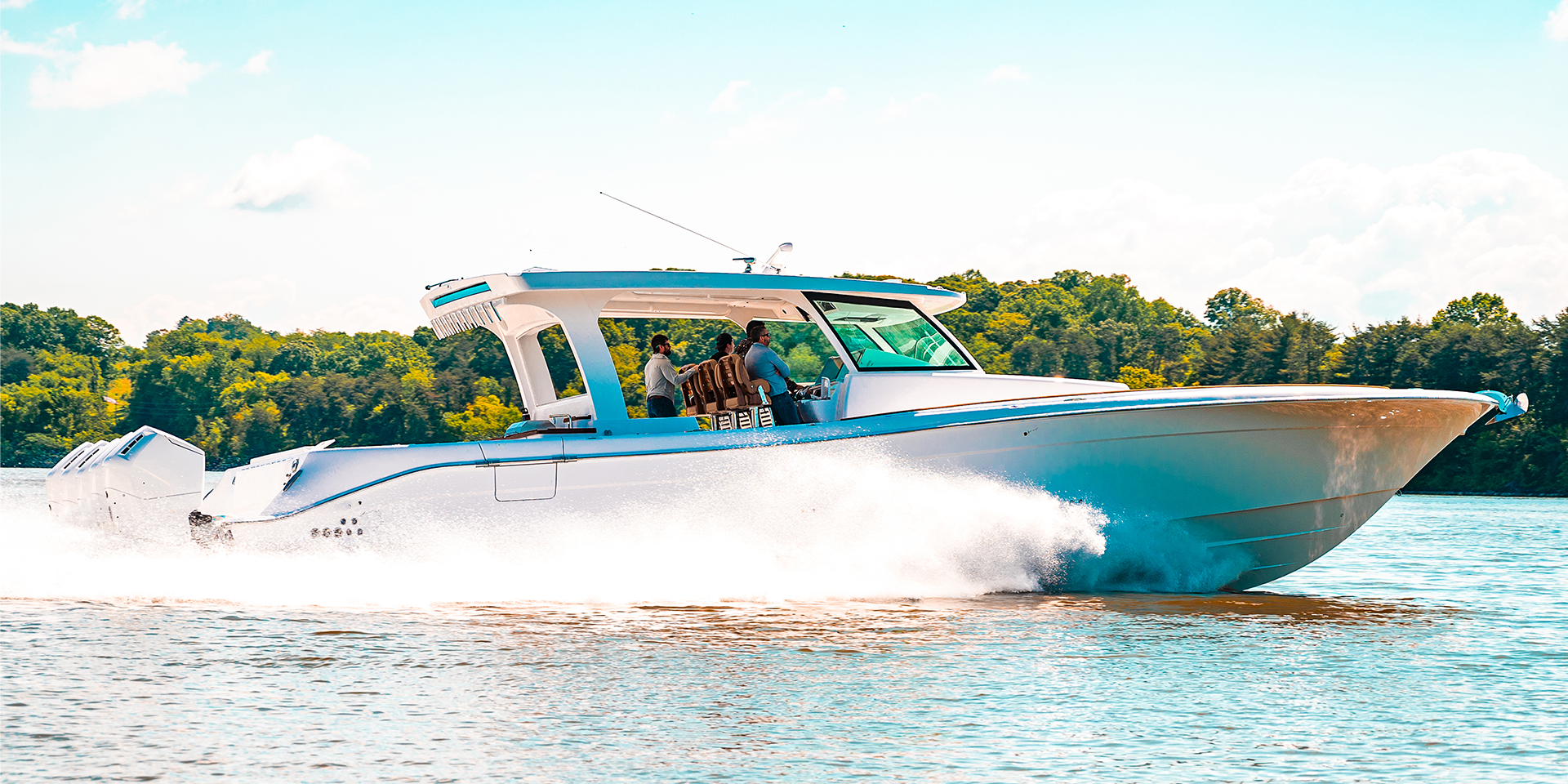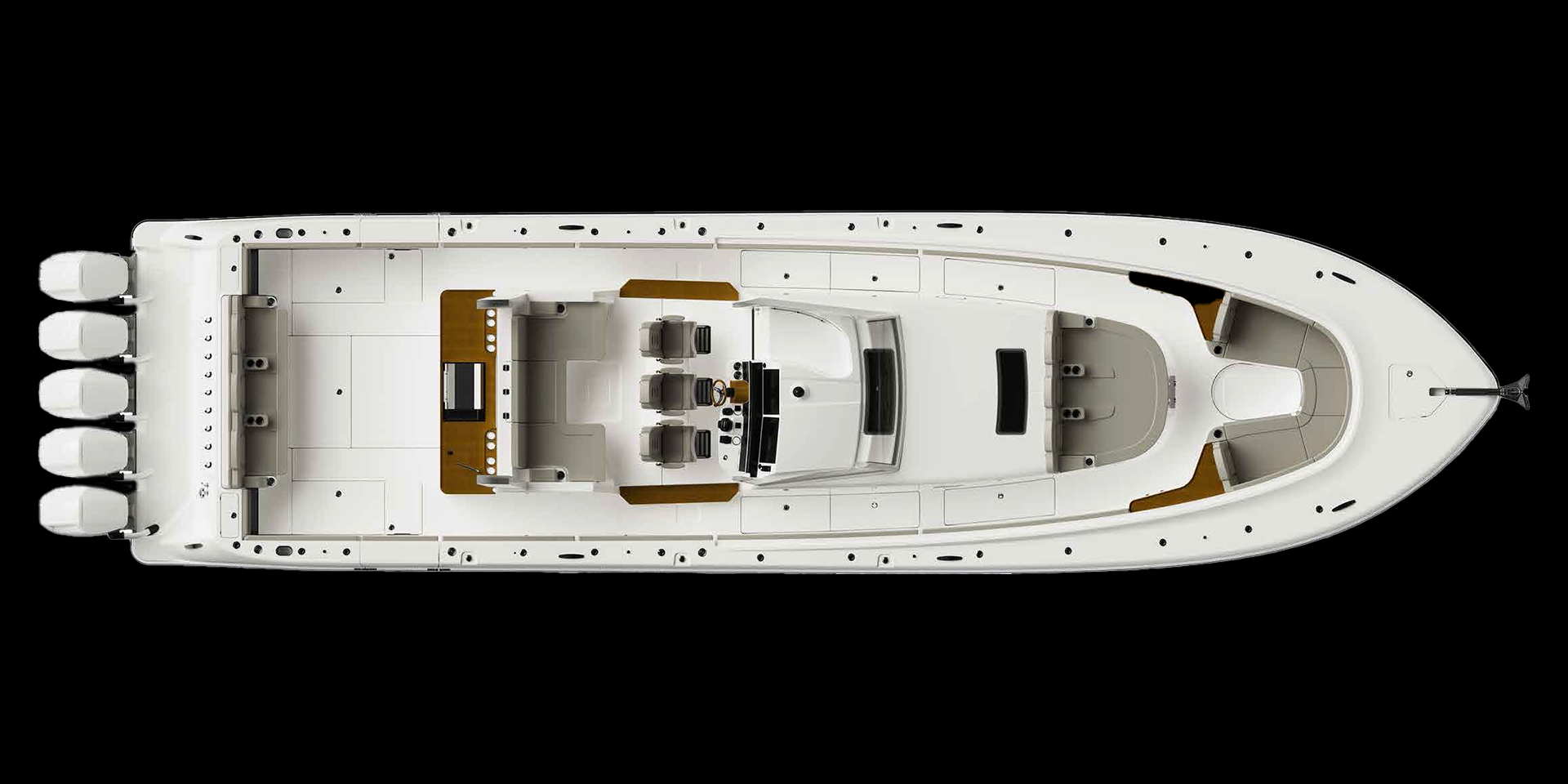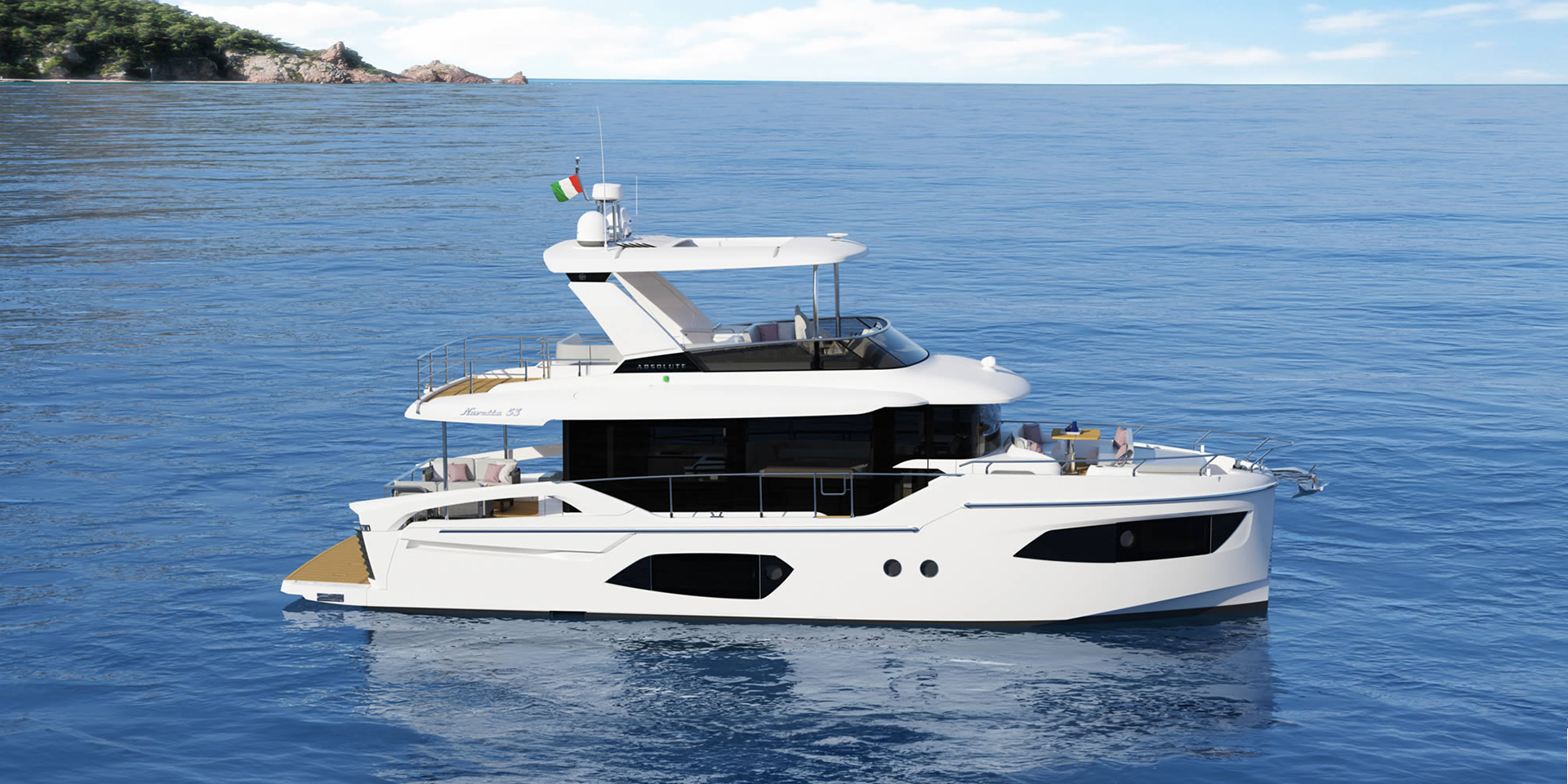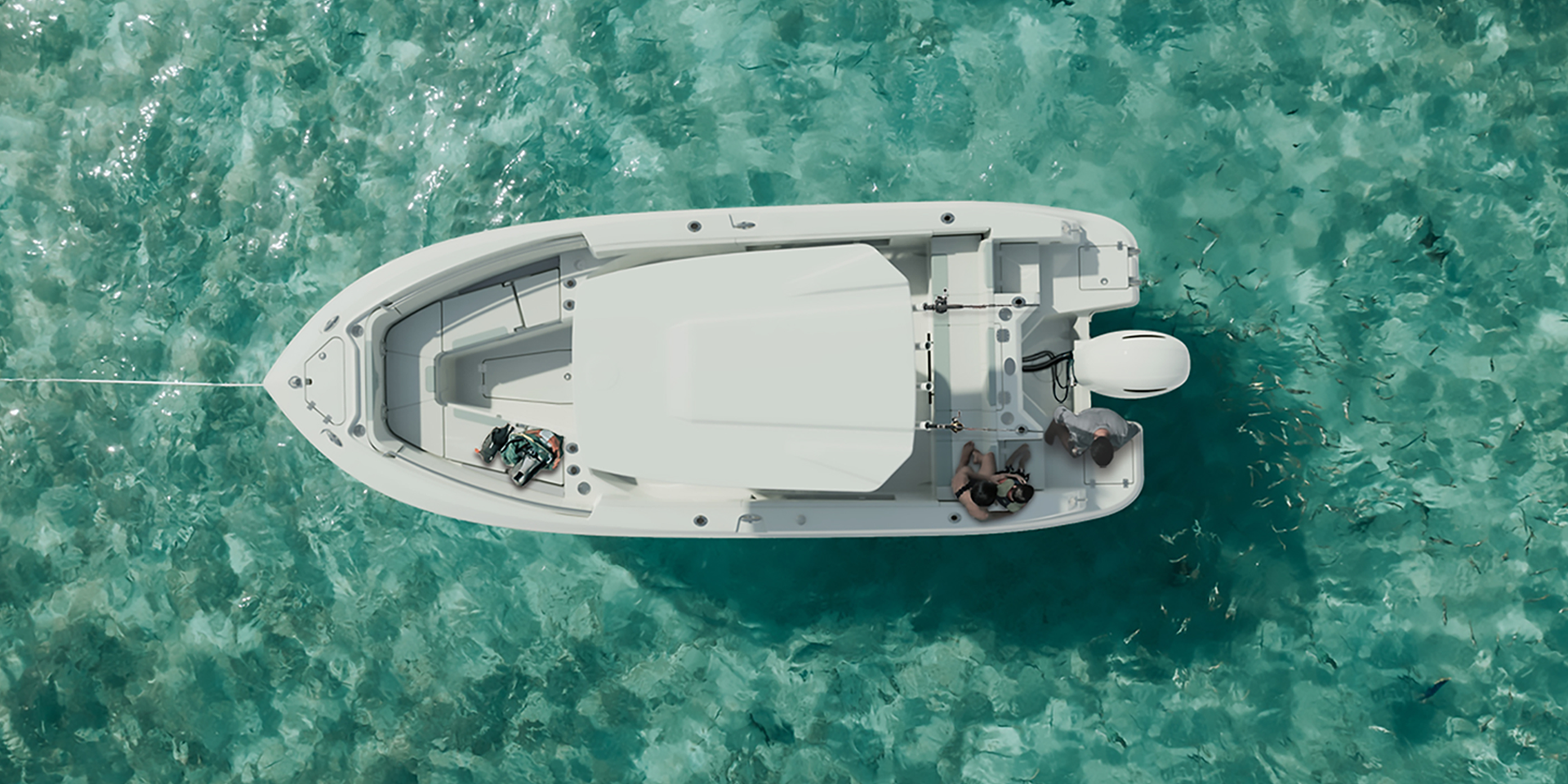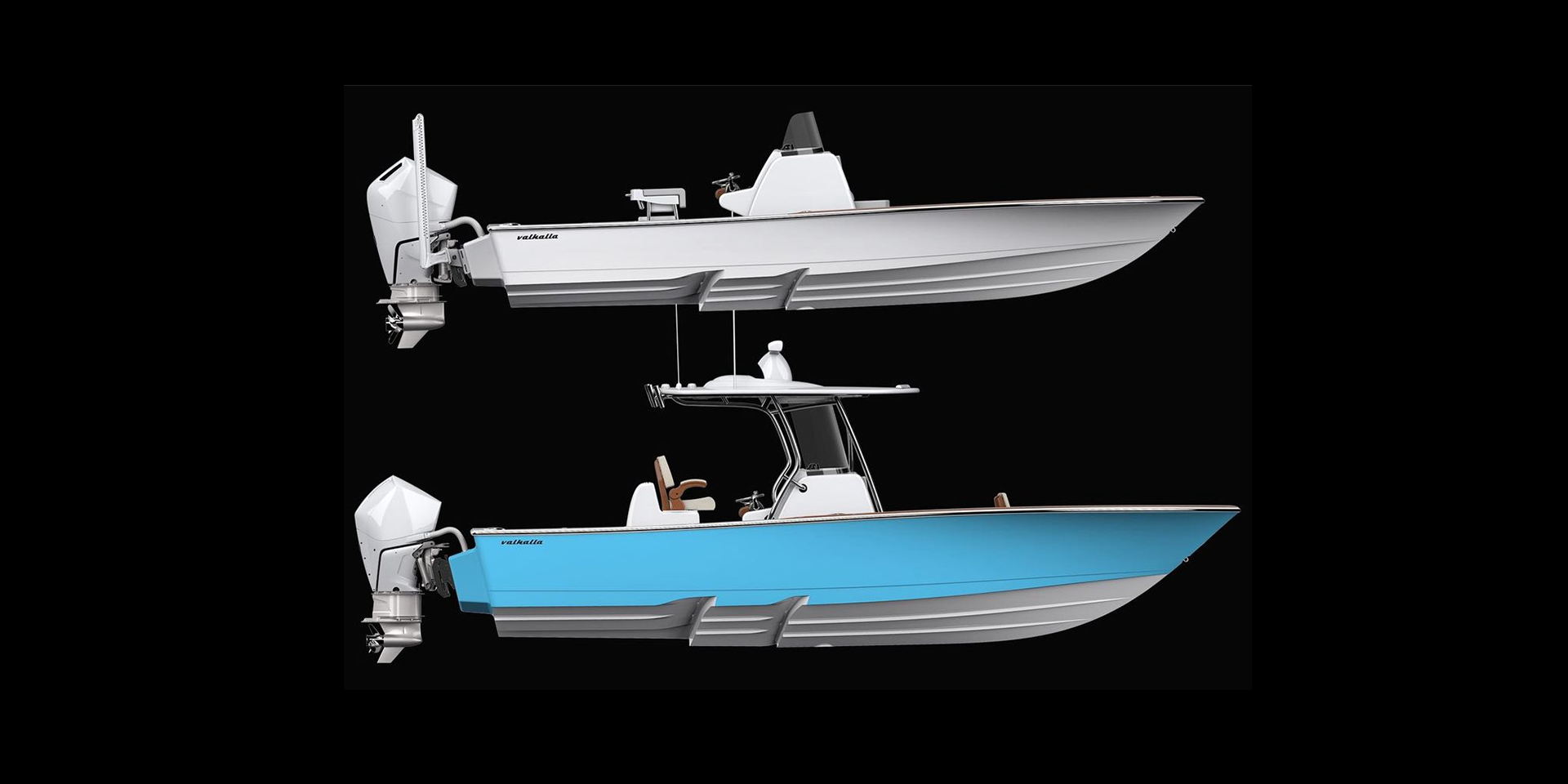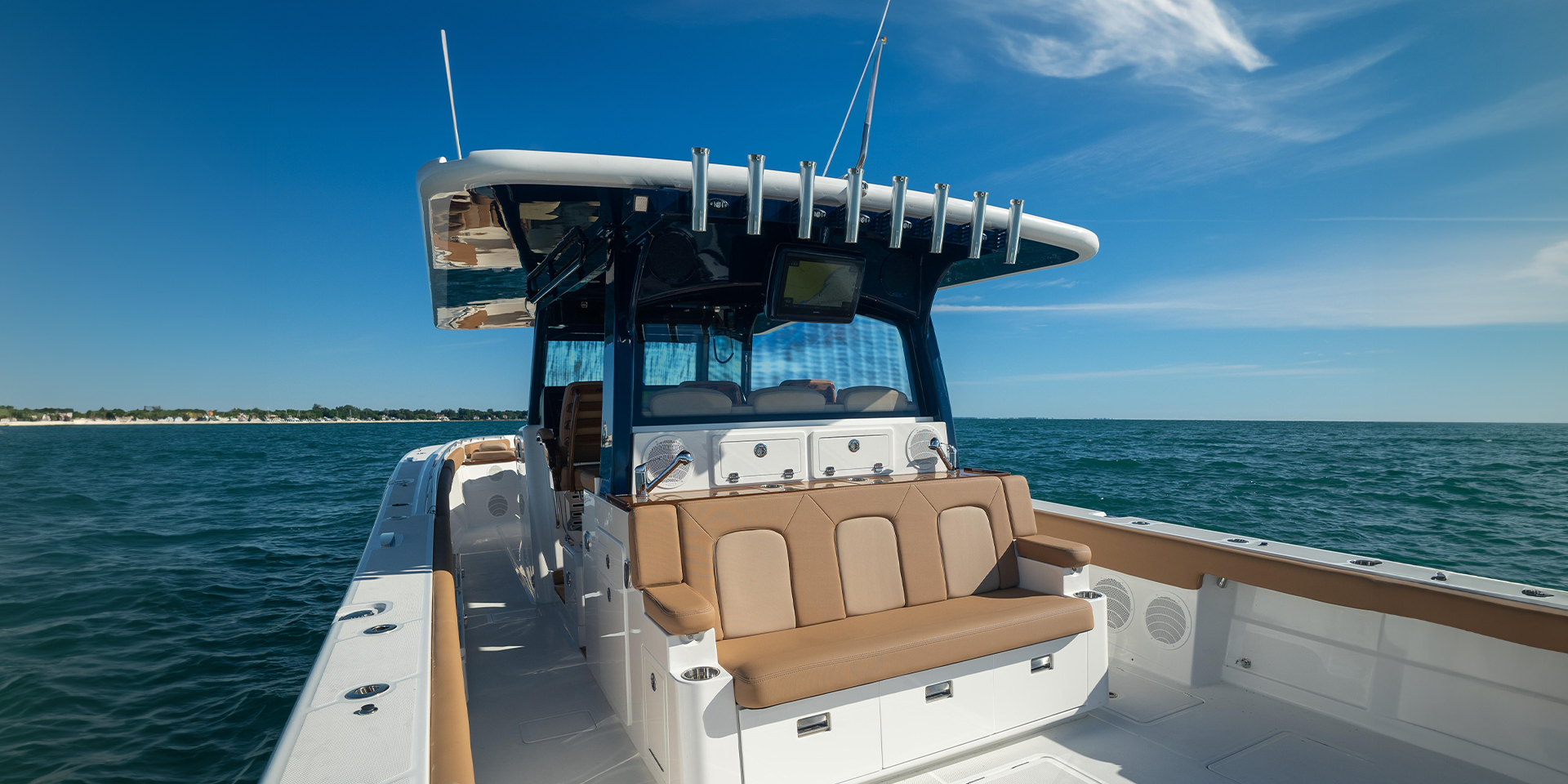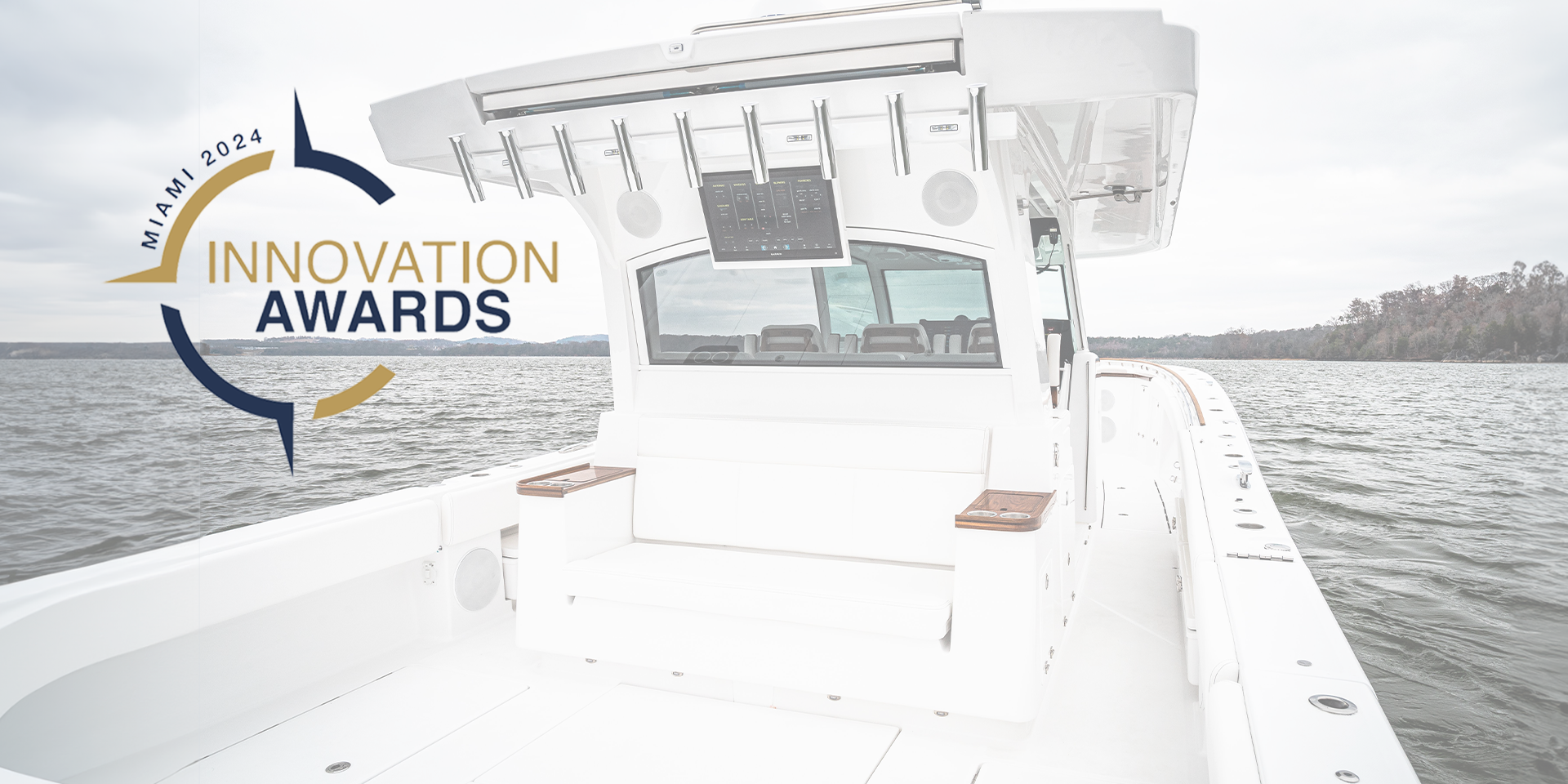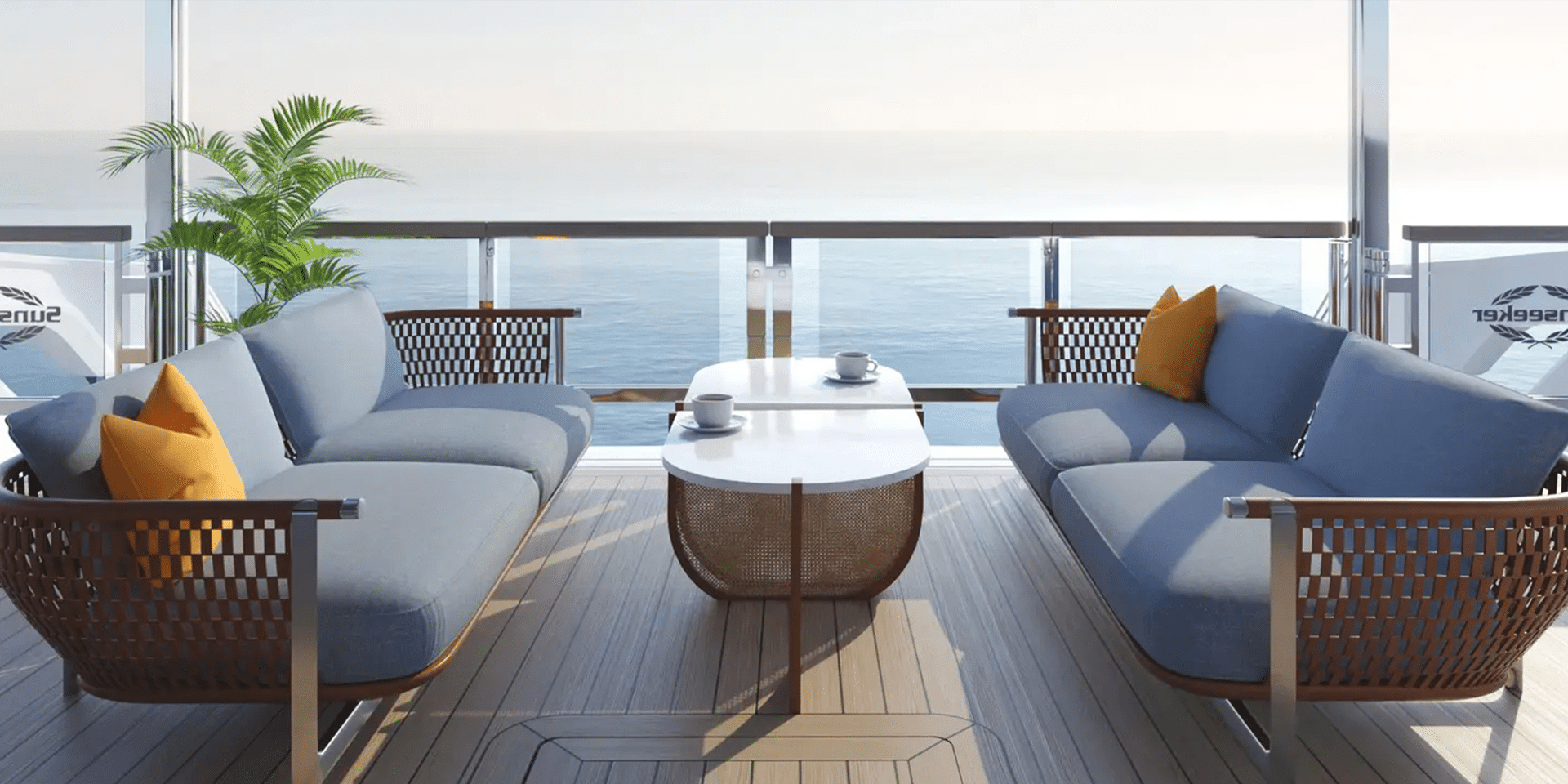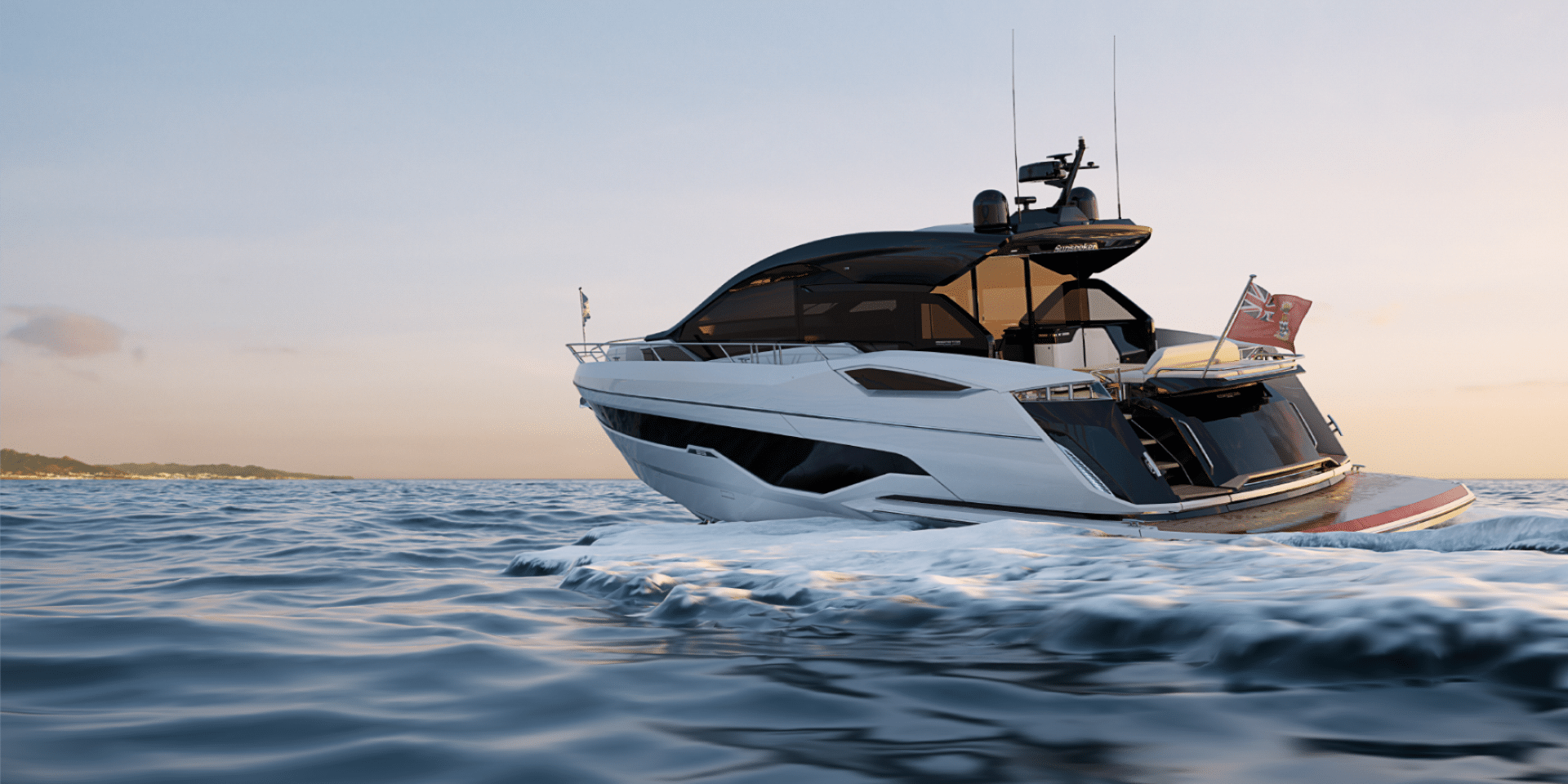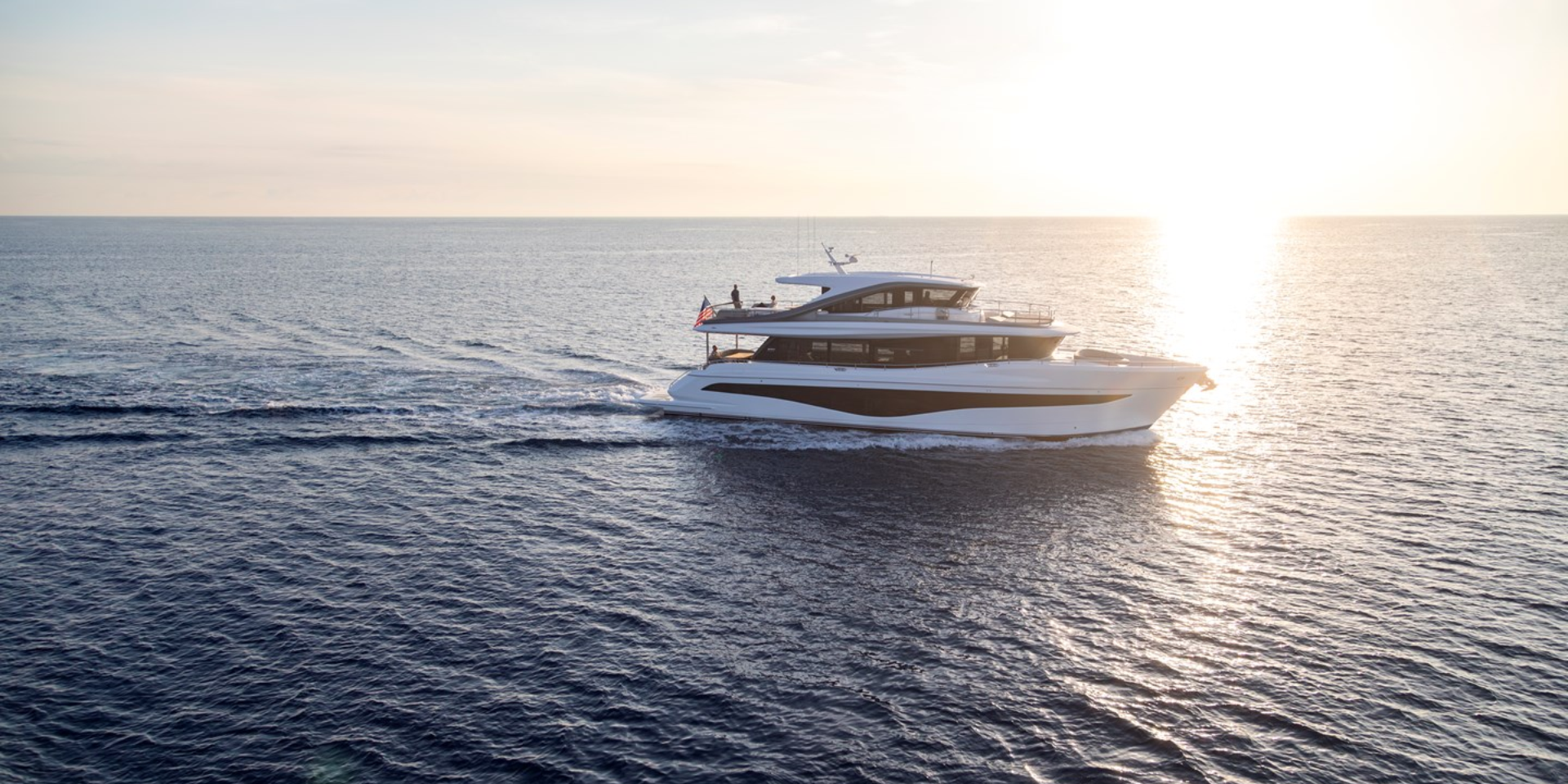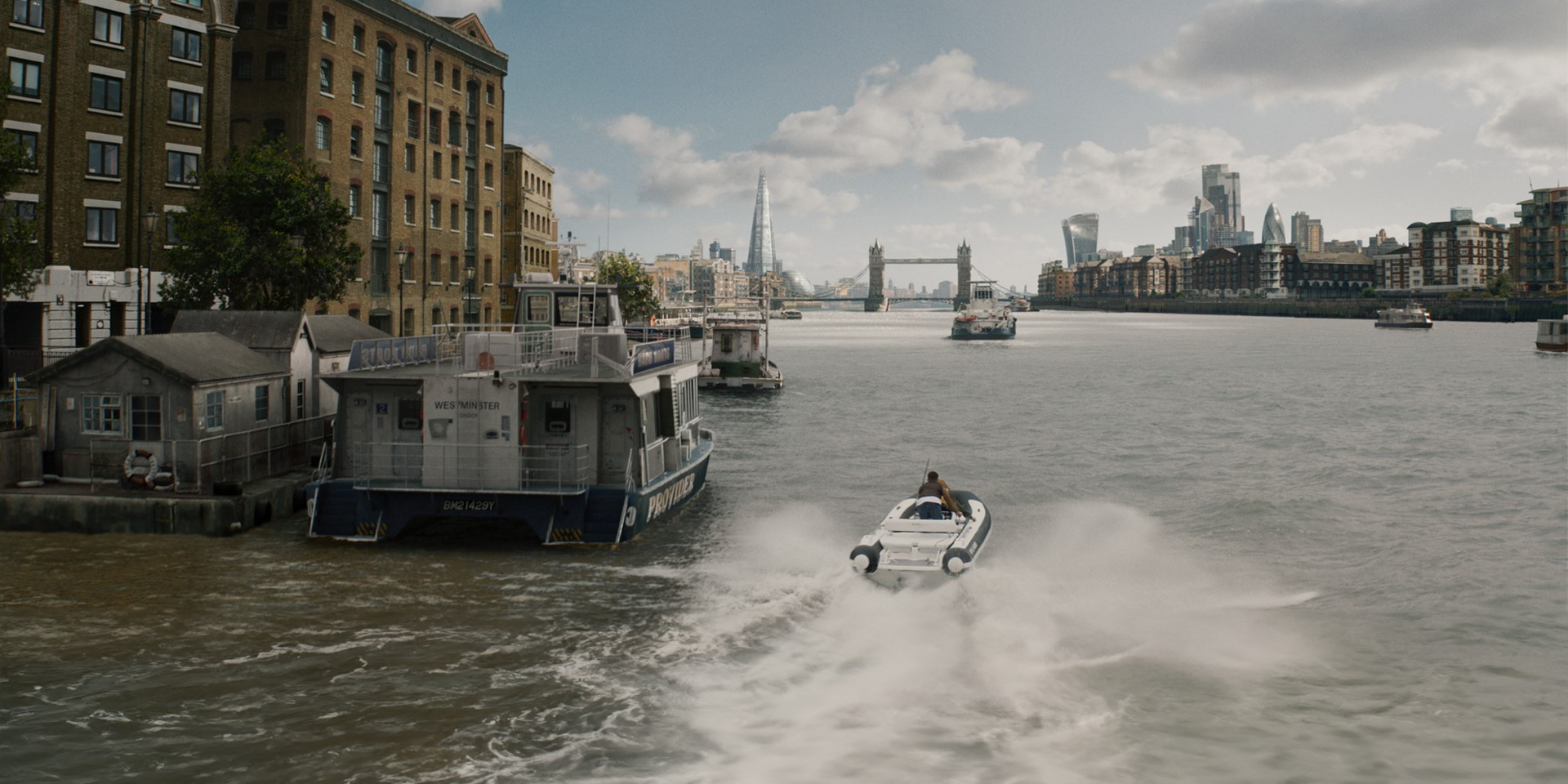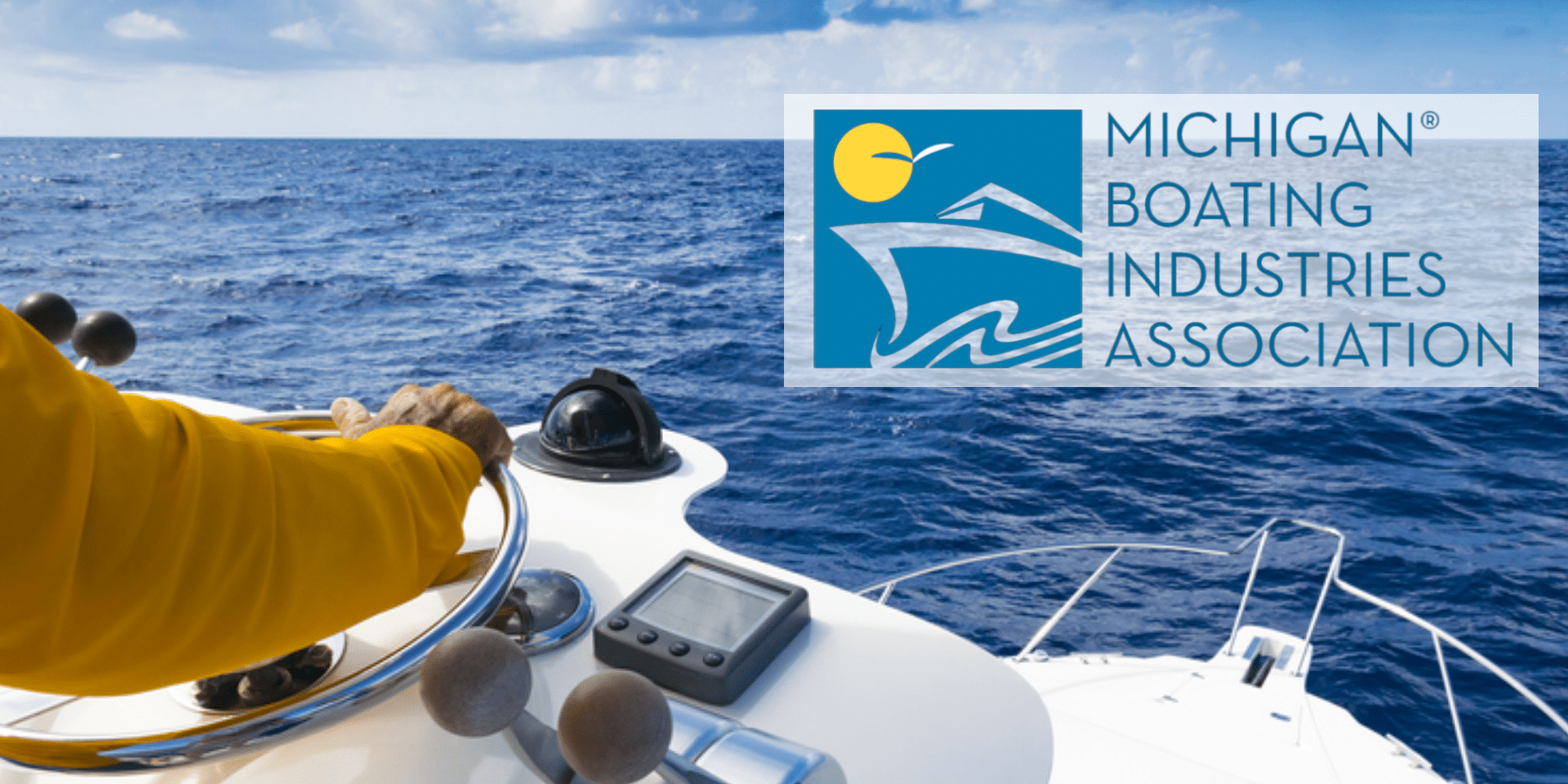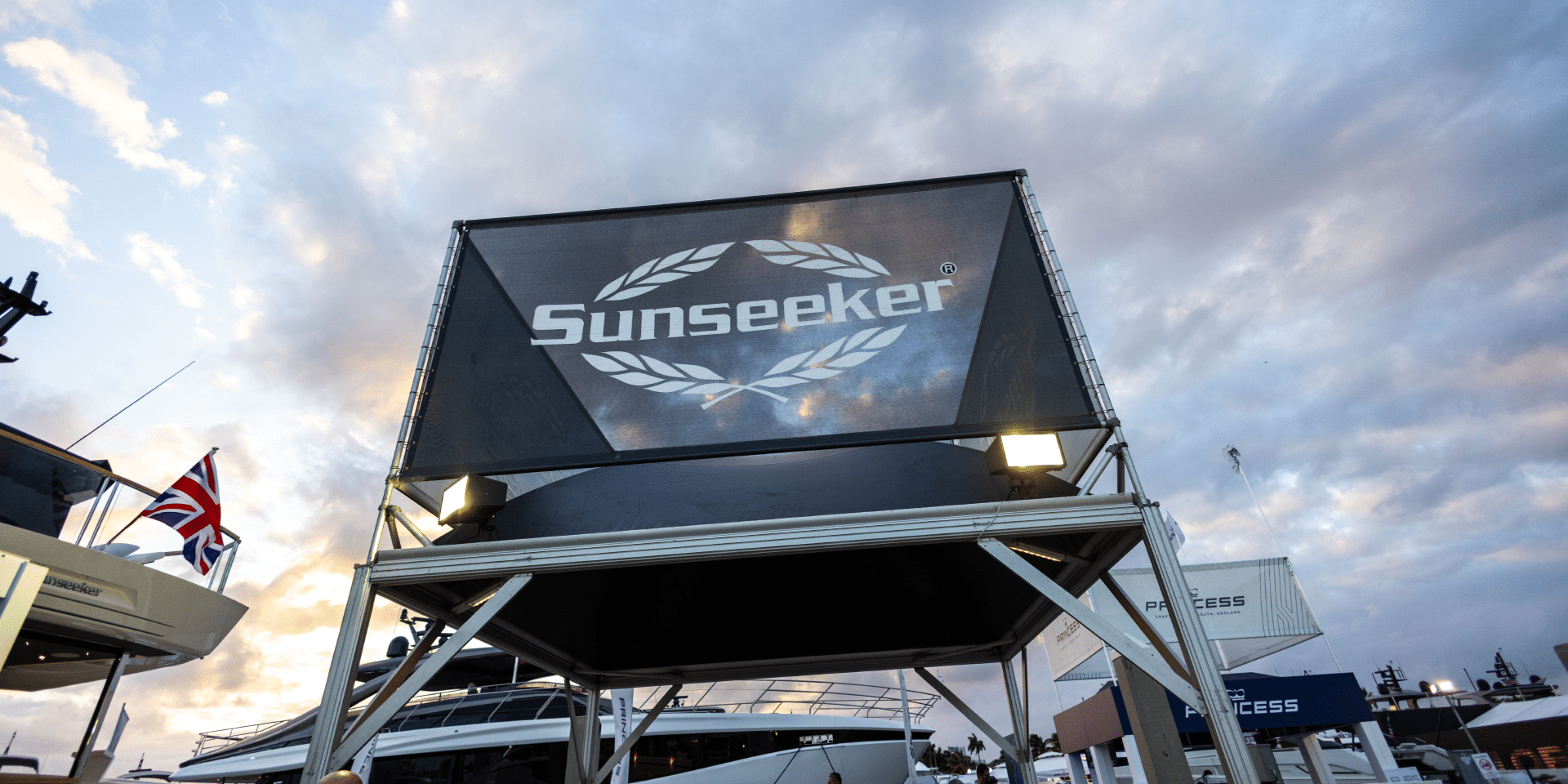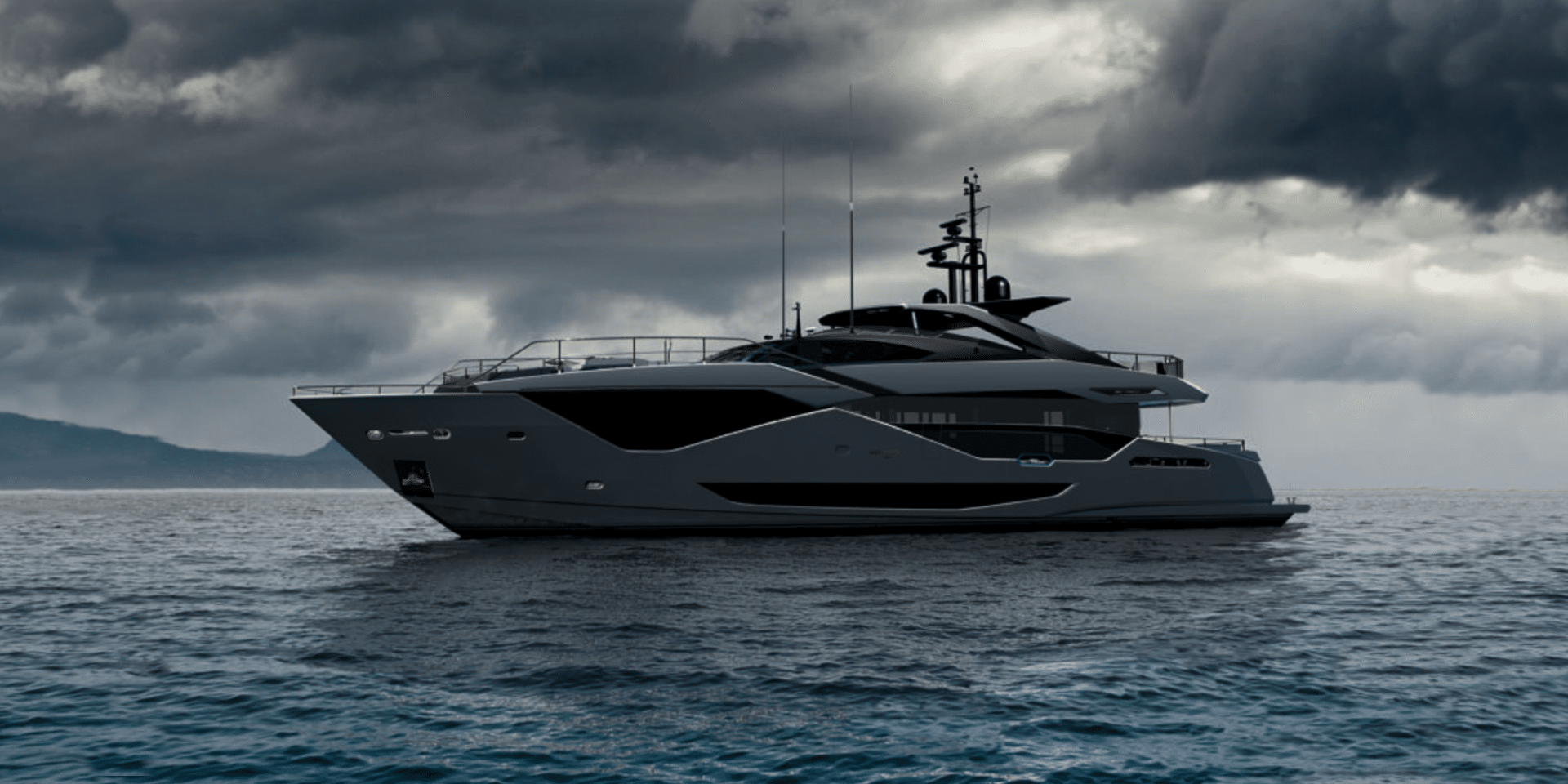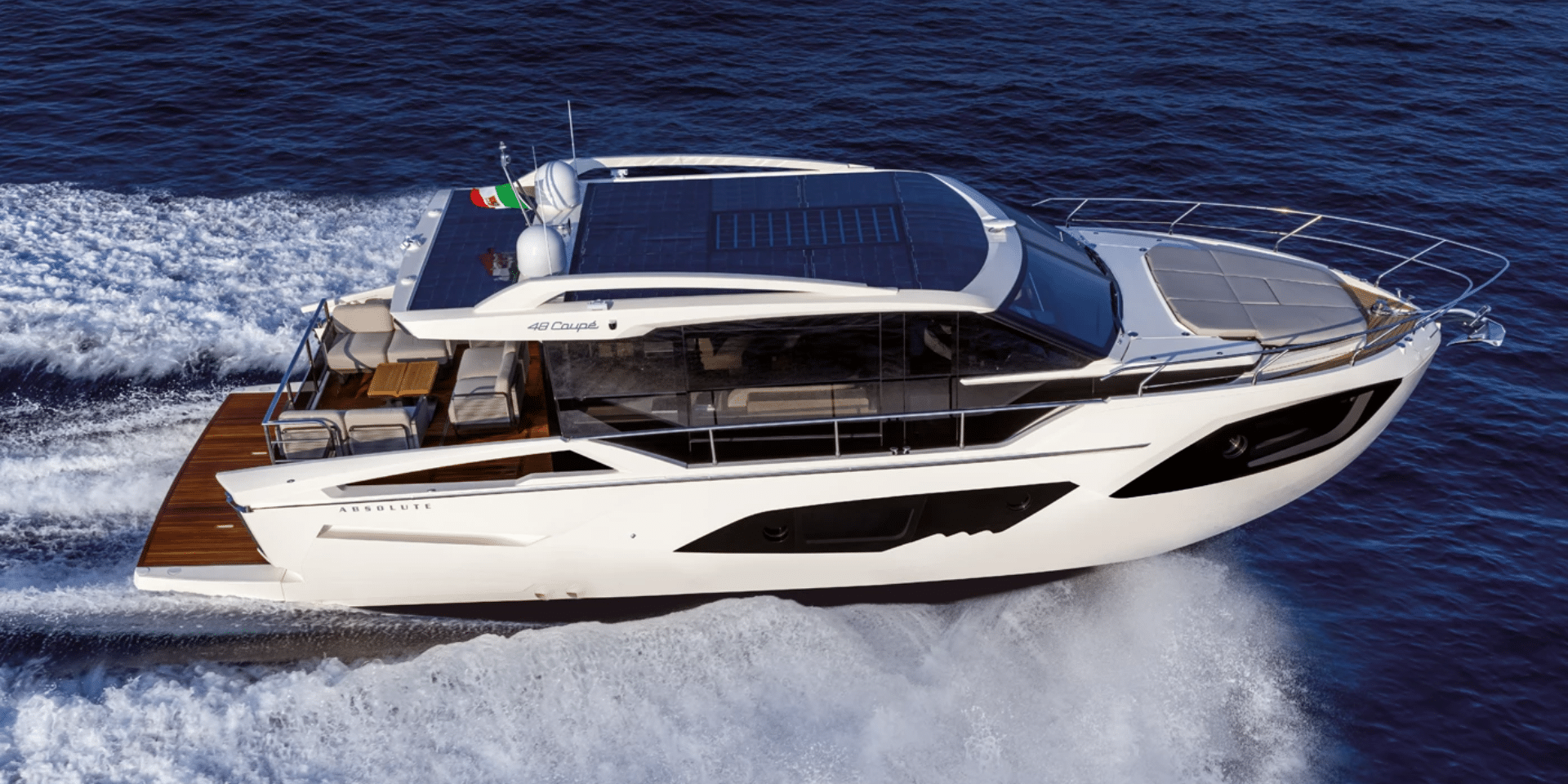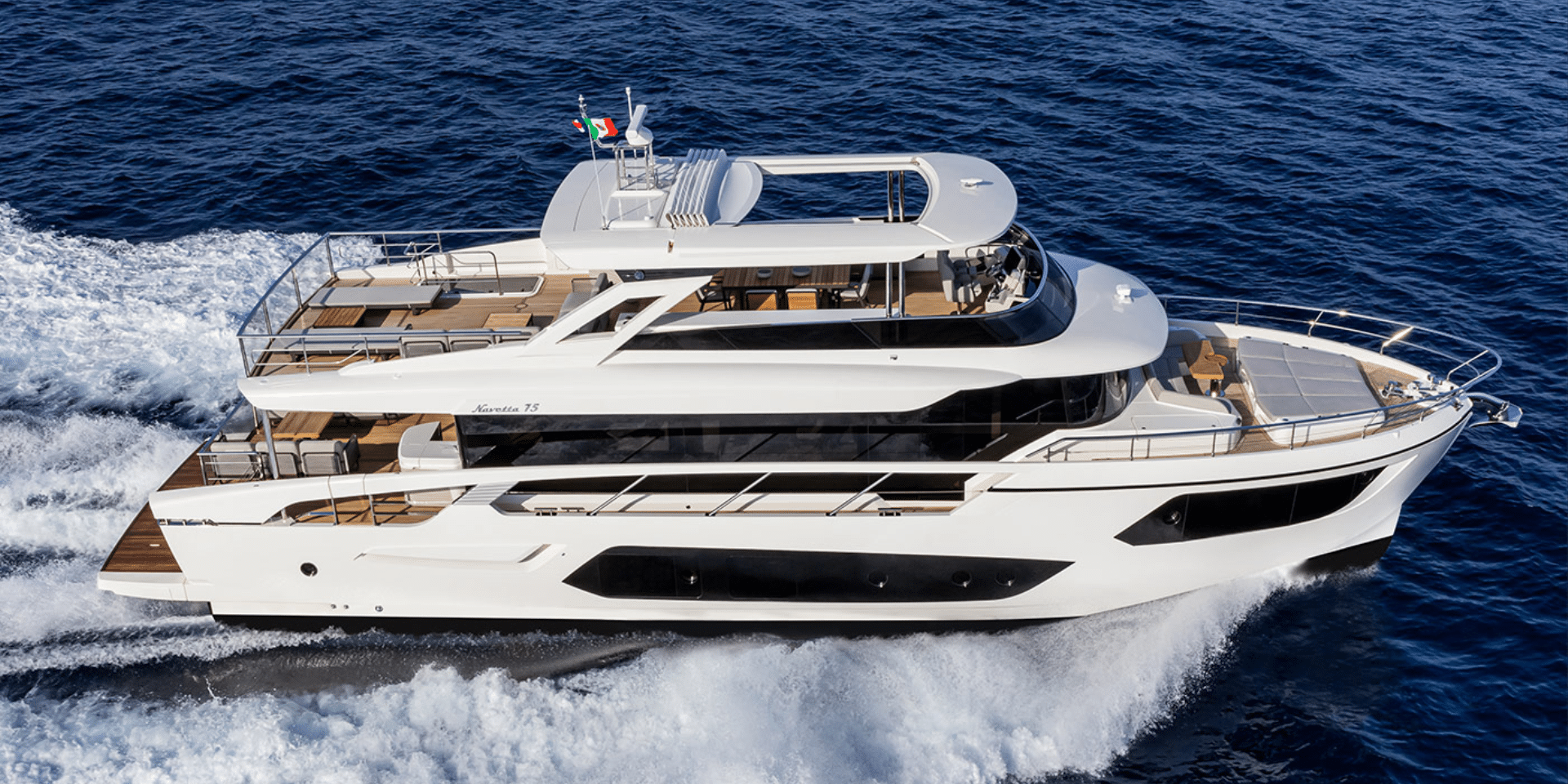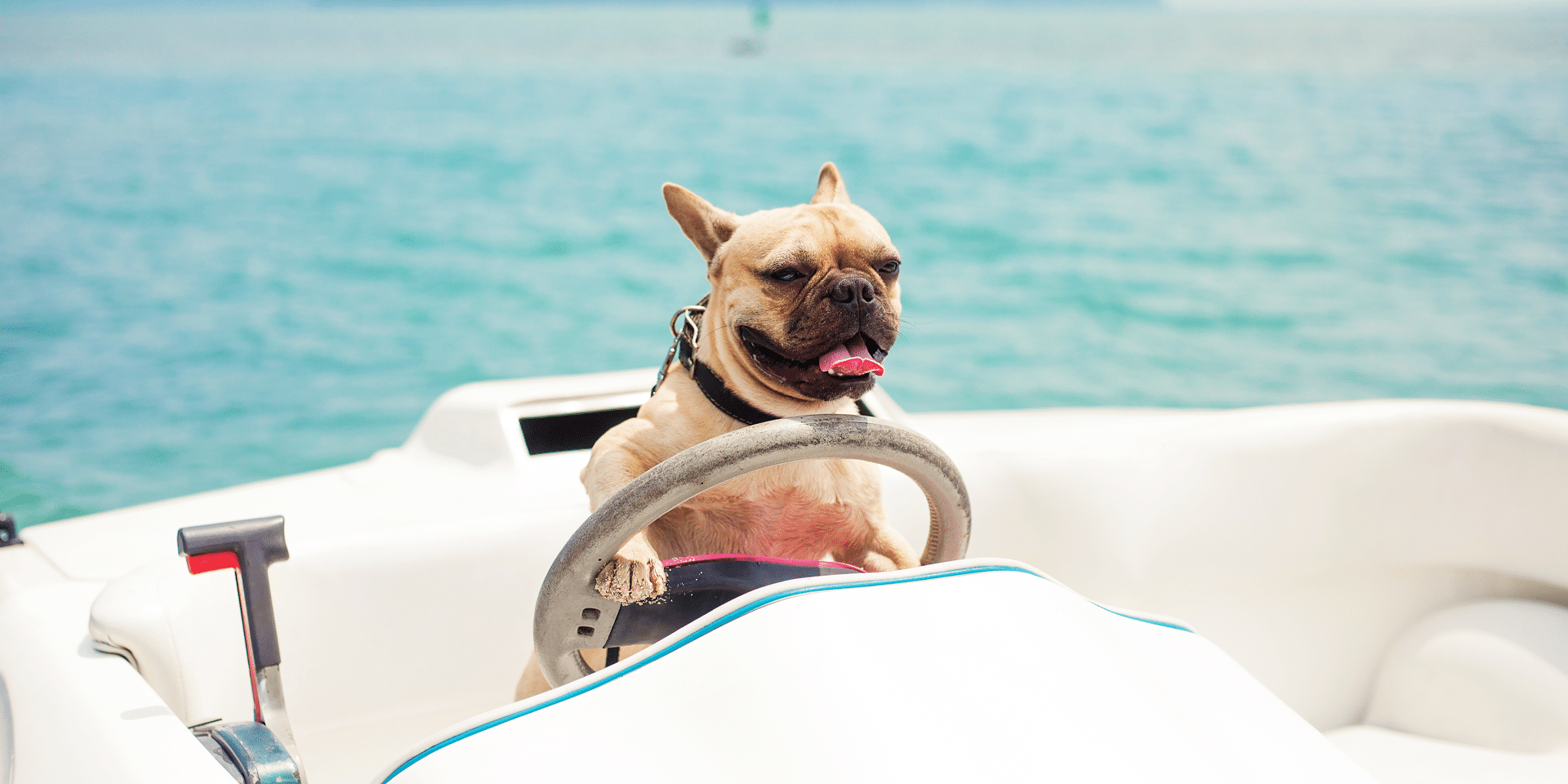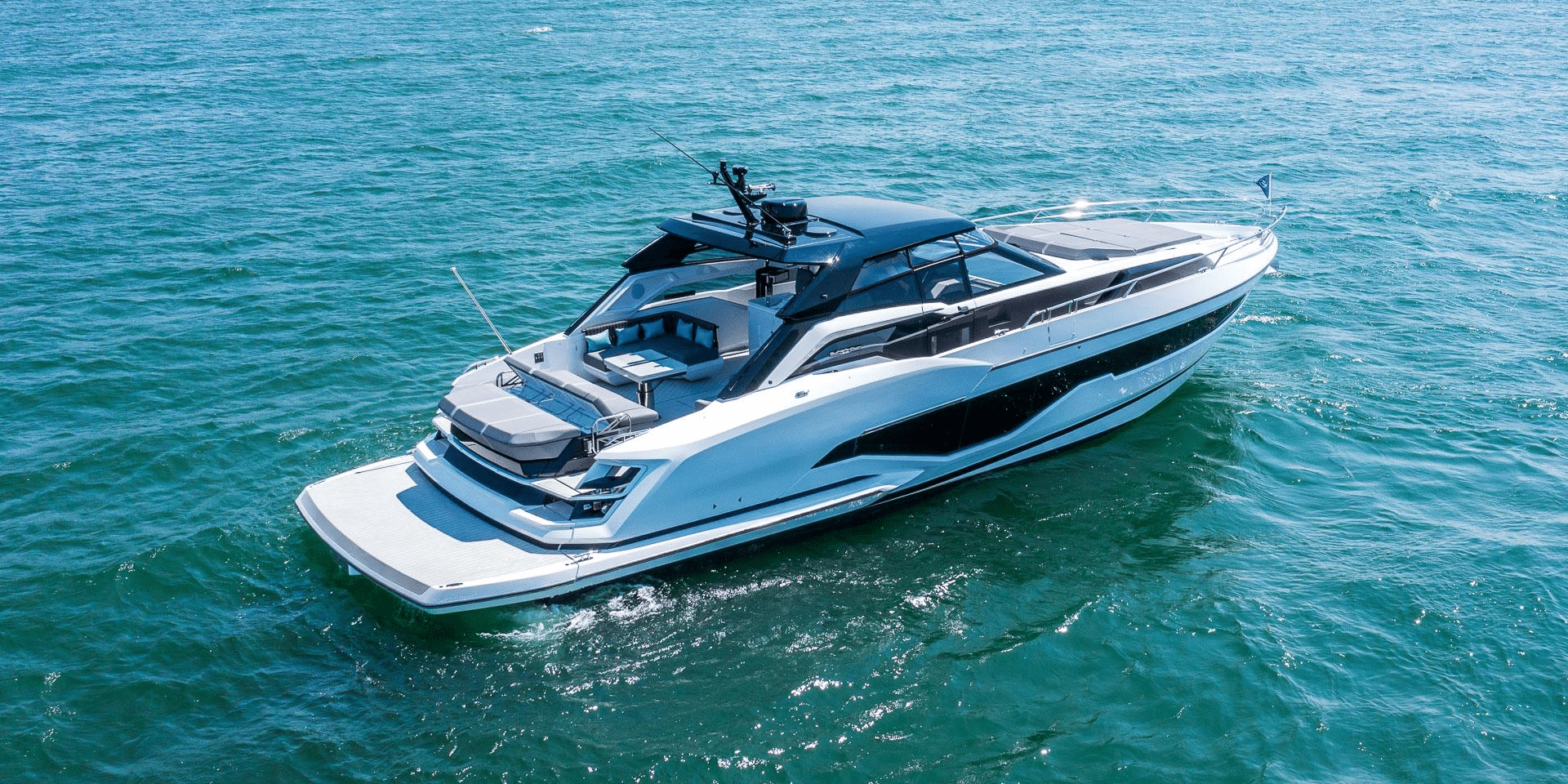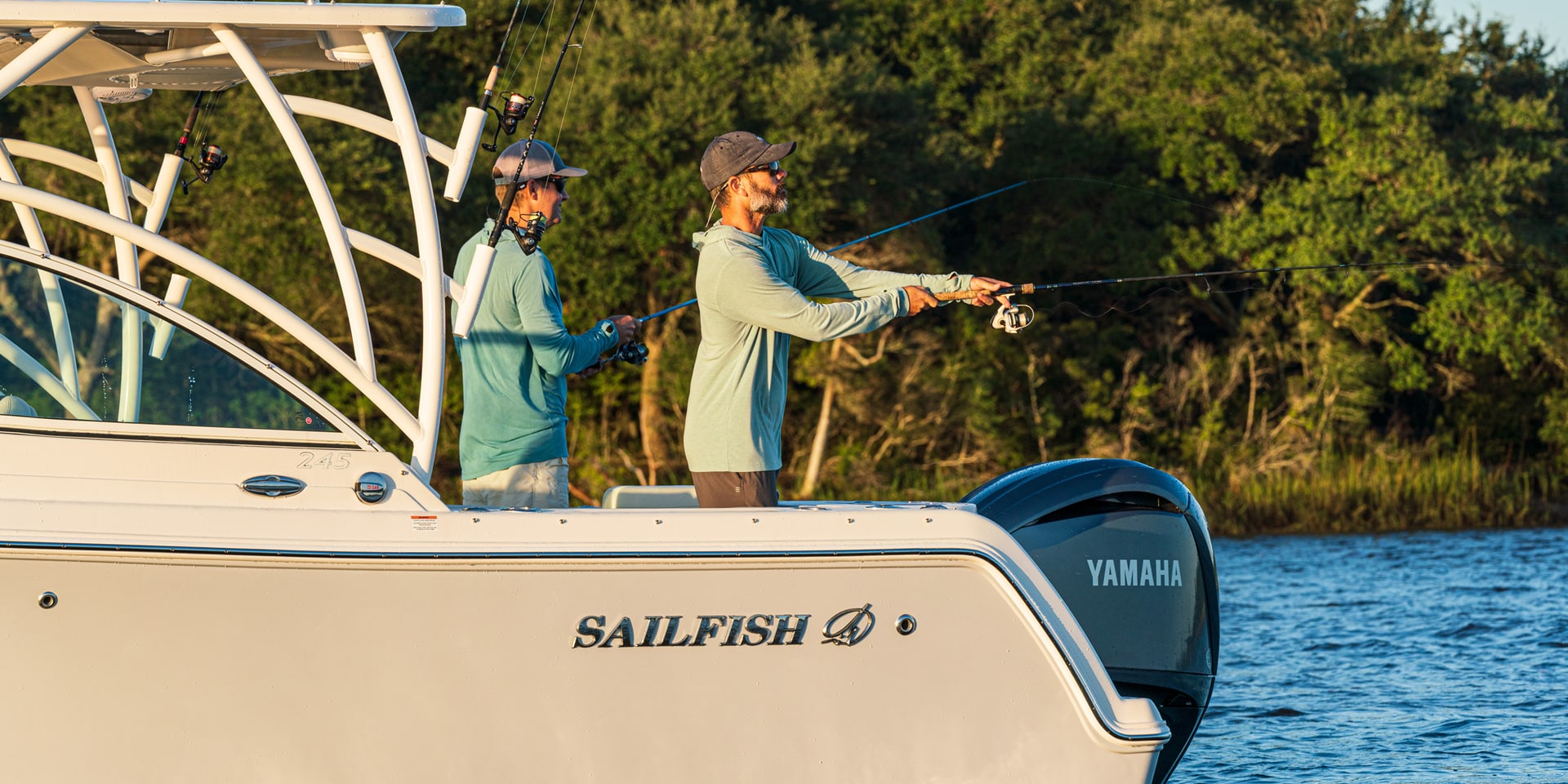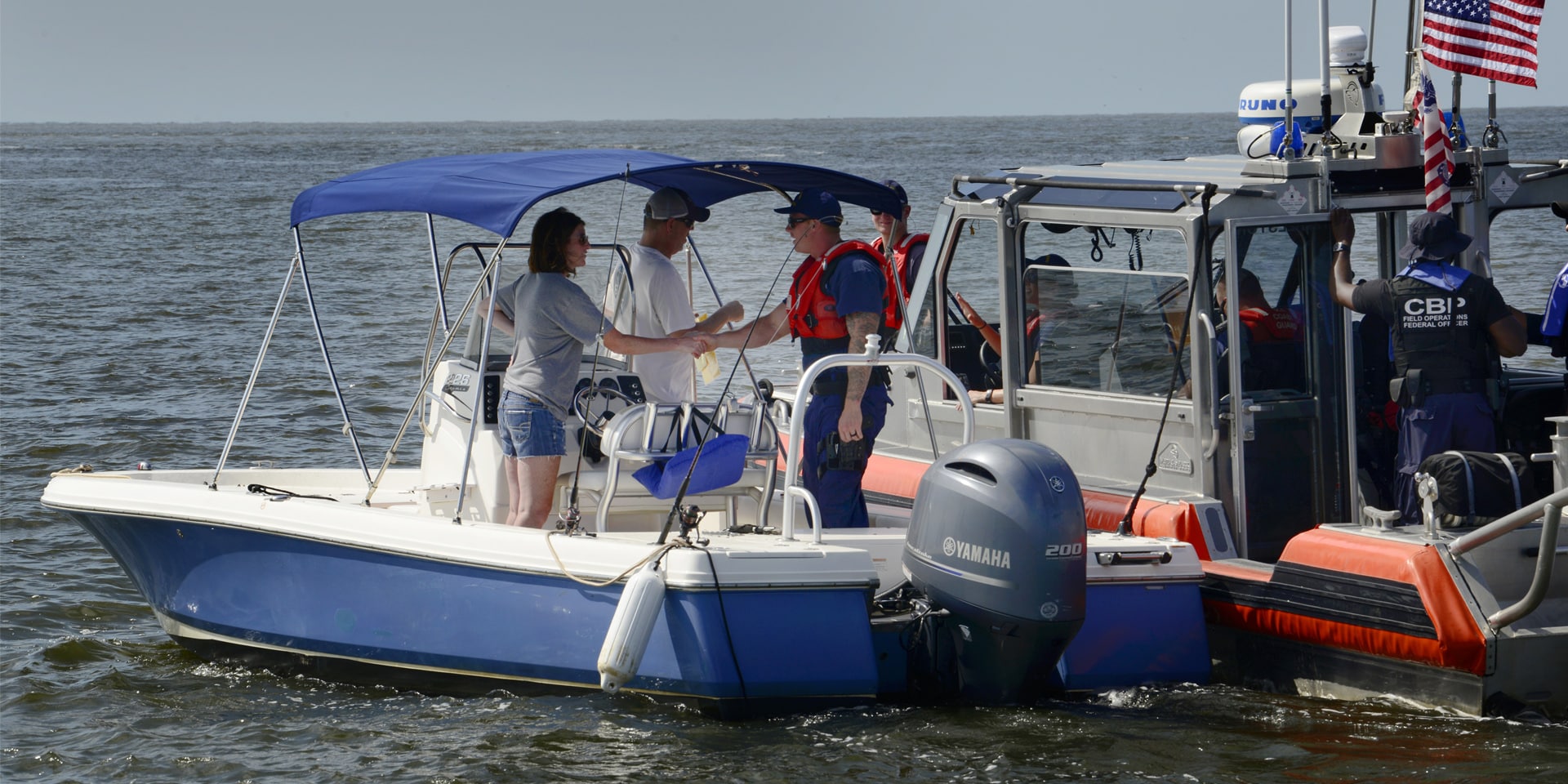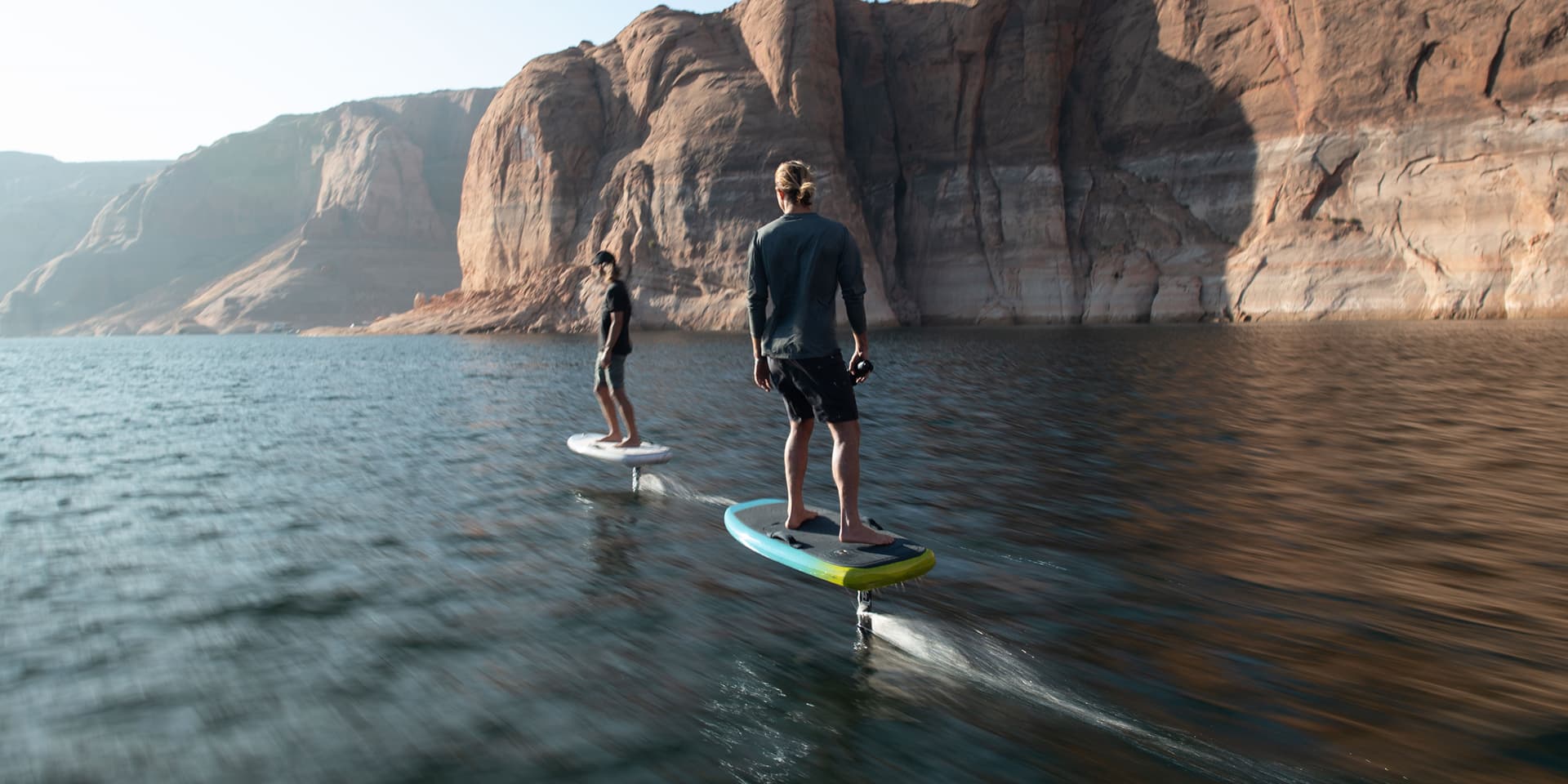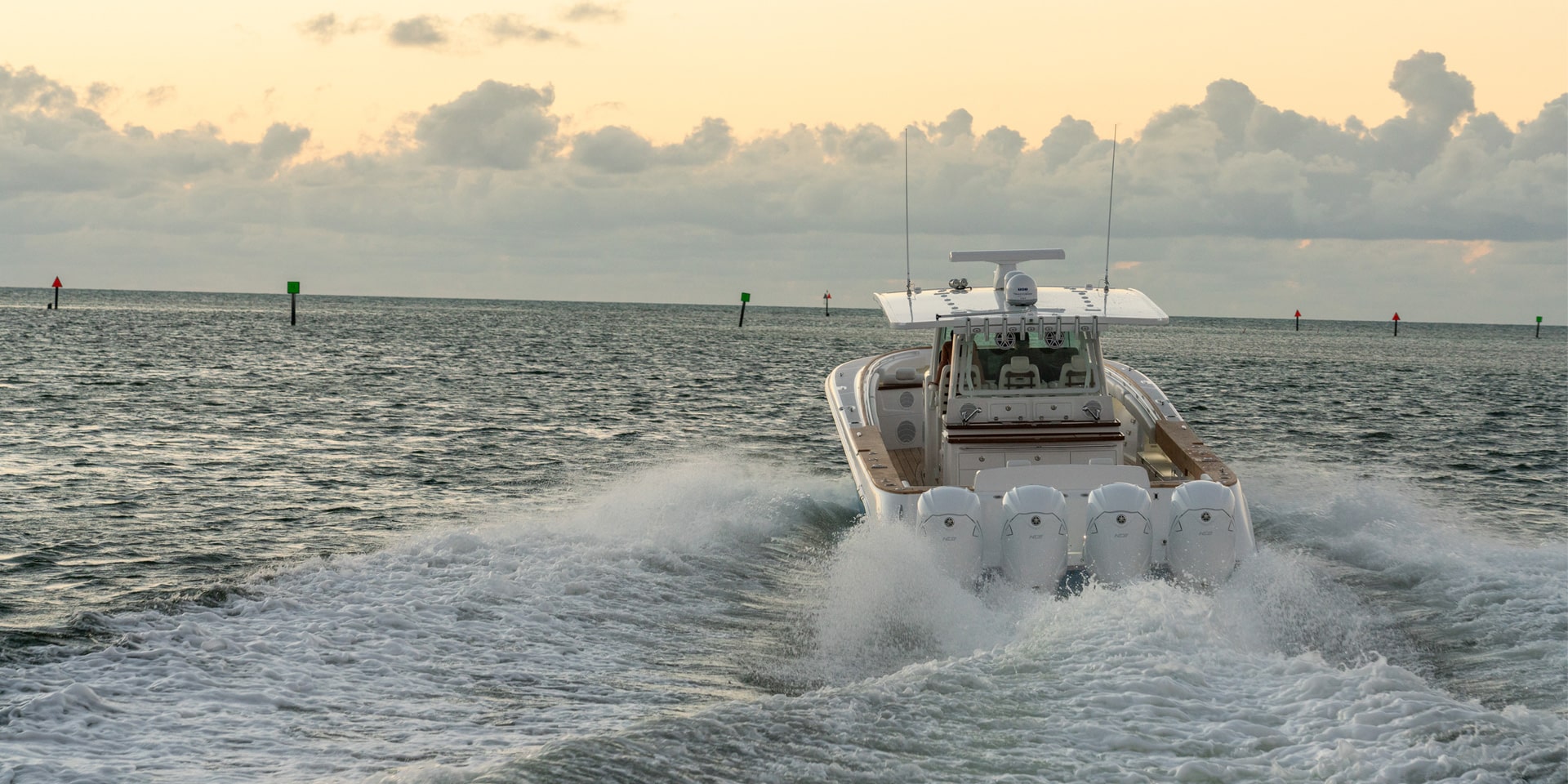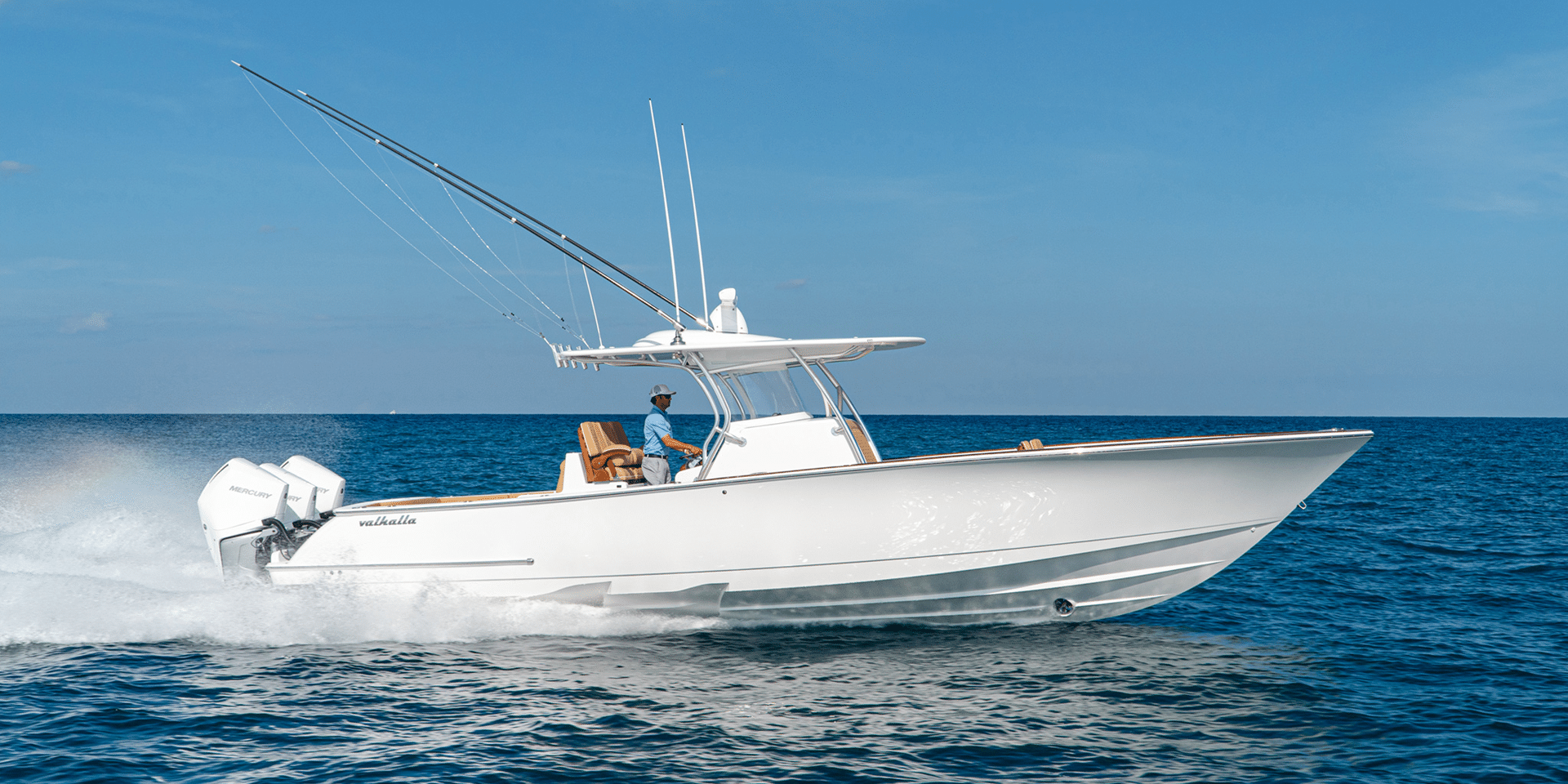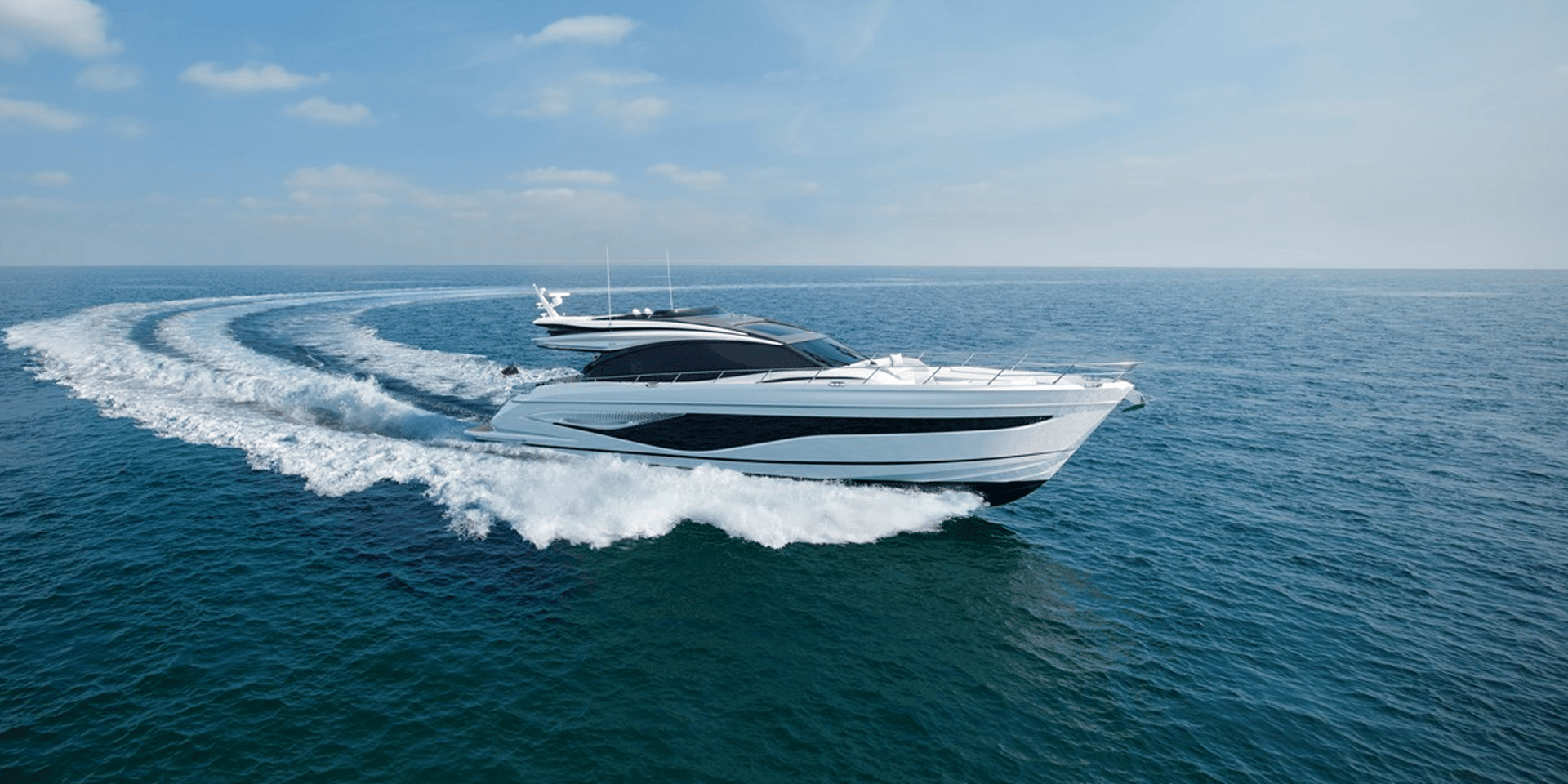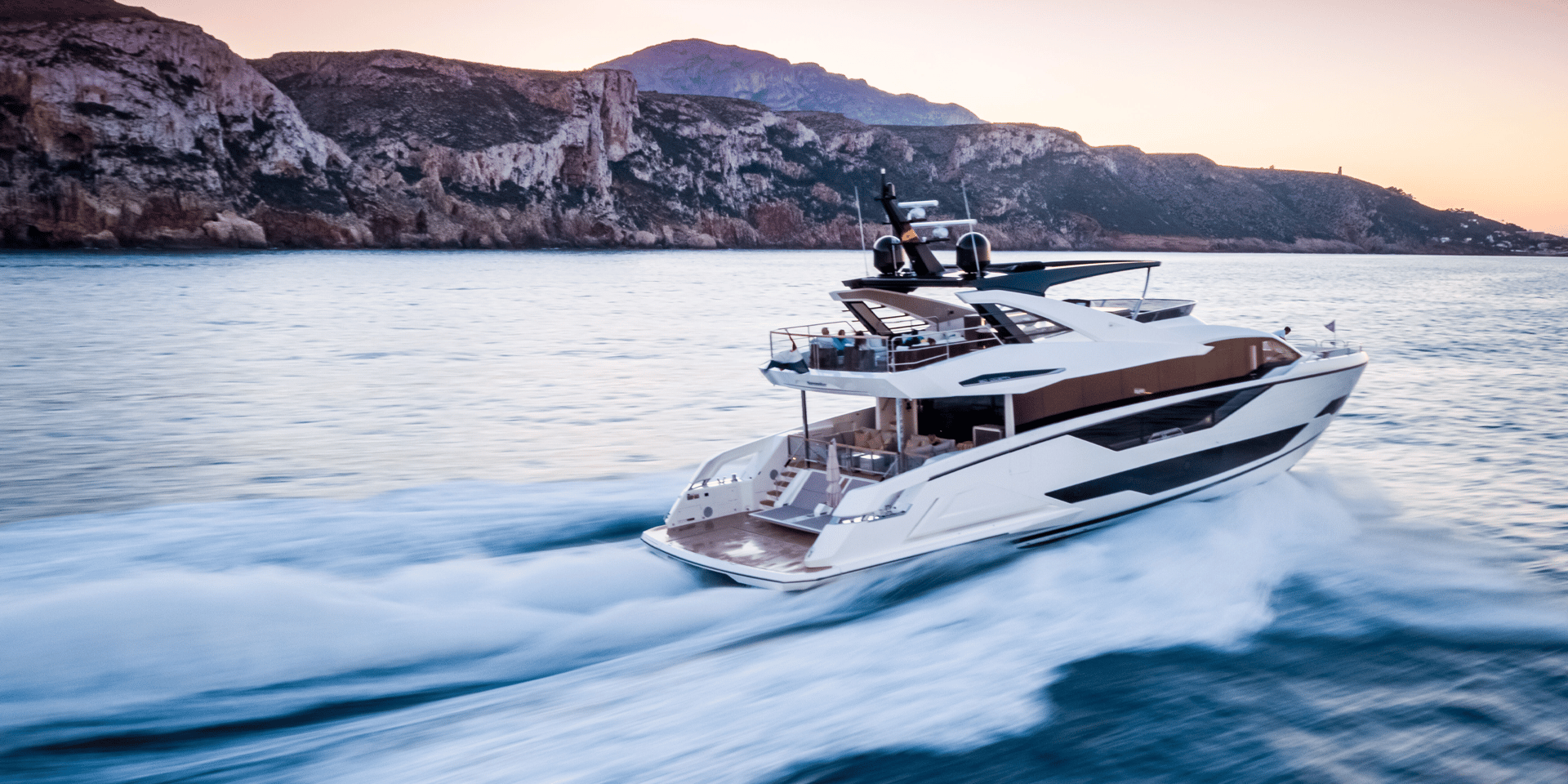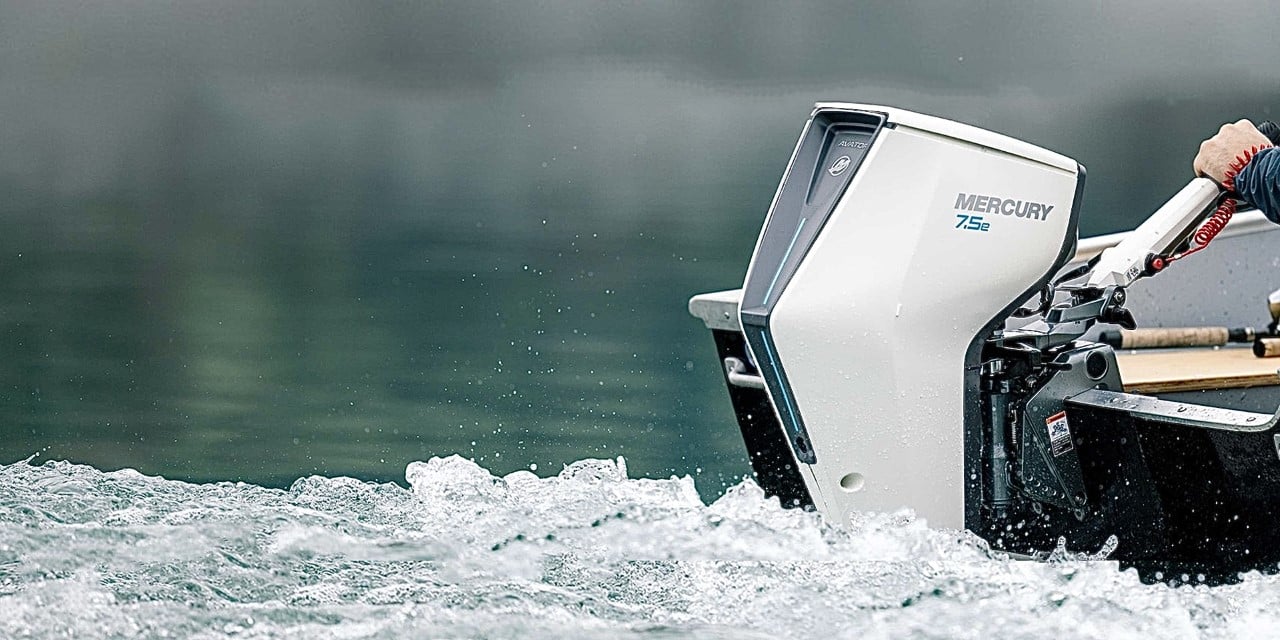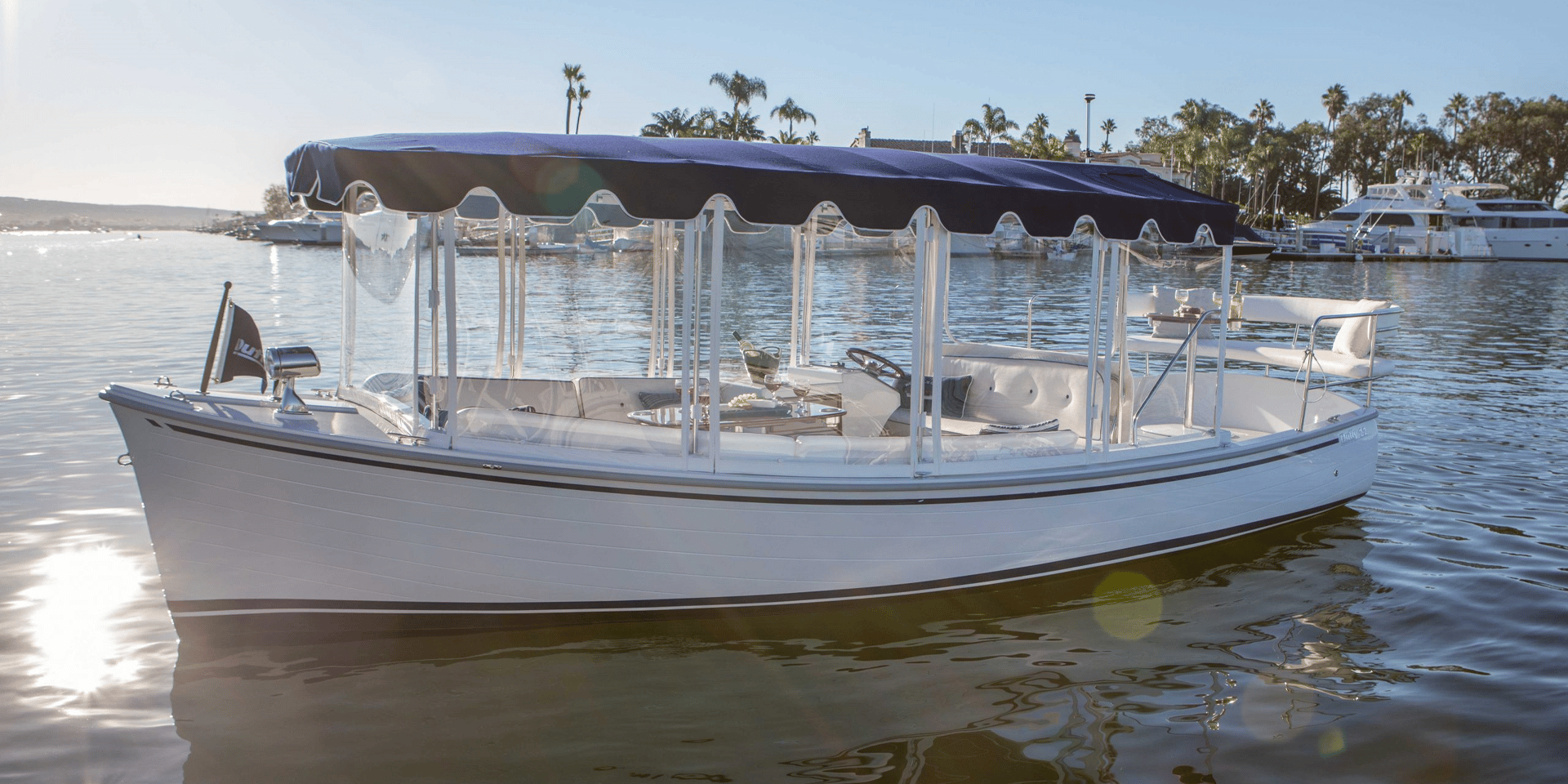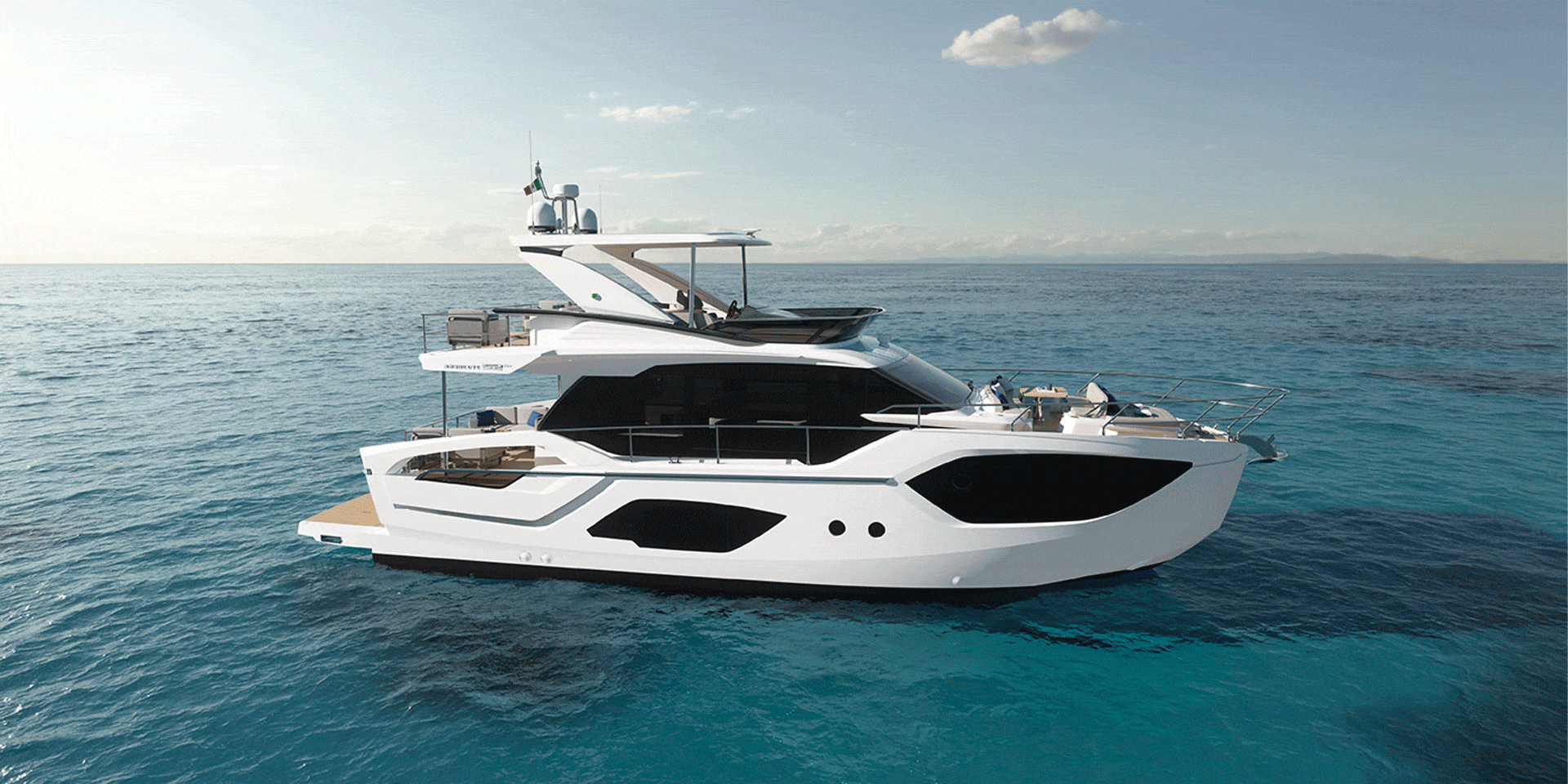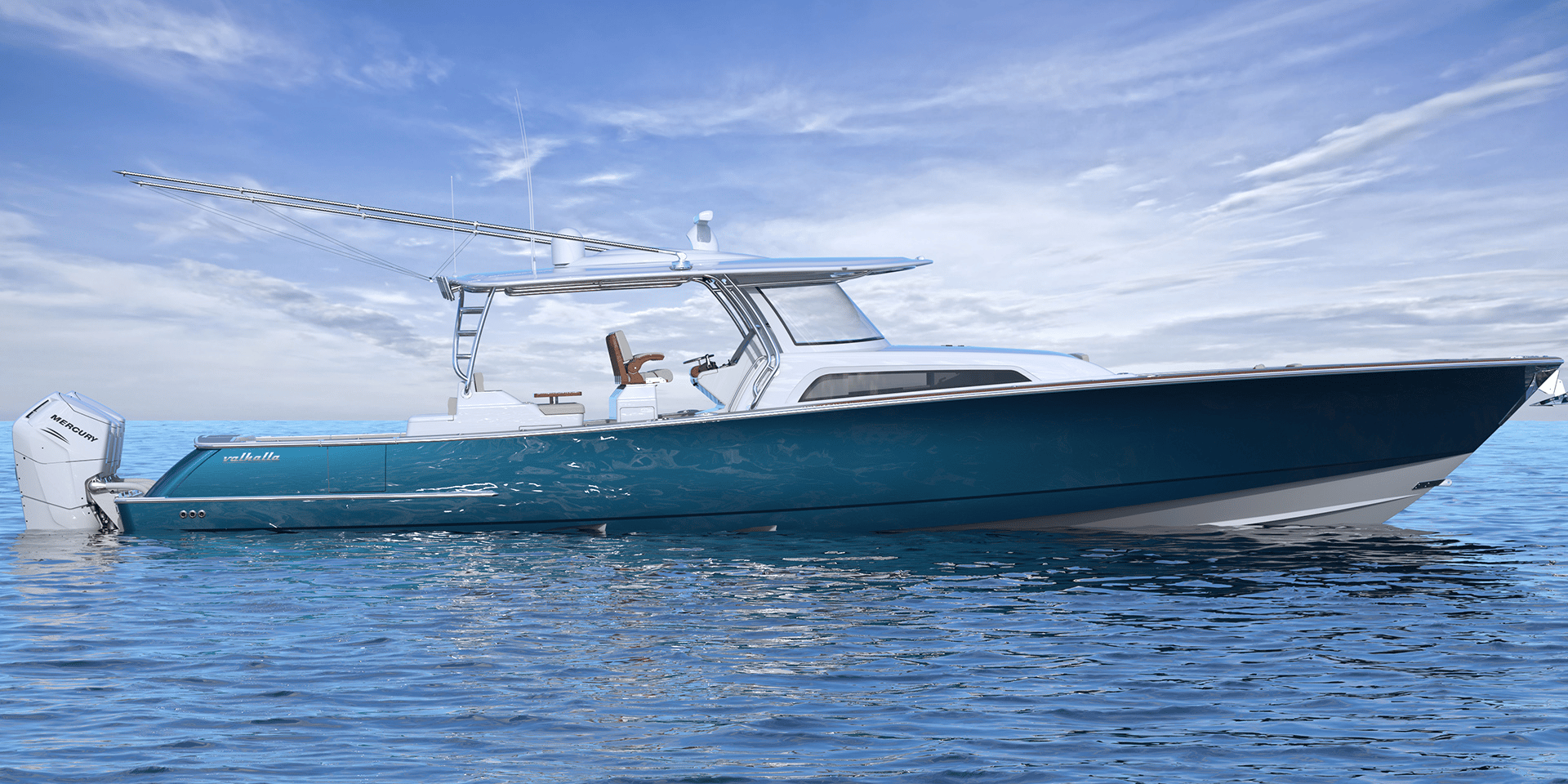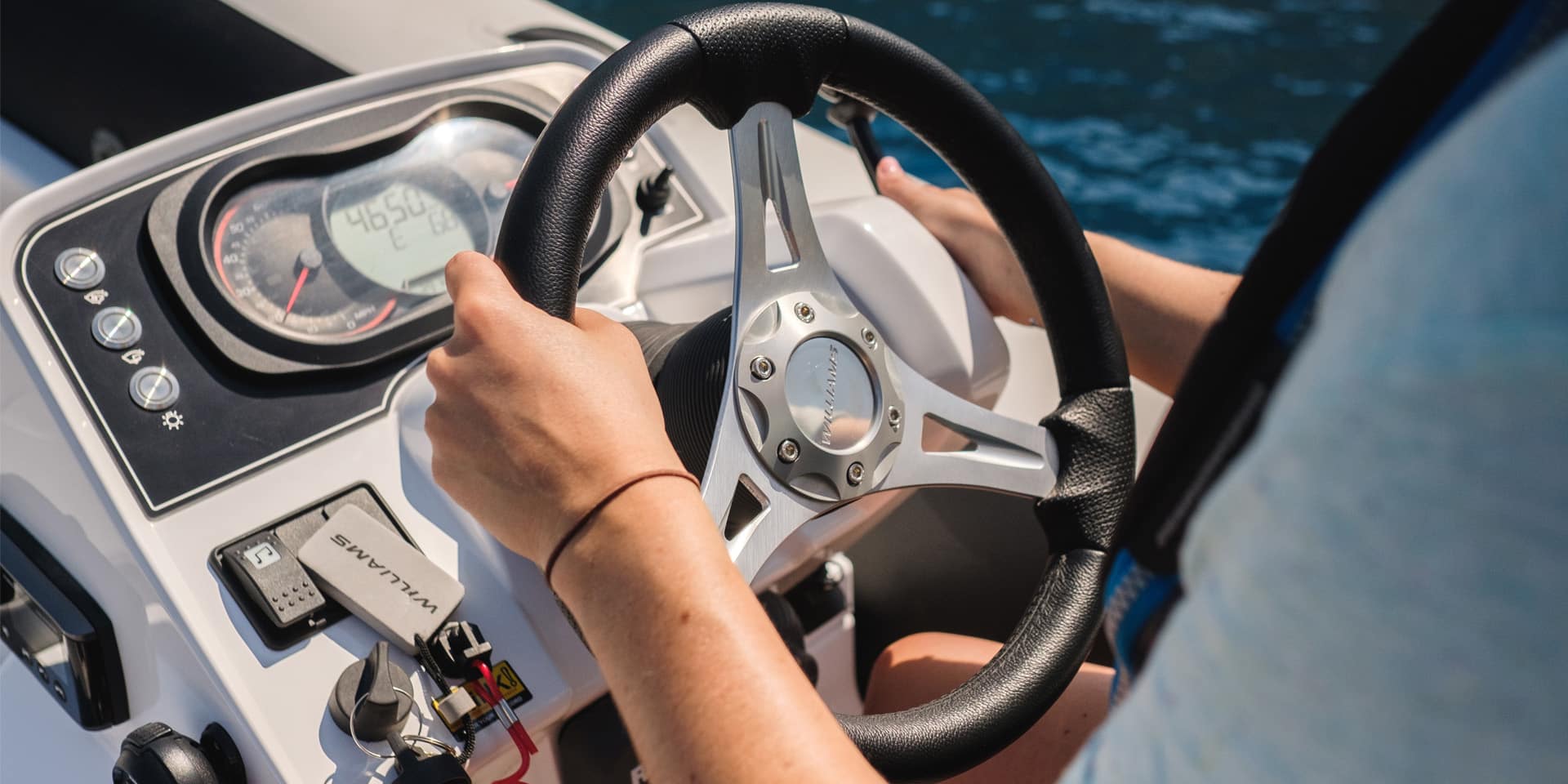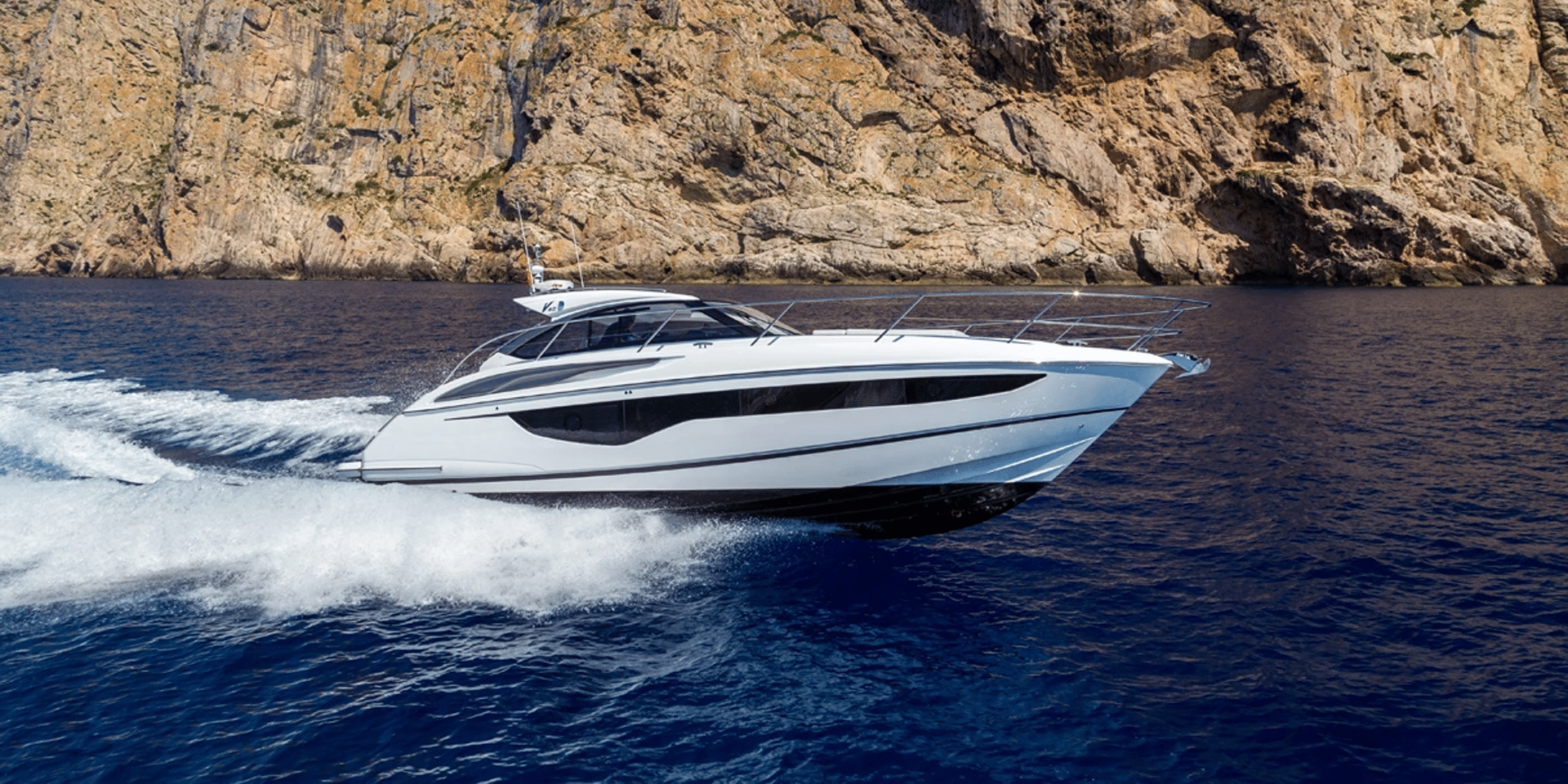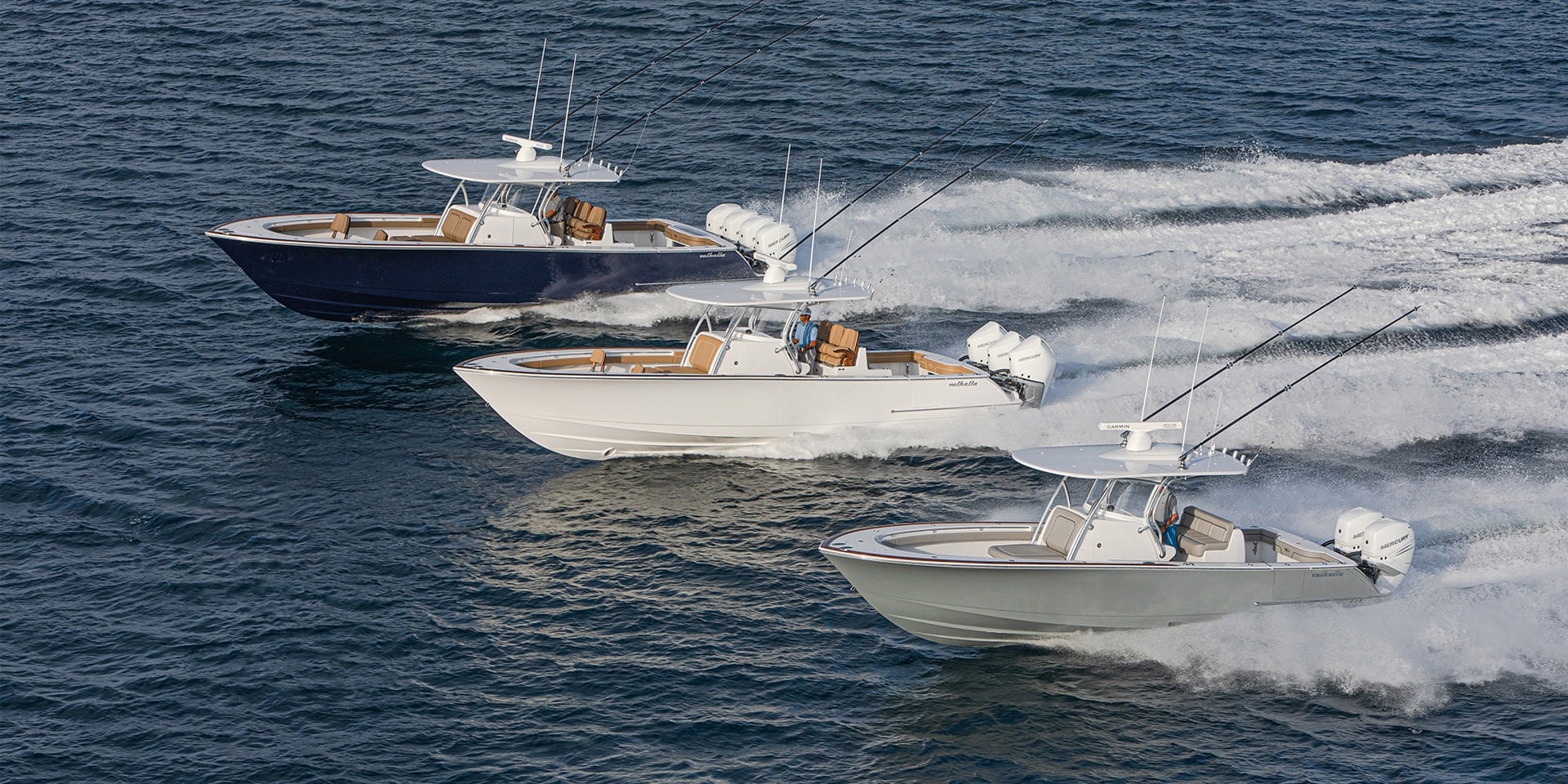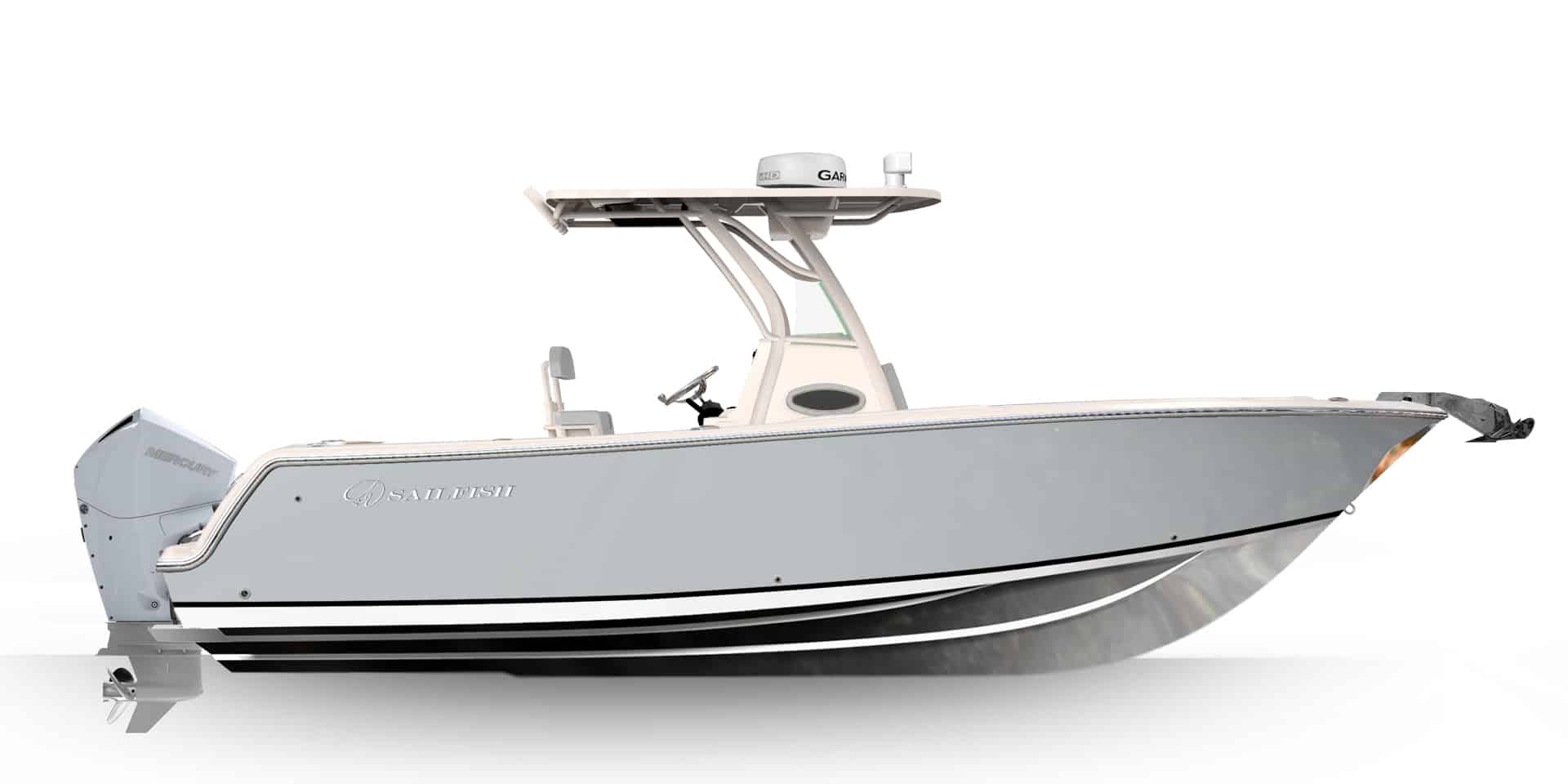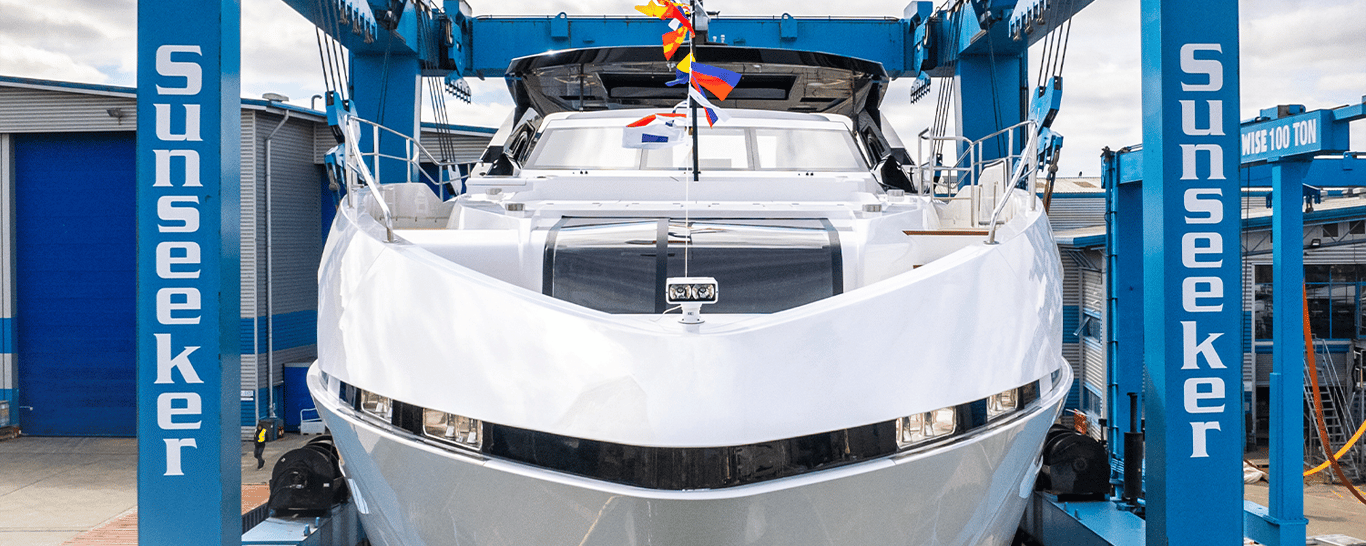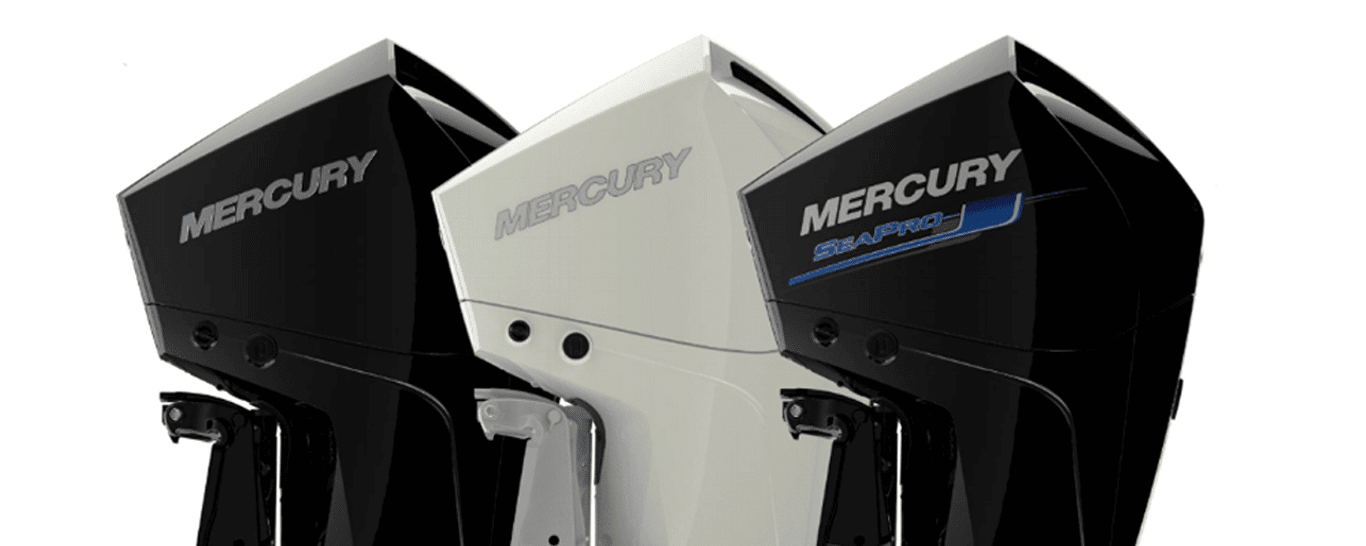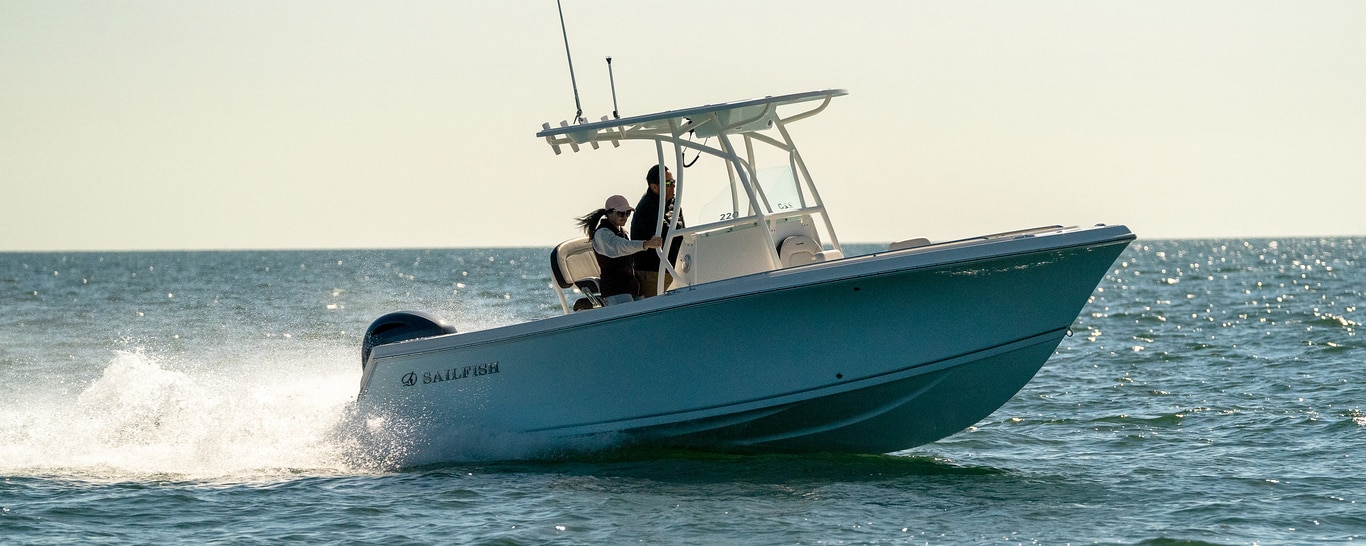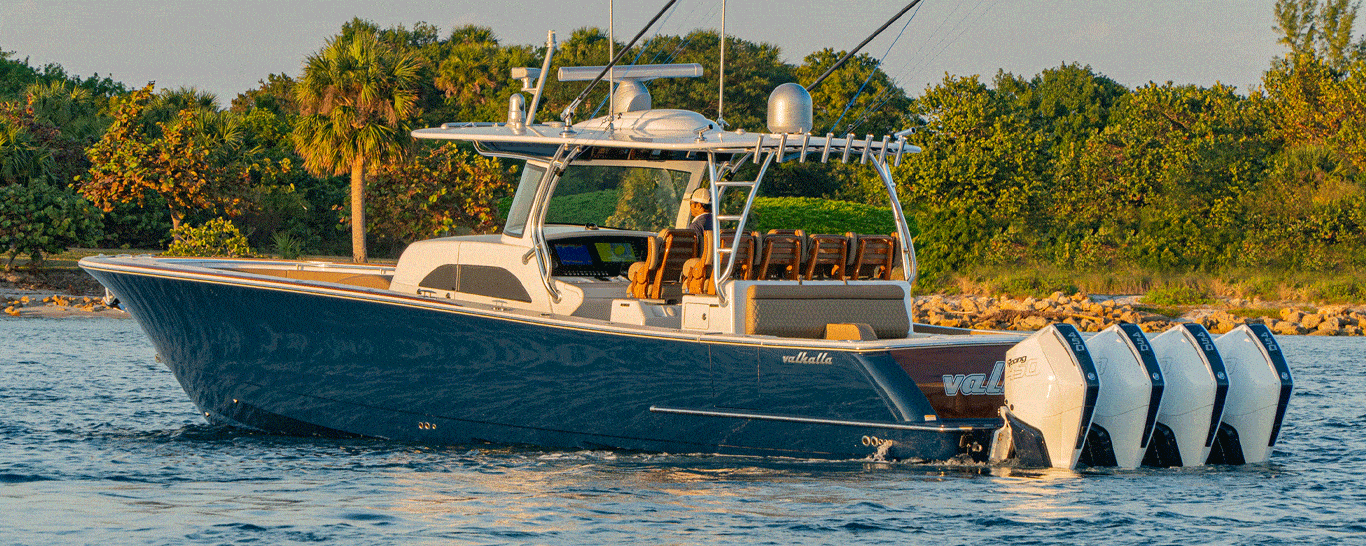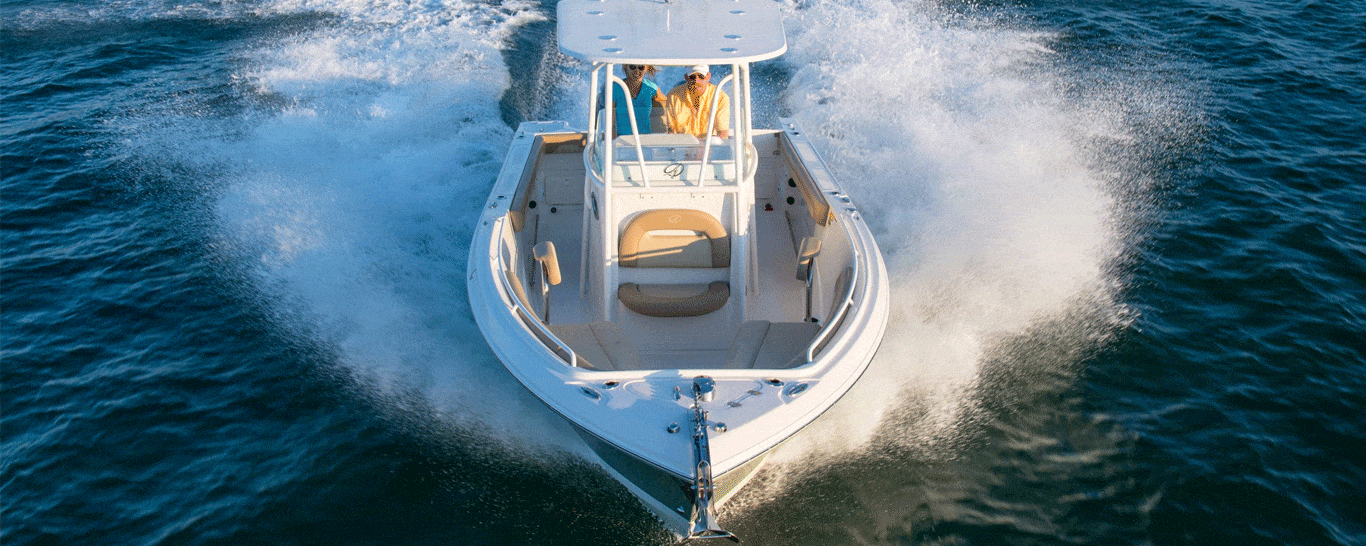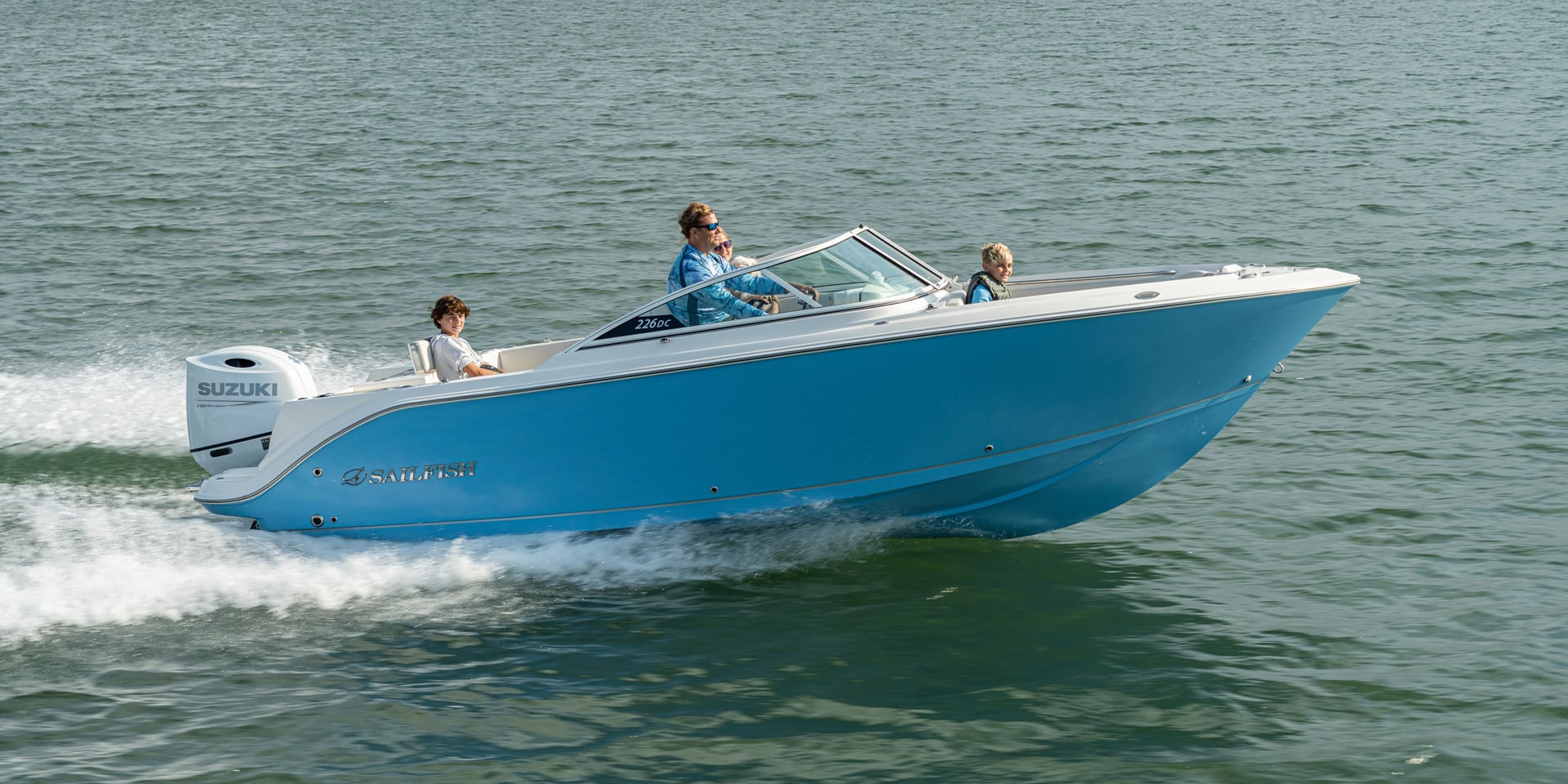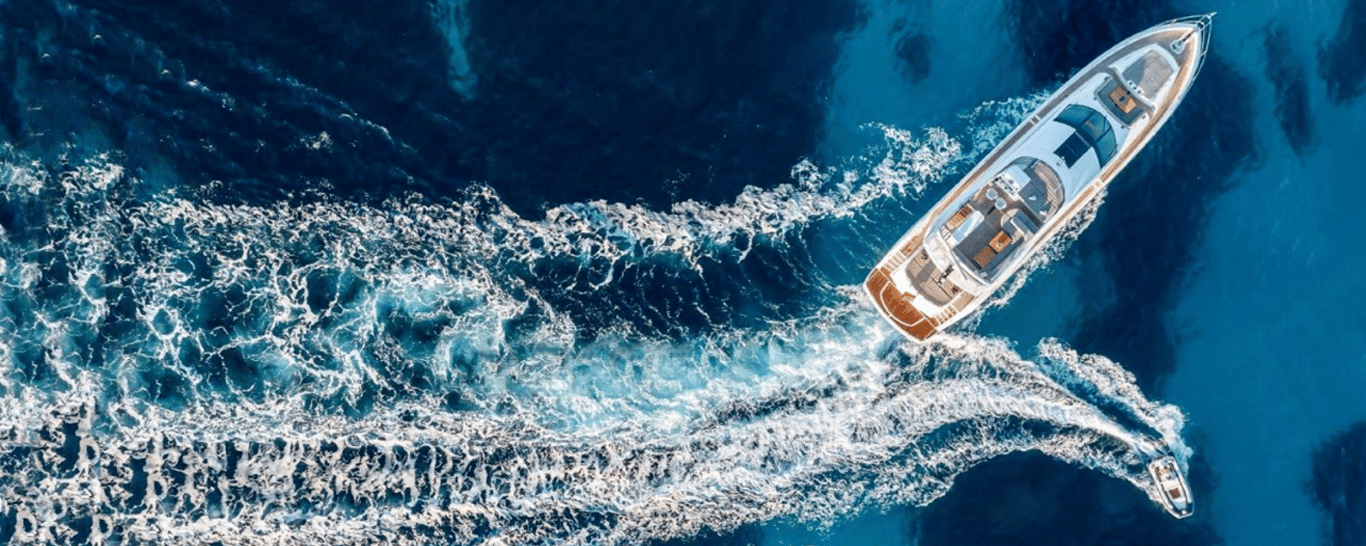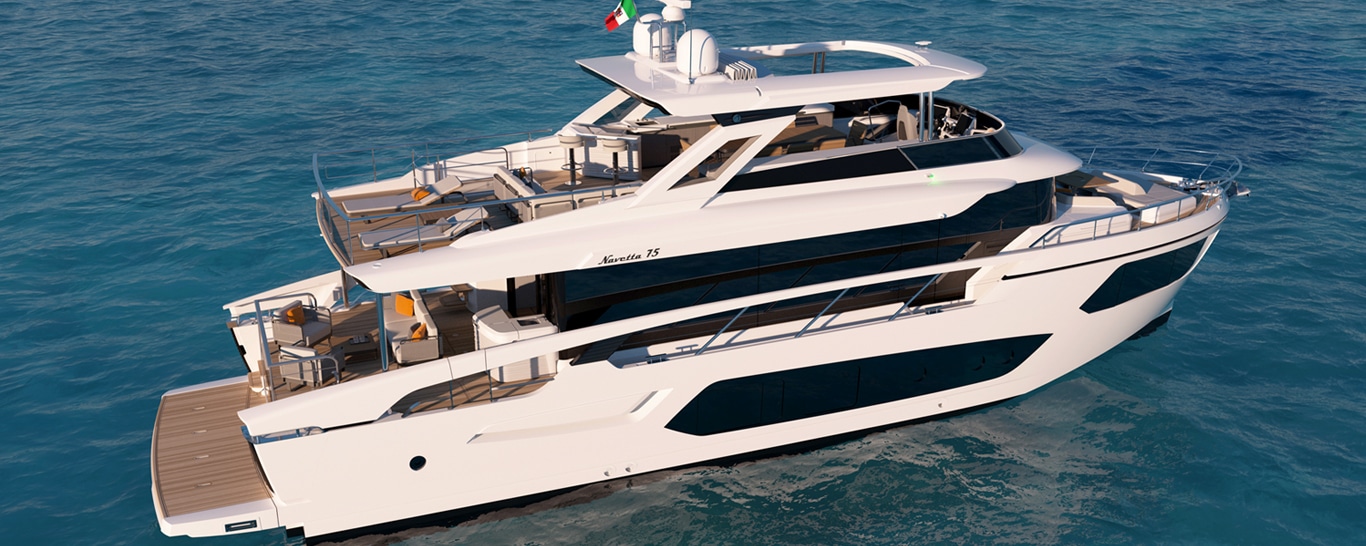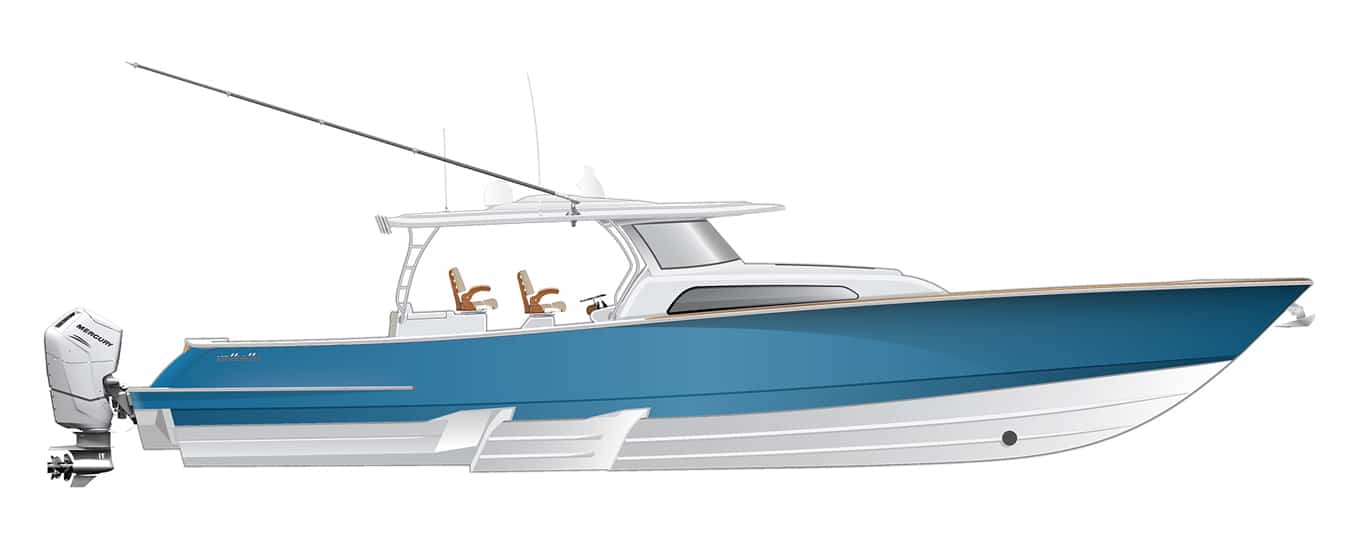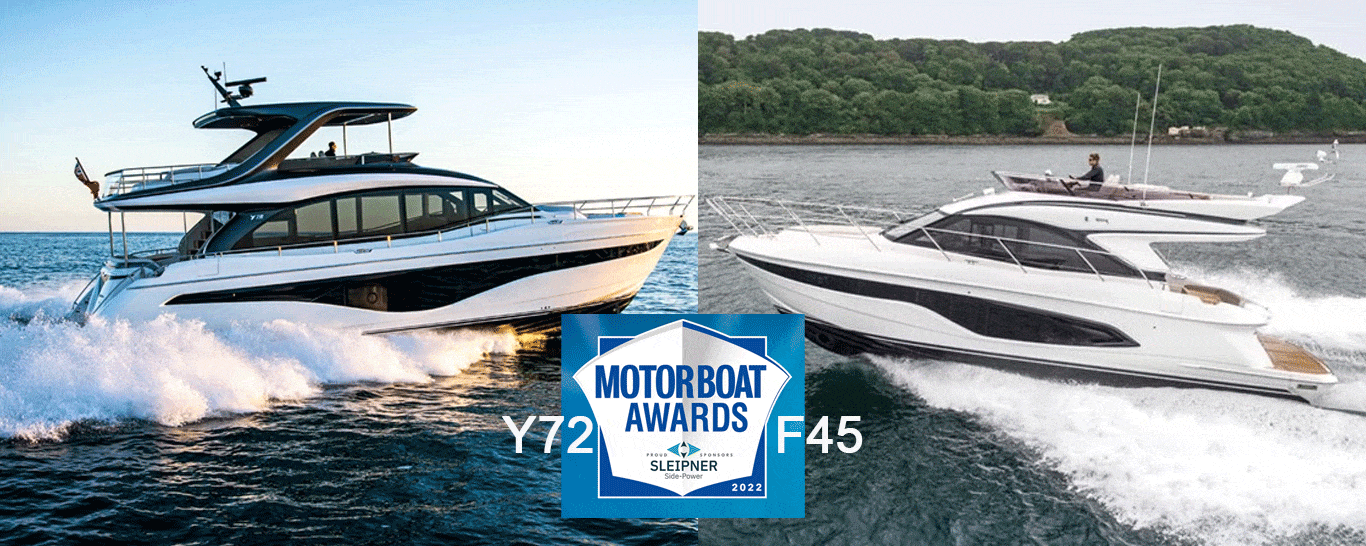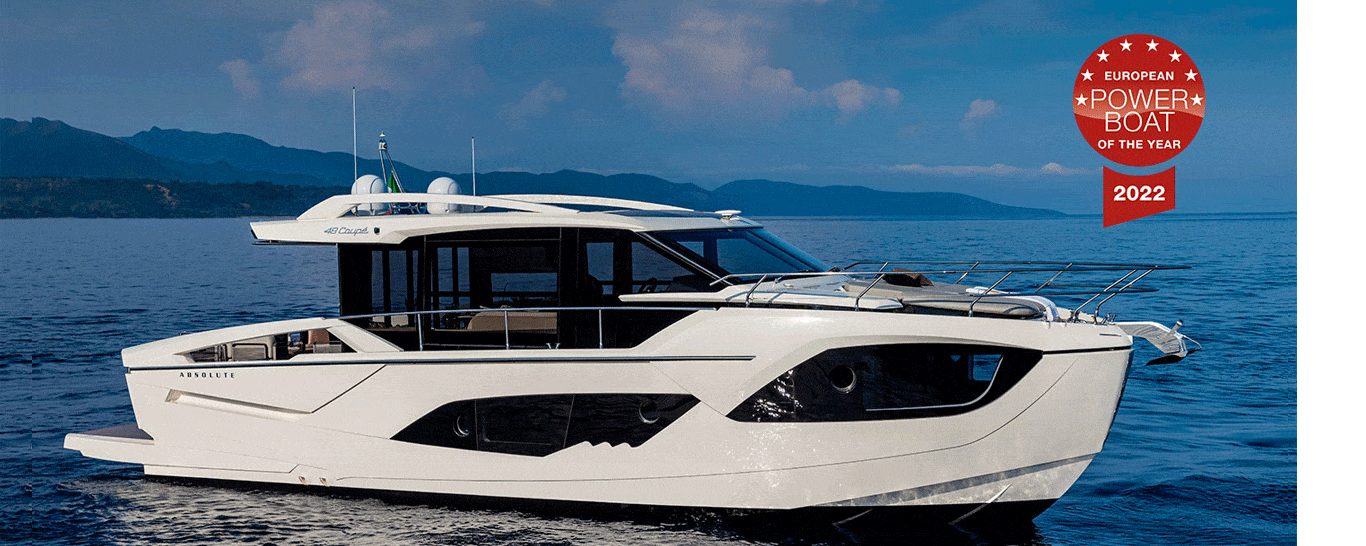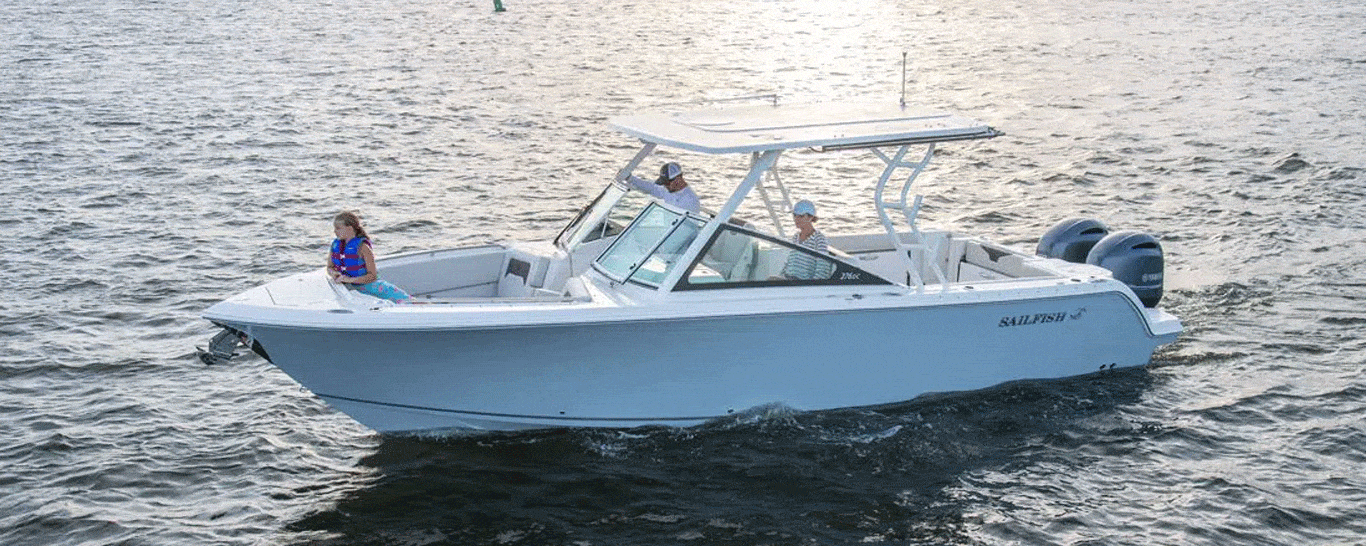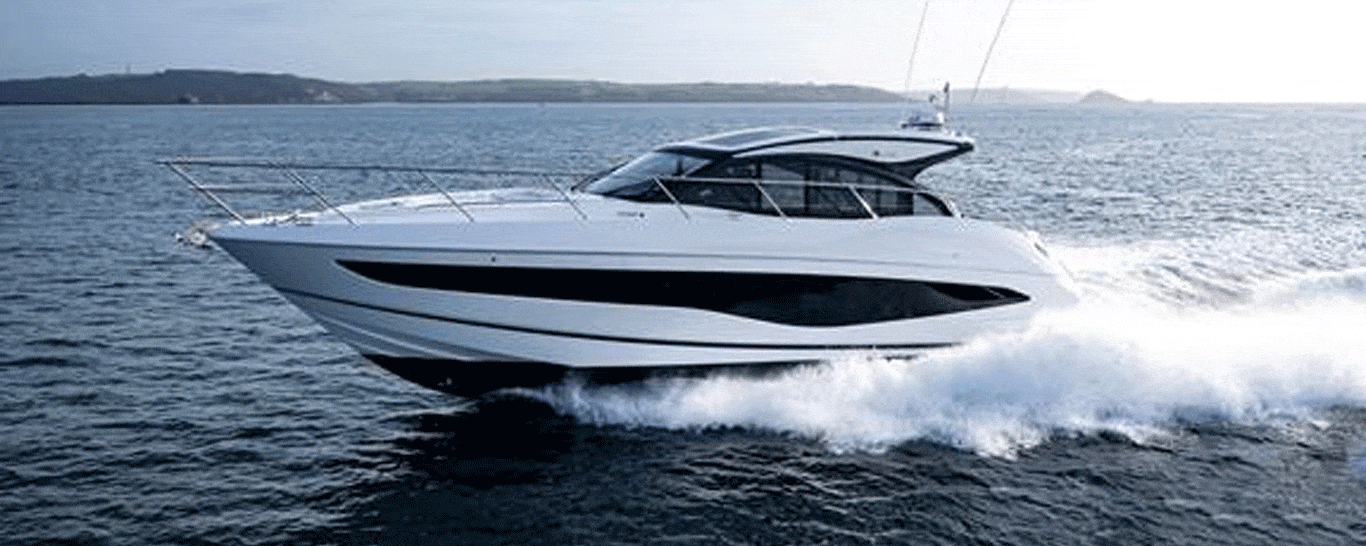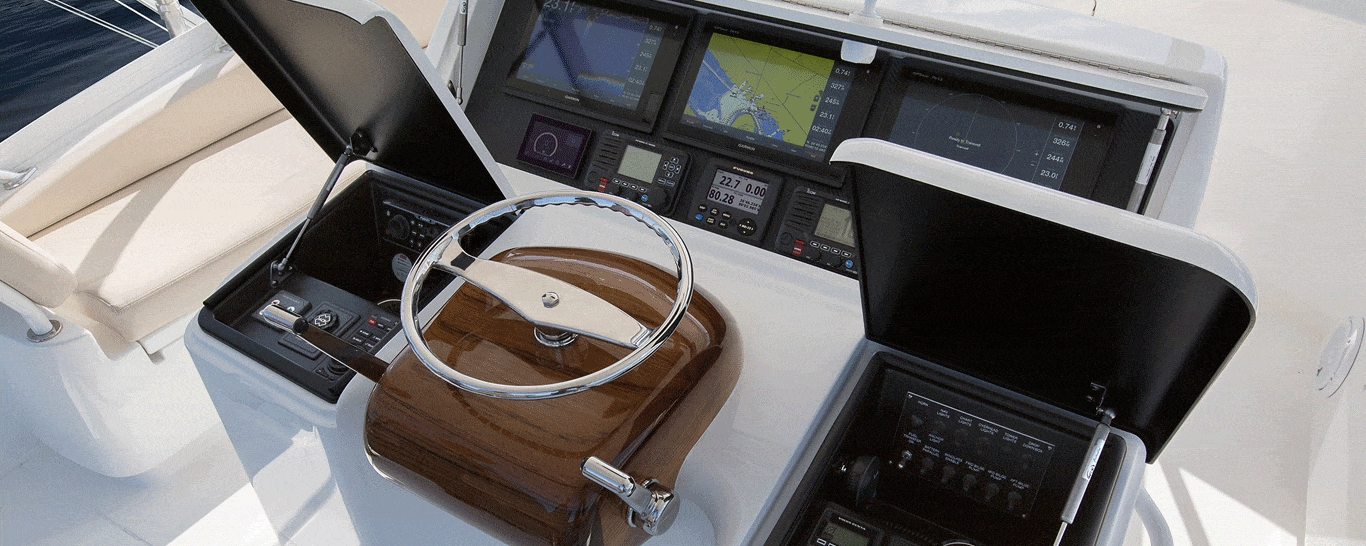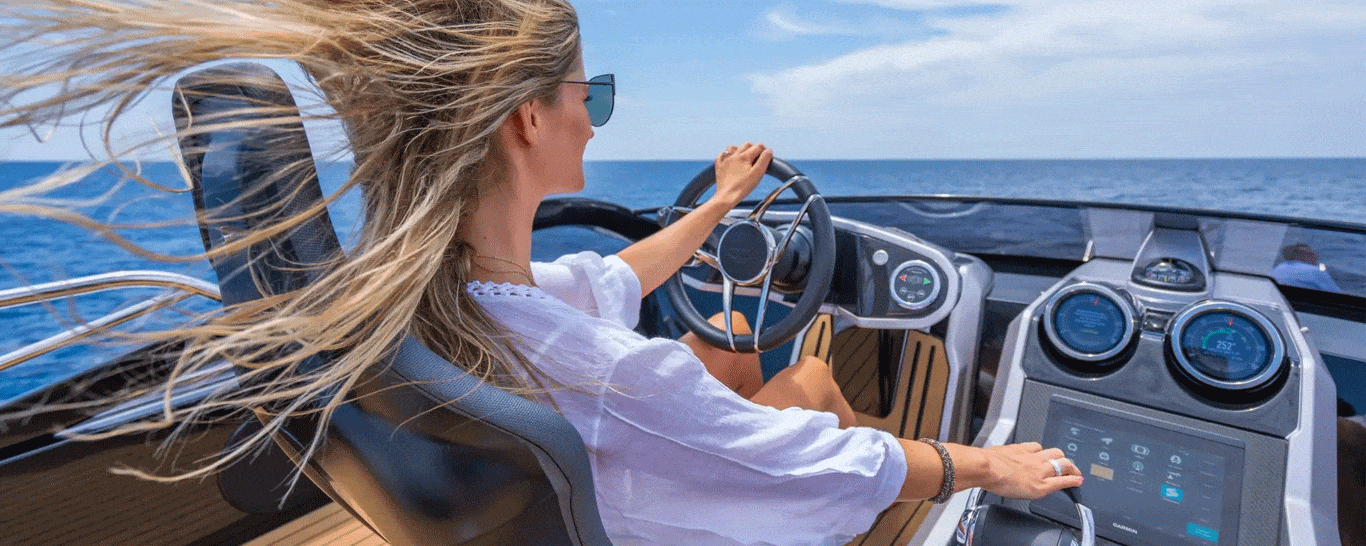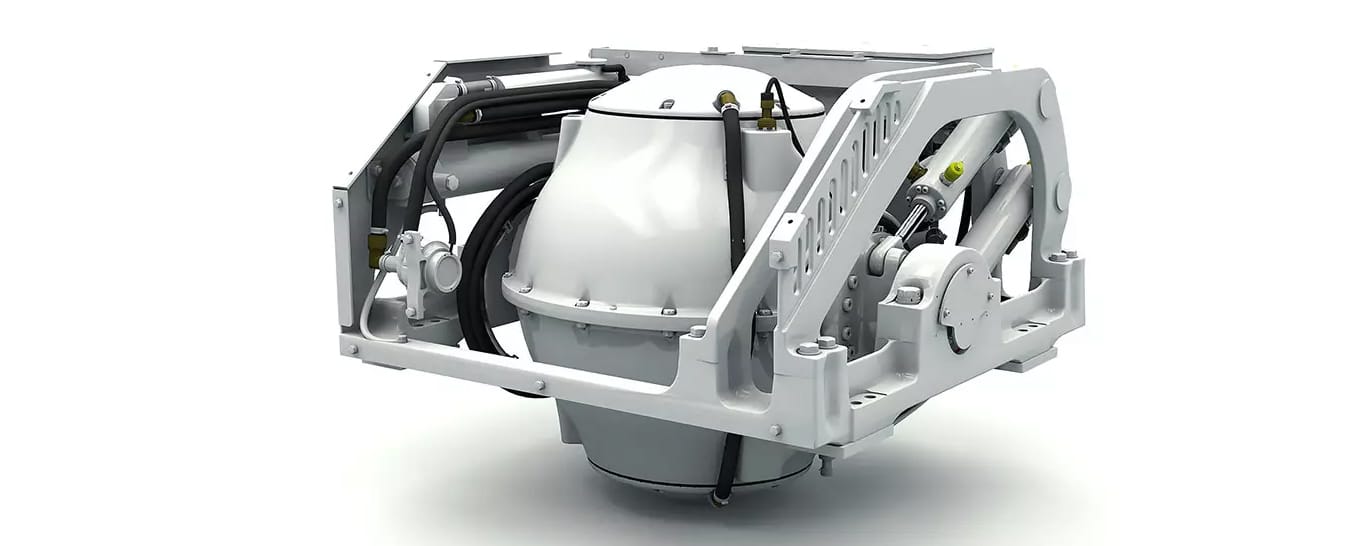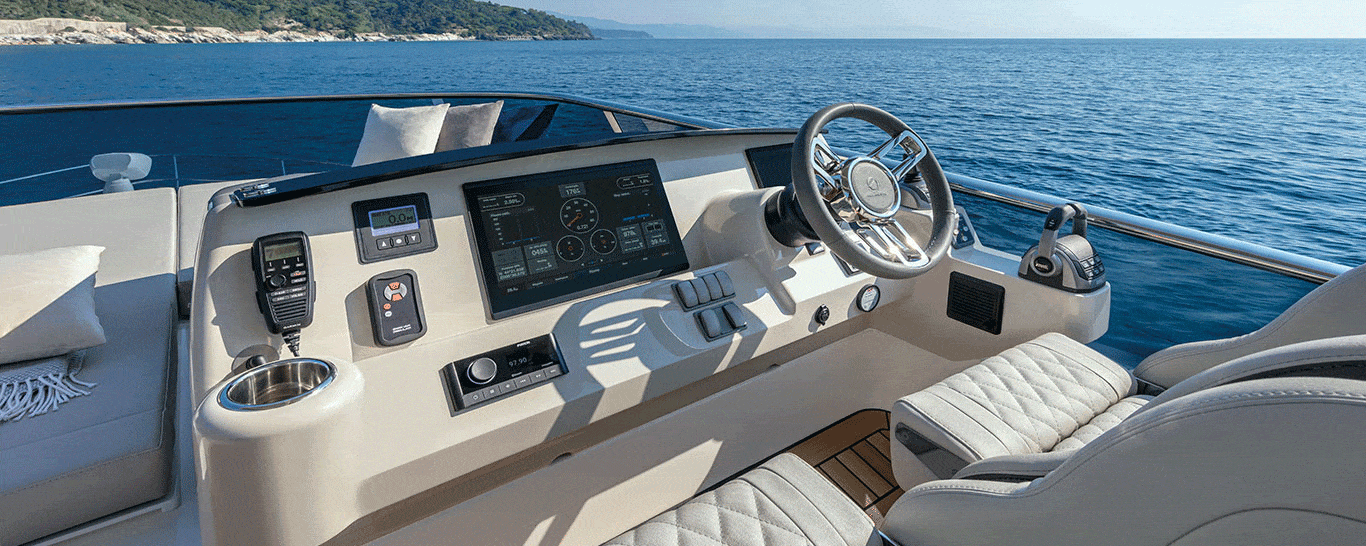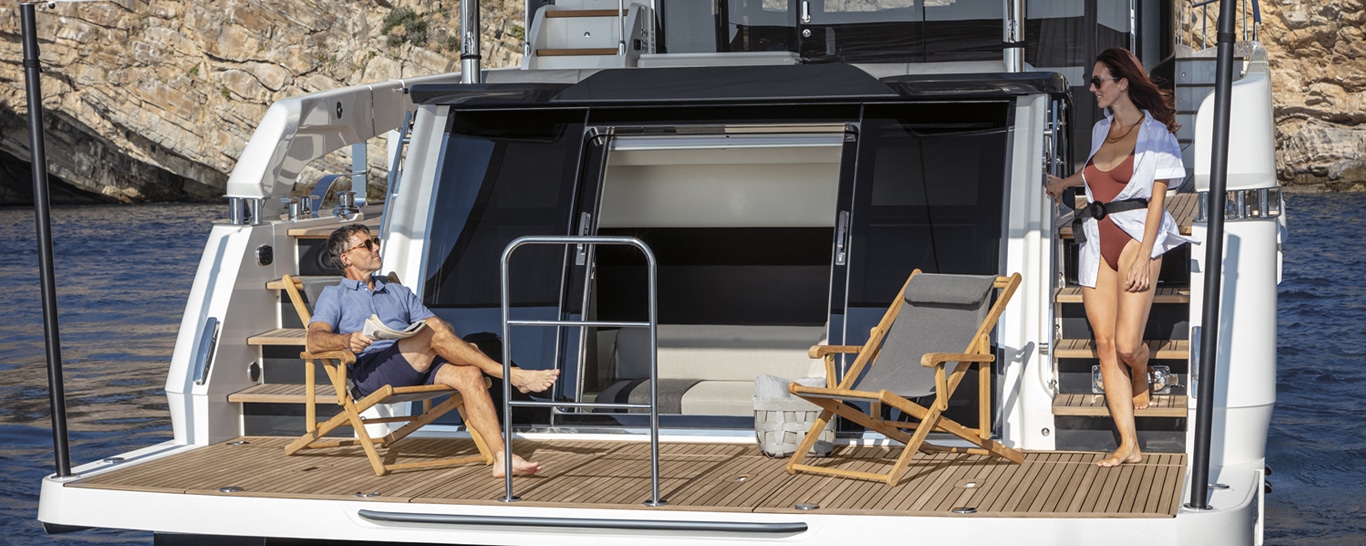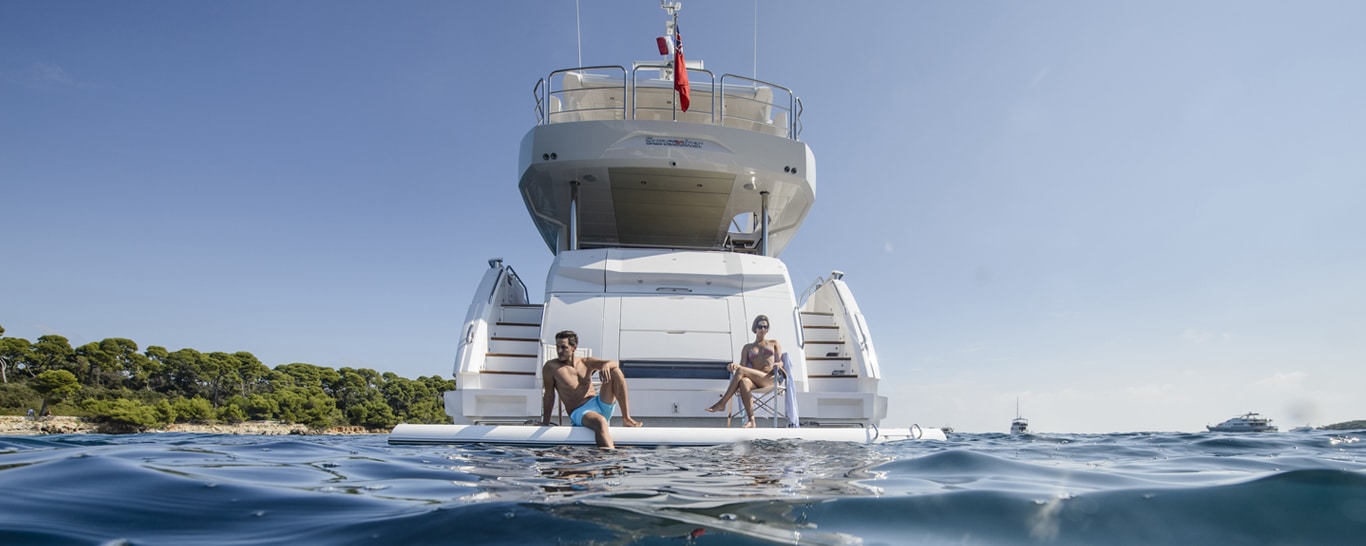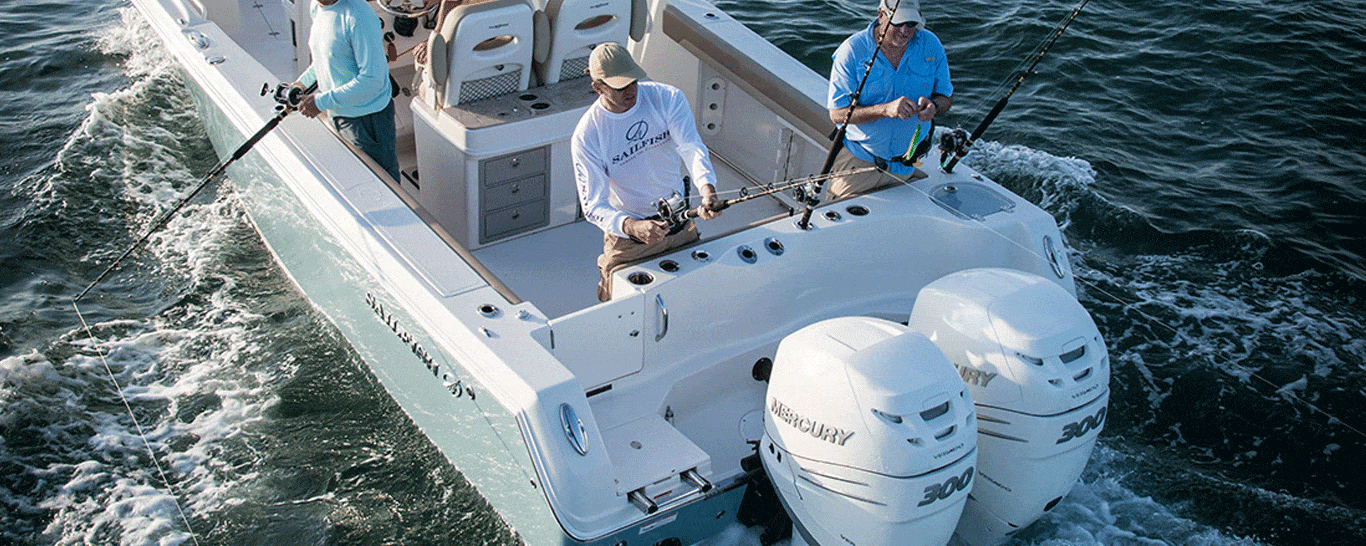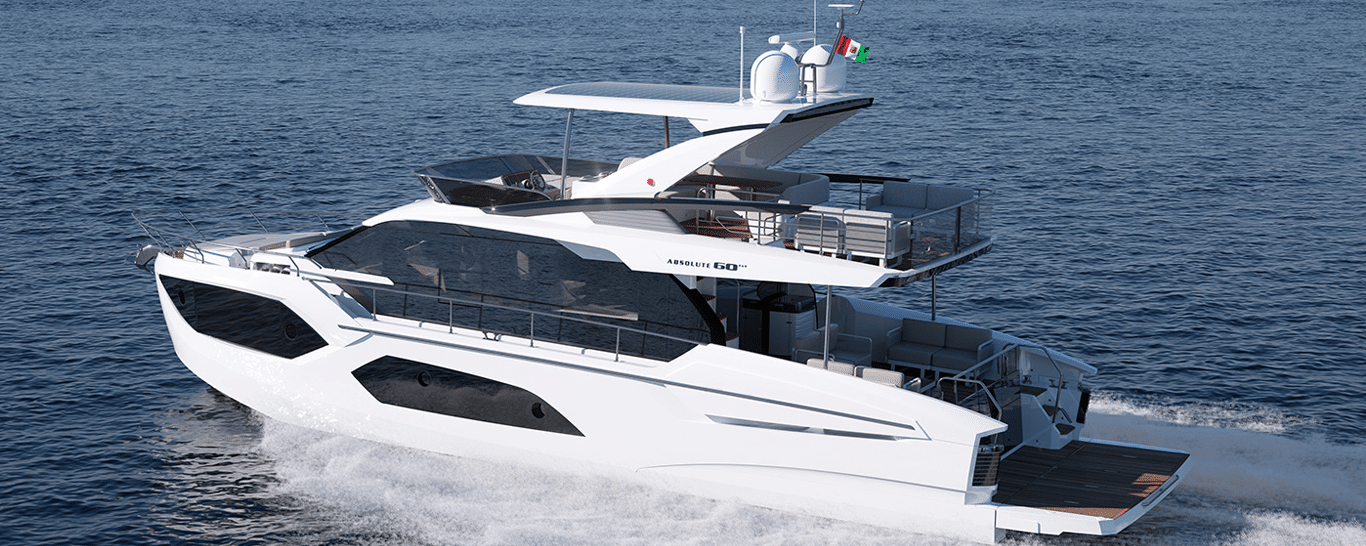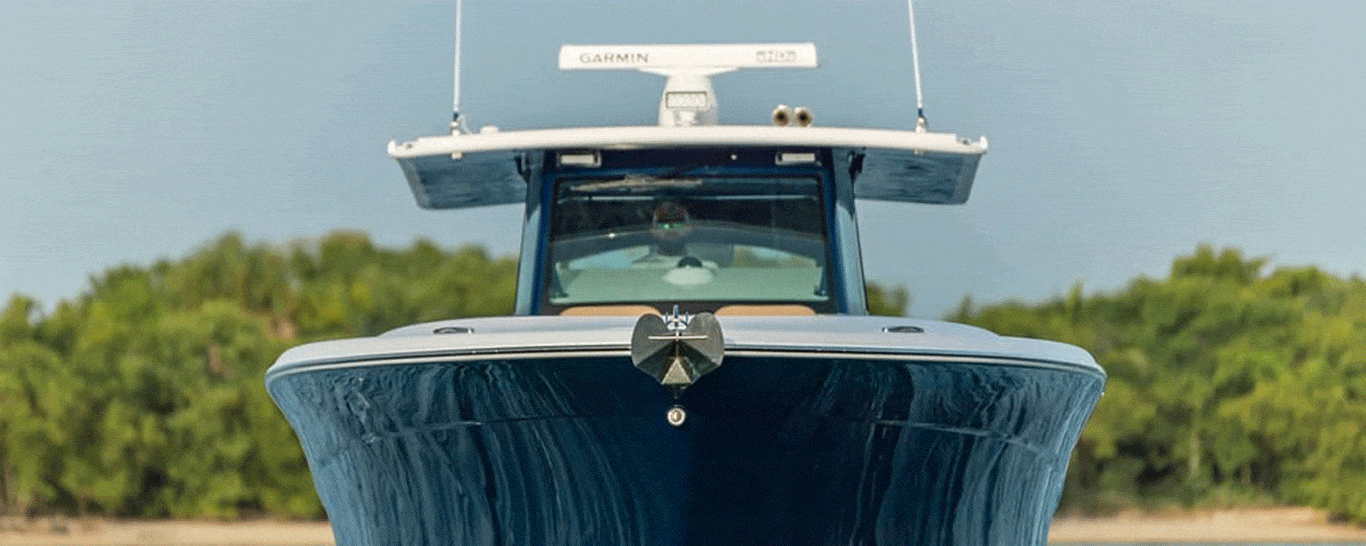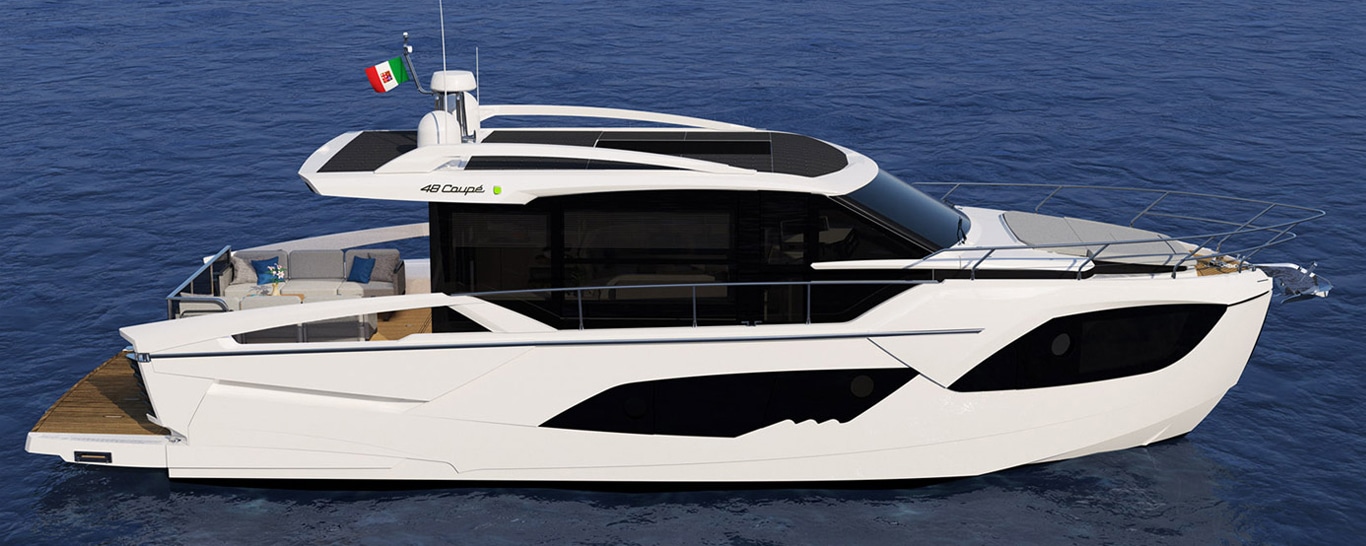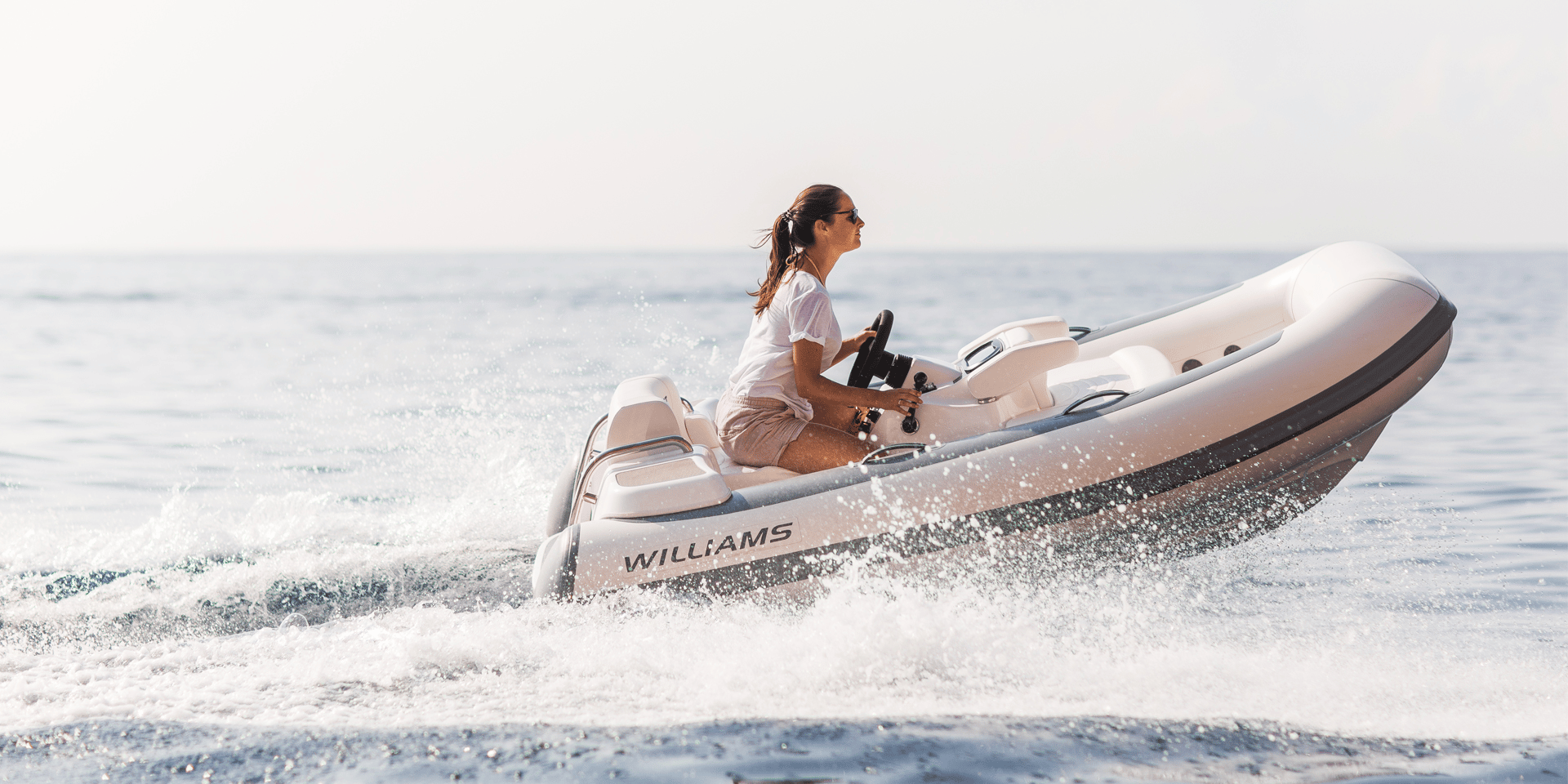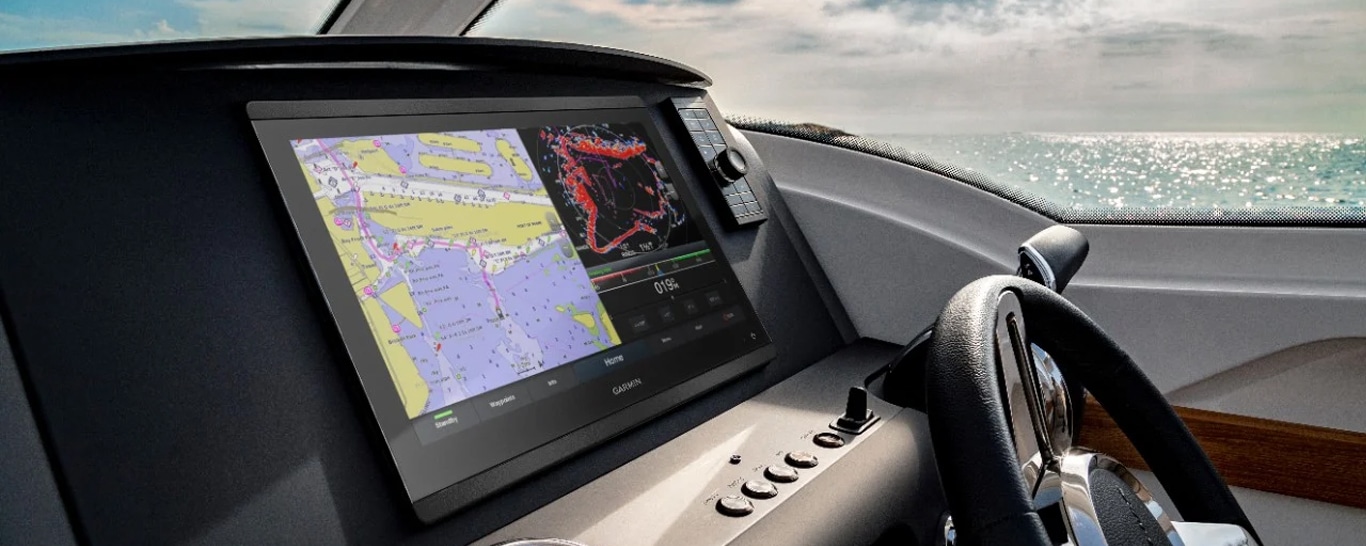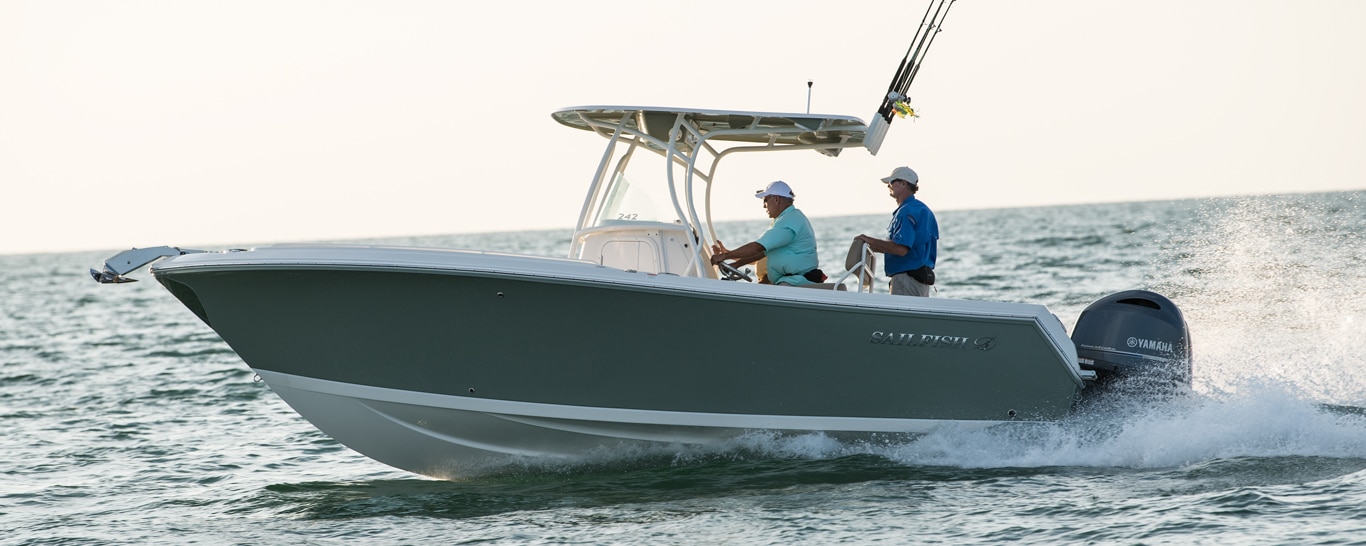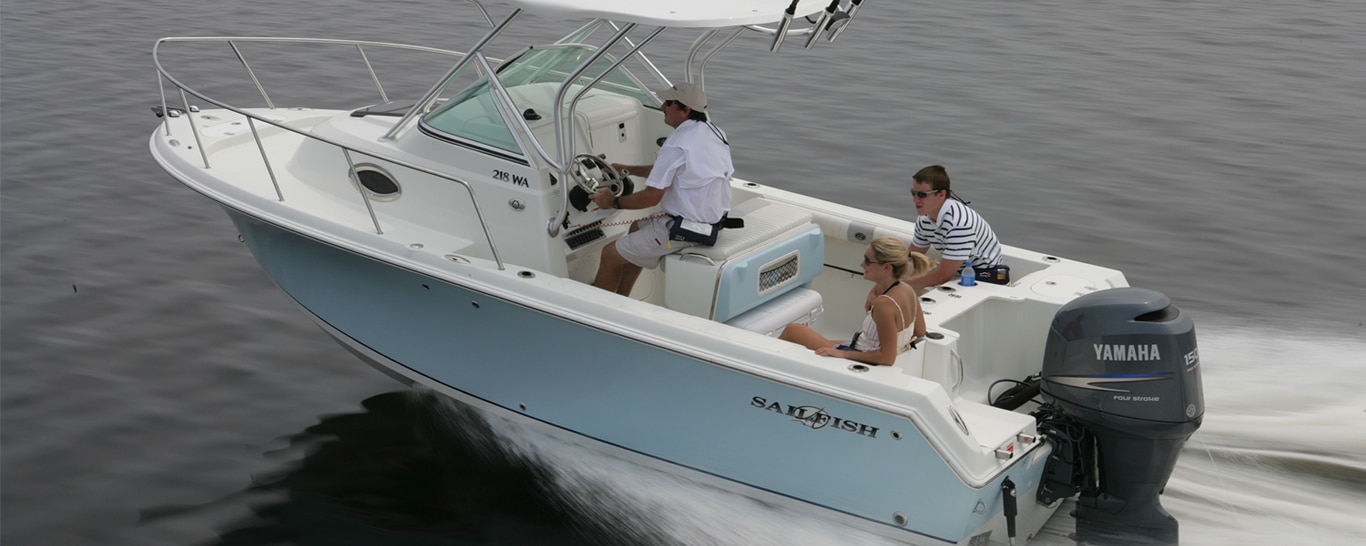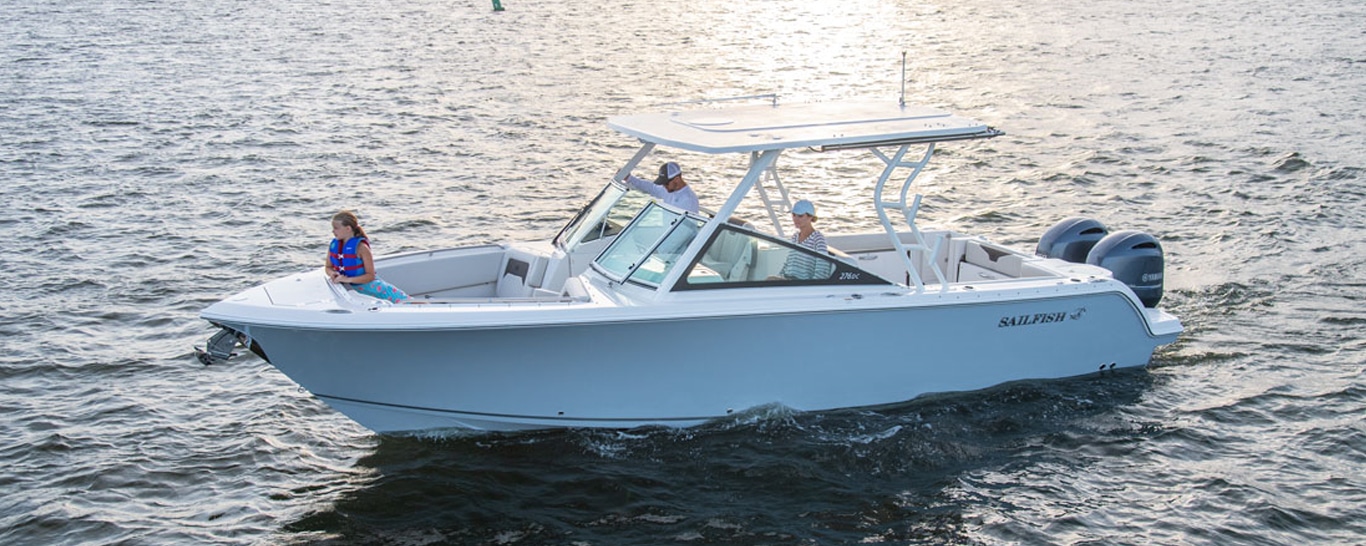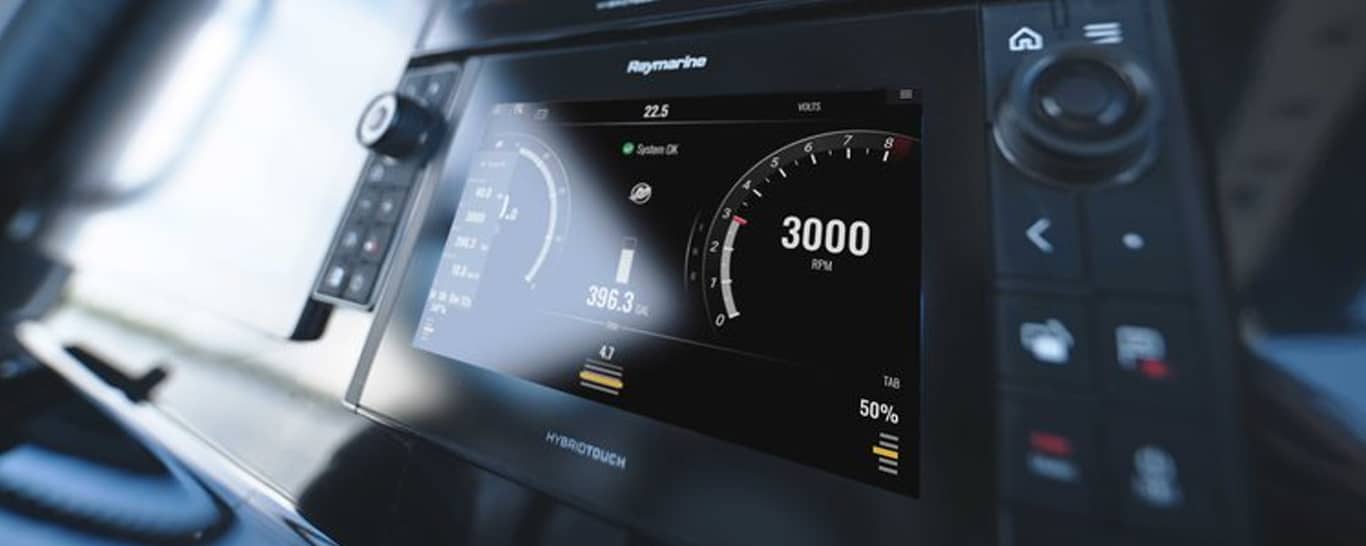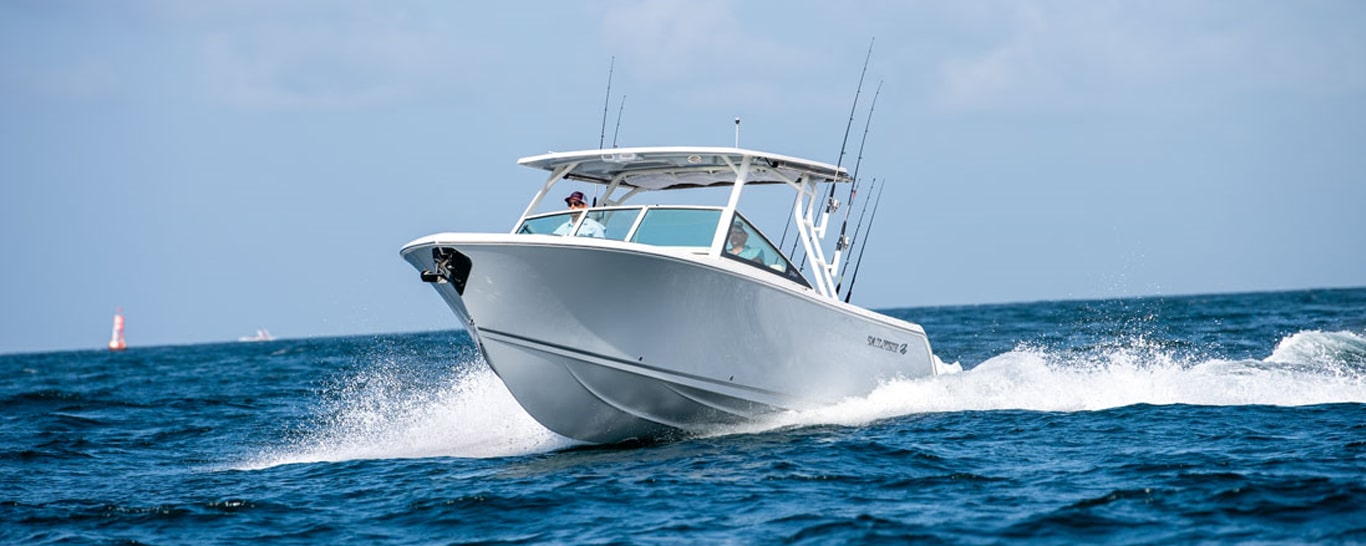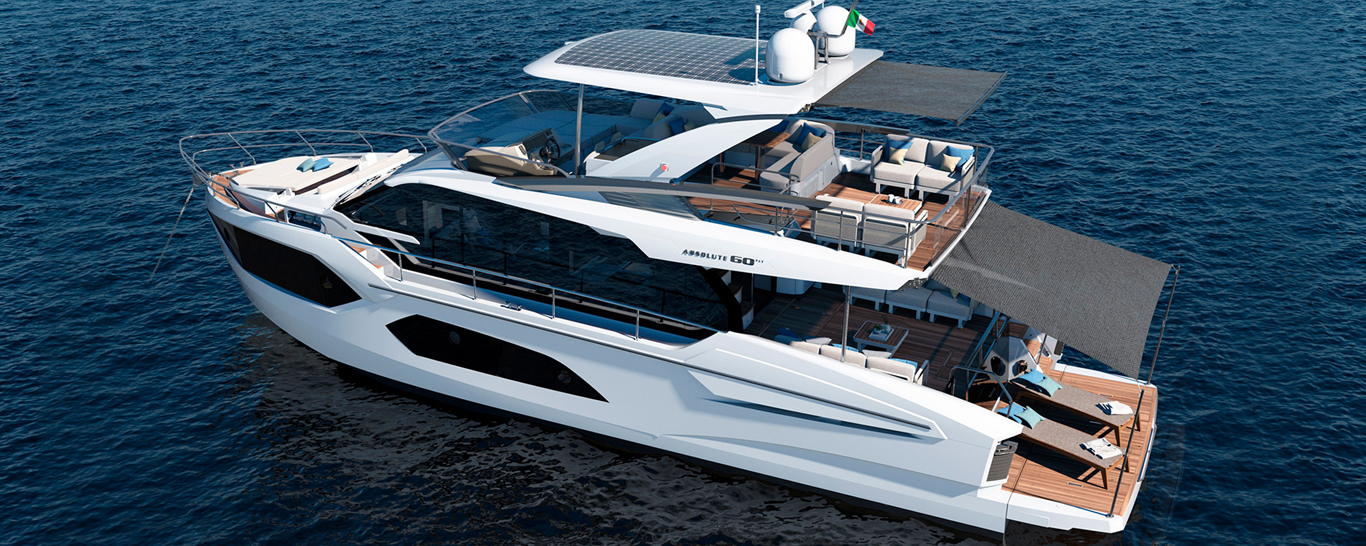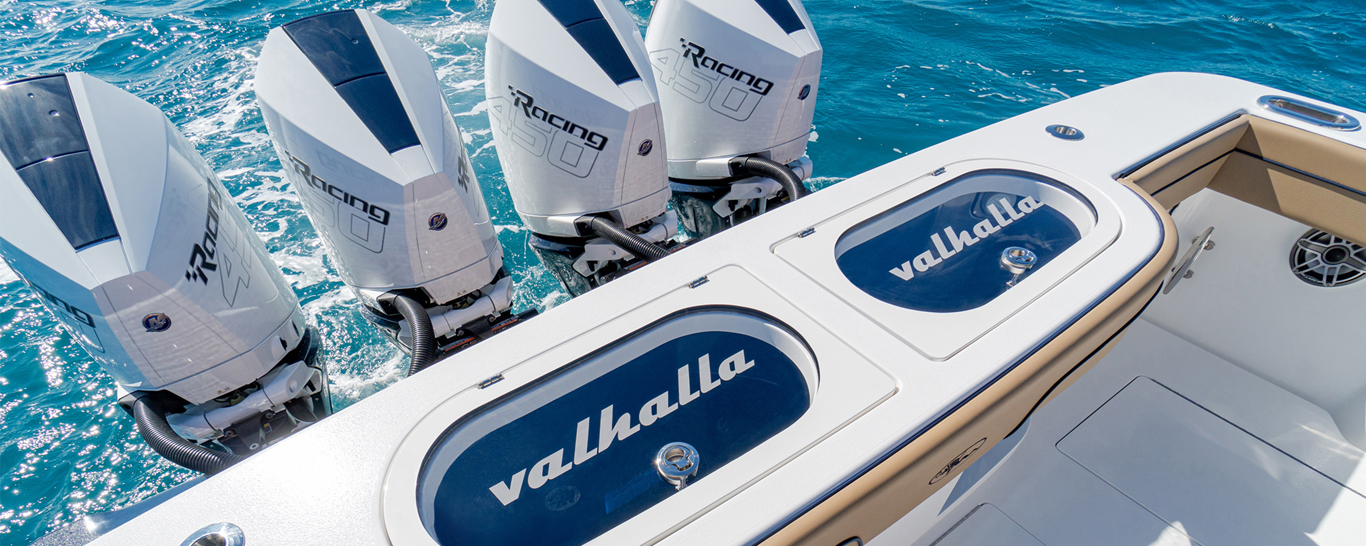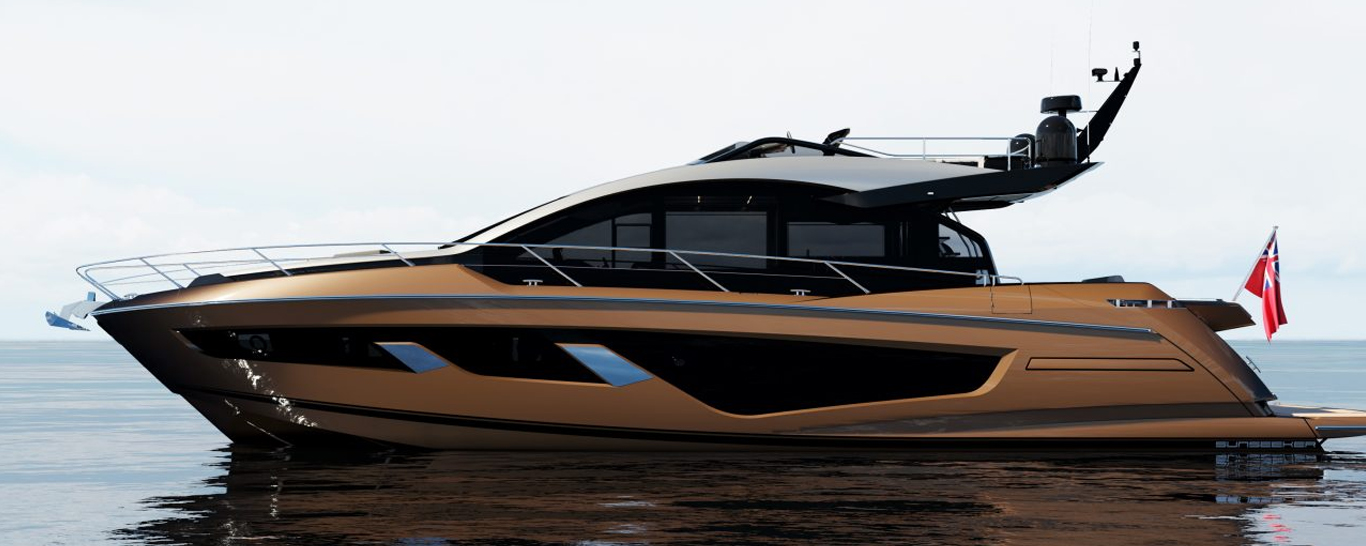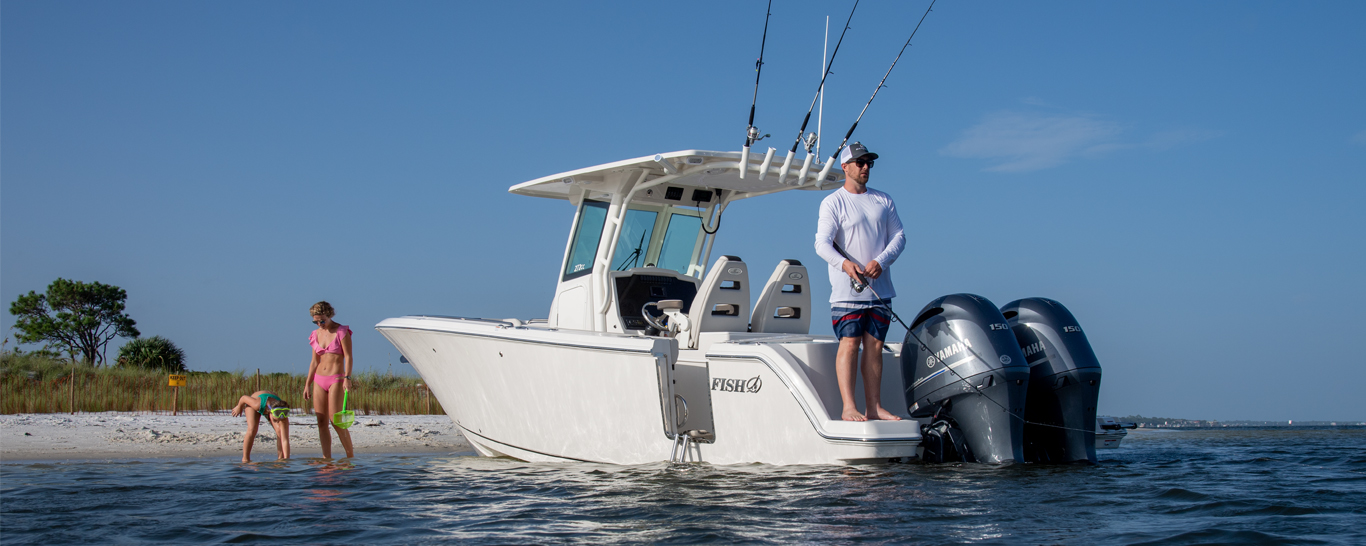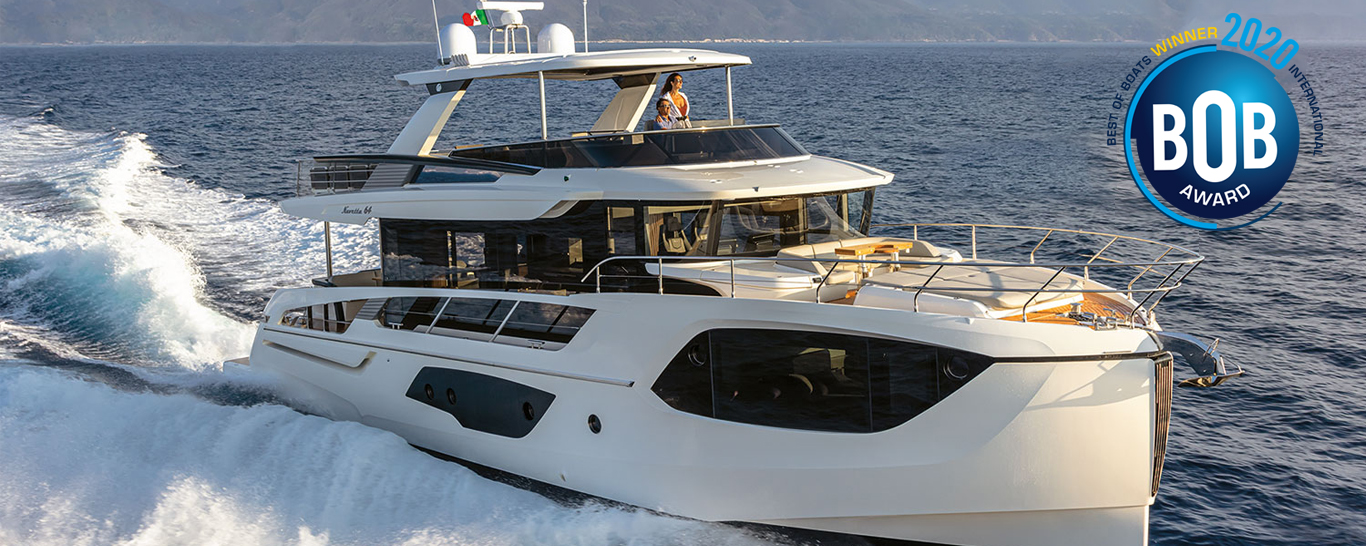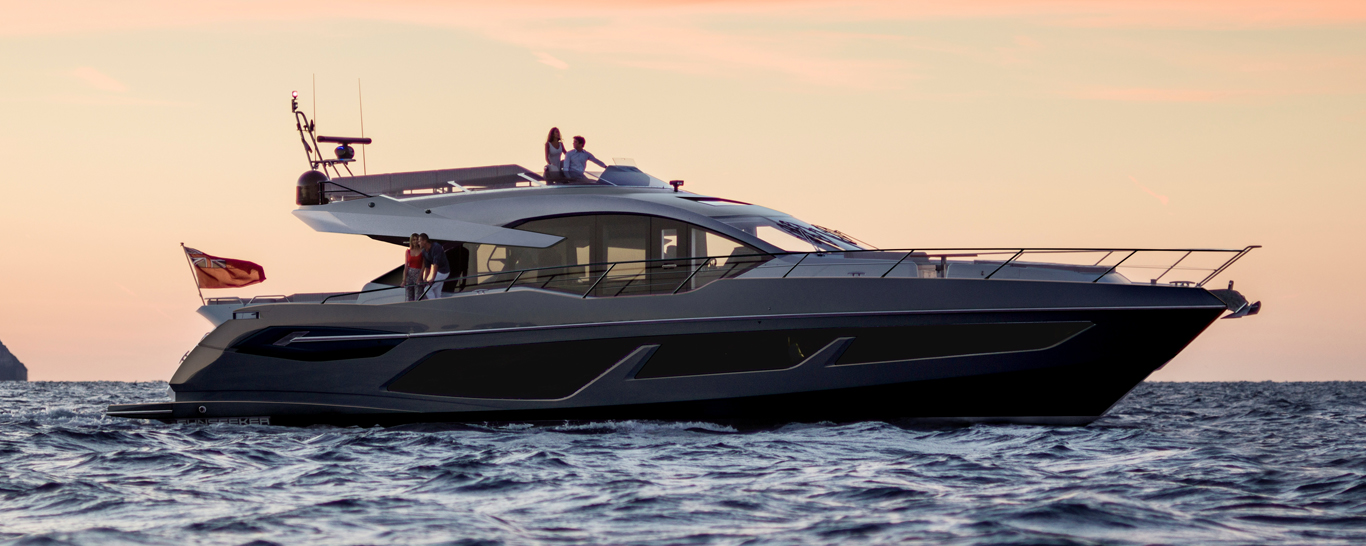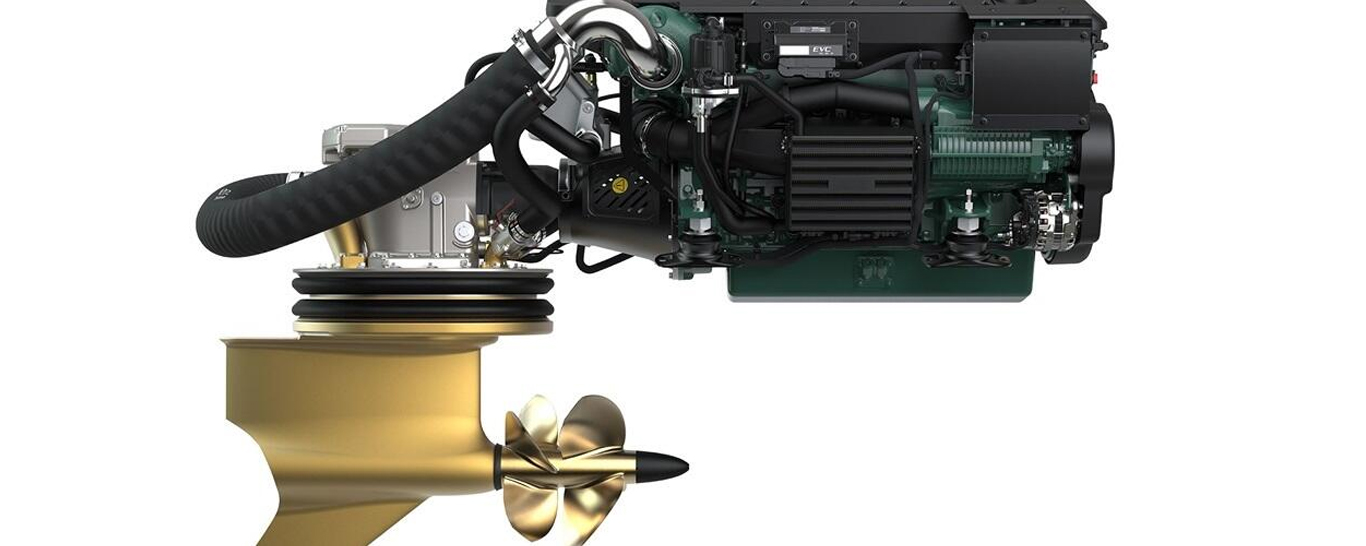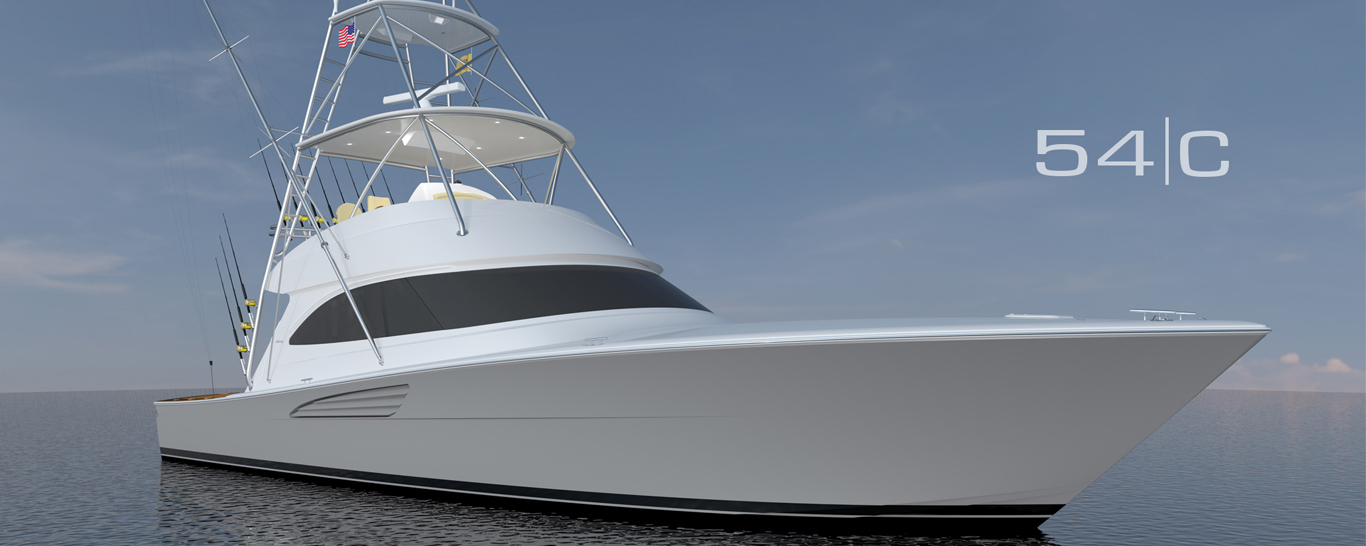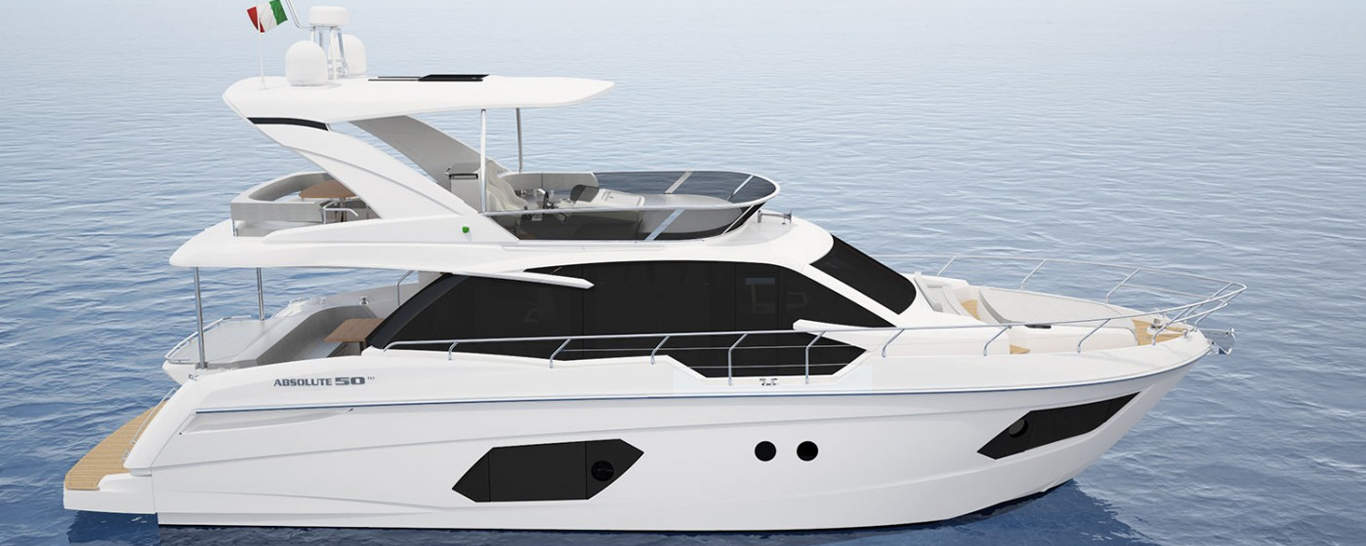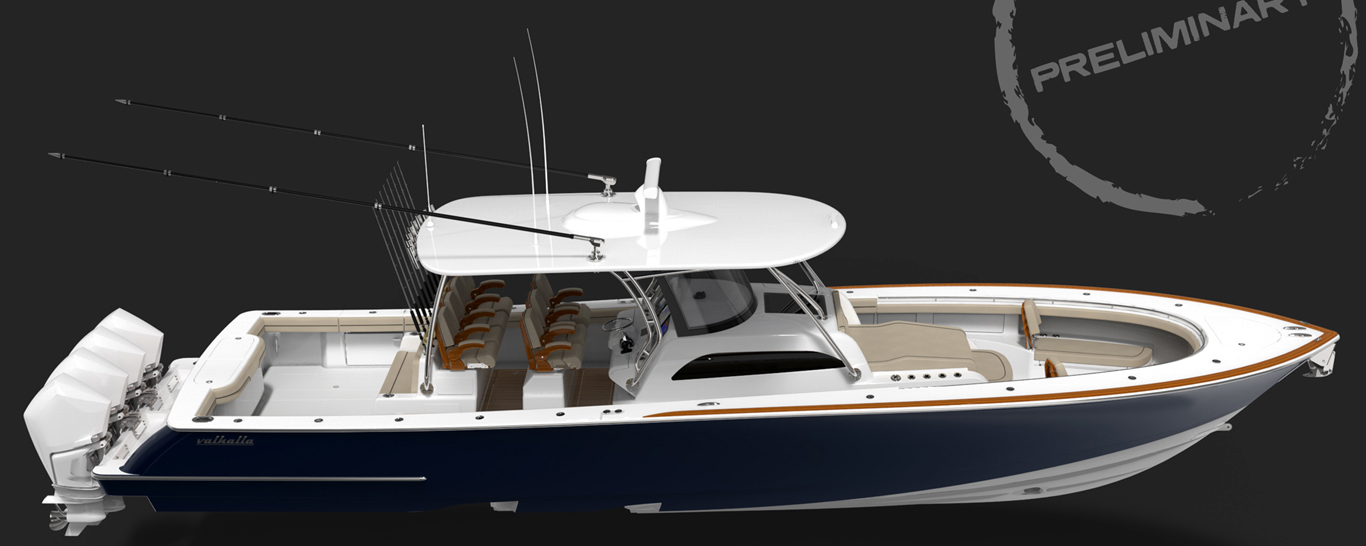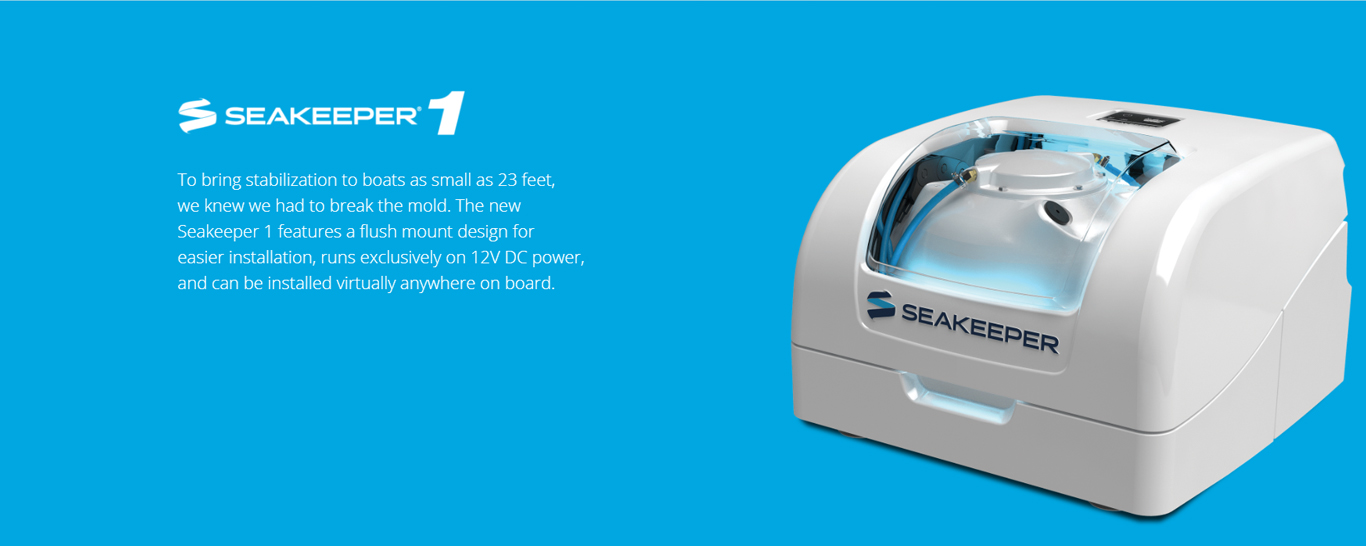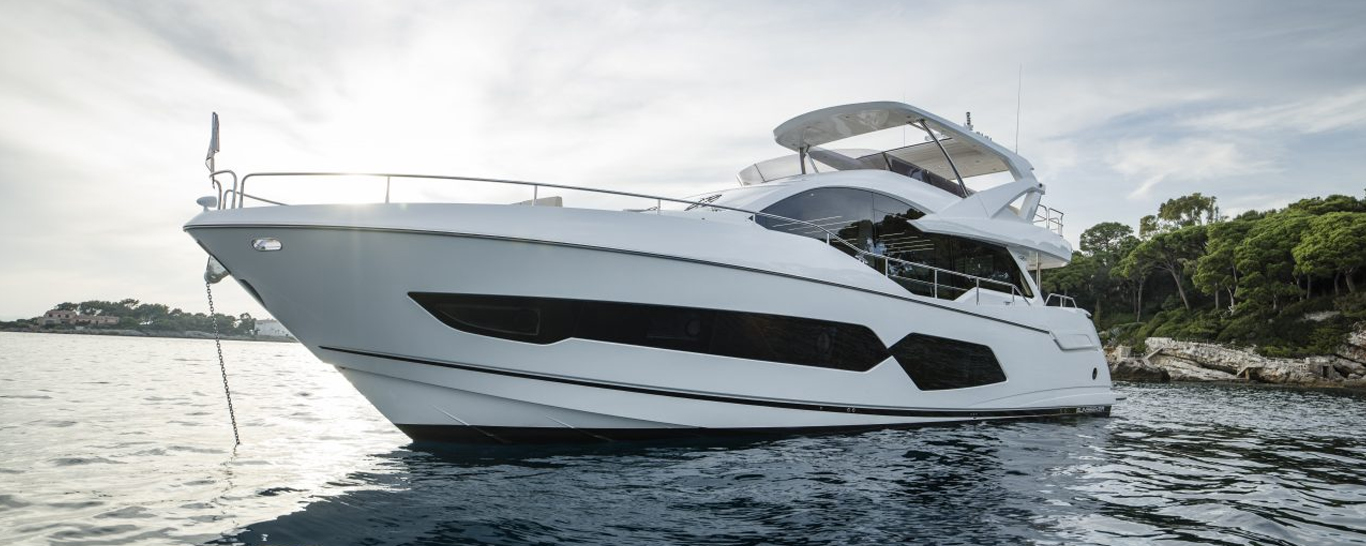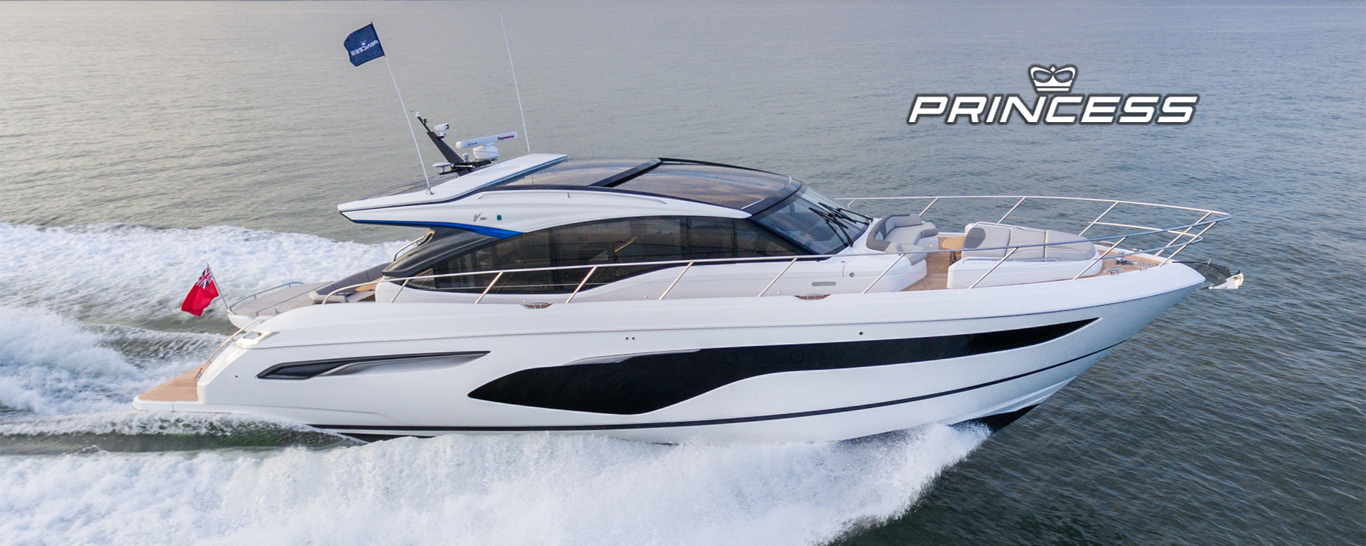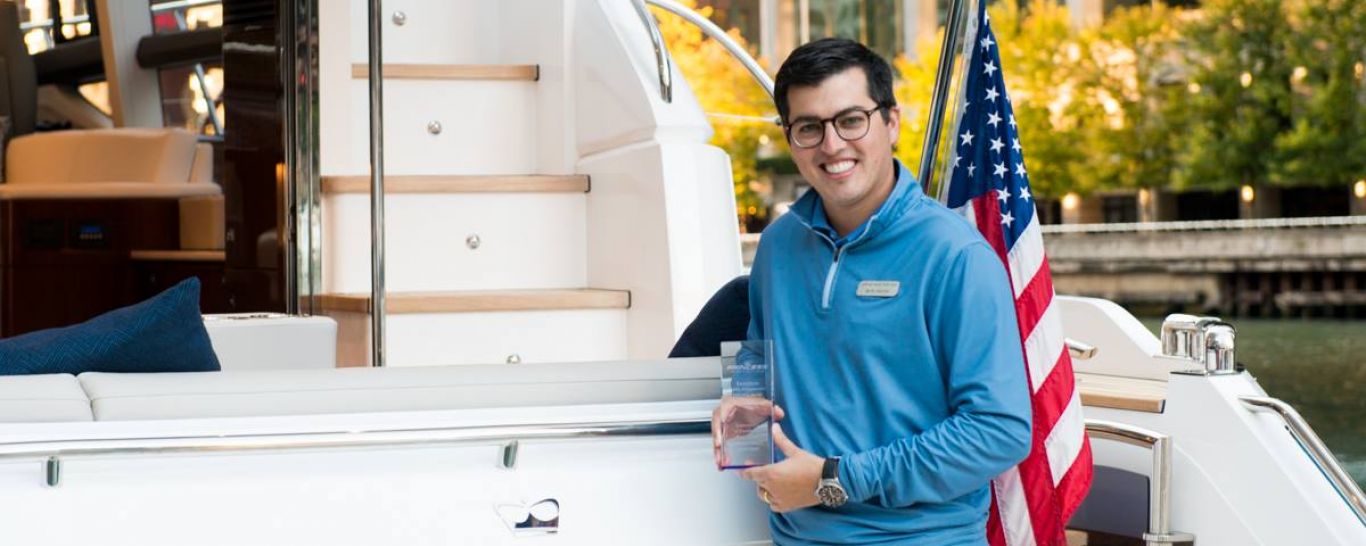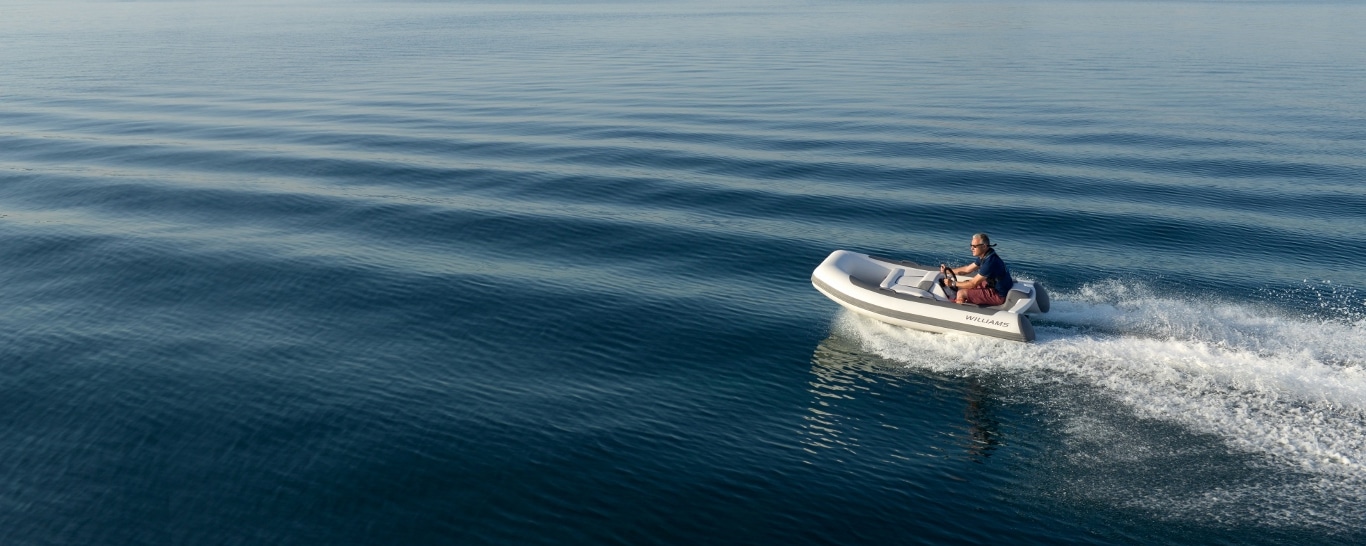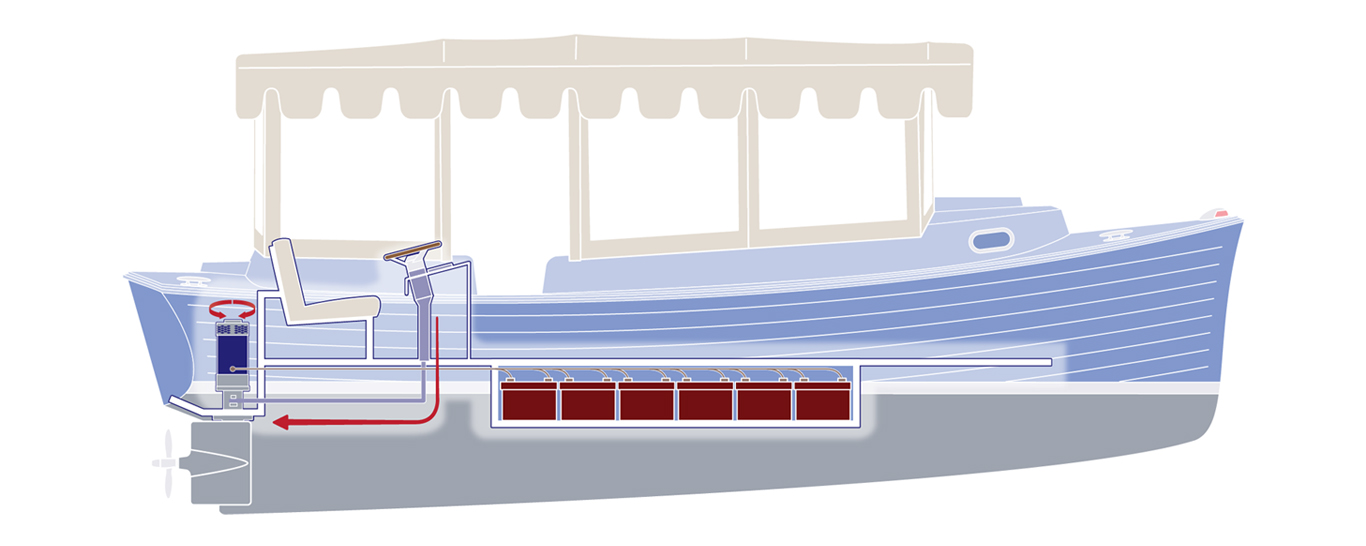Step Aboard in Style: Boat Shoes and Shoe Etiquette on a boat
Picture this: a warm, sunny day, a gentle breeze blowing through your hair, and the soothing sound of waves beneath your feet. You’re on a boat, ready to embark on an unforgettable adventure. But wait, before you set sail, have you considered your footwear? Boat shoes and proper shoe etiquette on a boat are essential not only for style but also for safety and respect for your vessel and fellow passengers. We’ll explore the significance of boat shoes and the essential shoe etiquette that ensures smooth sailing and an enjoyable experience on board.
Style Meets Functionality
Boat shoes are more than just a fashion statement; they are designed with specific features to enhance performance and comfort on a boat. Here’s what sets them apart from regular shoes:
Non-Marking Soles: Boat shoes are distinguished by their non-marking rubber soles. This feature prevents scuffing and damage to the delicate surfaces of boats, particularly the decks. The non-marking soles ensure that your footwear doesn’t leave unsightly marks and helps preserve the boat’s aesthetics.
Grip and Traction: The most critical aspect of boat shoes is their exceptional grip and traction on wet and slippery surfaces. The unique tread pattern and rubber composition of the soles provide stability, reducing the risk of accidents while maneuvering on the deck.
Quick Drainage System: Many boat shoes feature small perforations or drainage channels, allowing water to escape swiftly. This feature ensures your feet stay dry, minimizing discomfort and the risk of slipping due to waterlogged shoes.
Durable Materials: Boat shoes are typically made from leather or canvas, which are sturdy materials capable of withstanding exposure to water, salt, and the elements without compromising their integrity.
Lacing System: The lacing design of boat shoes often includes leather laces that can be tightened for a secure fit or loosened for a more relaxed feel. The laces are also functional in preventing the shoes from slipping off in rough waters.
Comfort and Style: Beyond their functional design, boat shoes are praised for their comfortable fit and versatile style. They effortlessly transition from the deck to the shore, making them ideal for leisurely strolls, casual gatherings, and various outdoor activities.
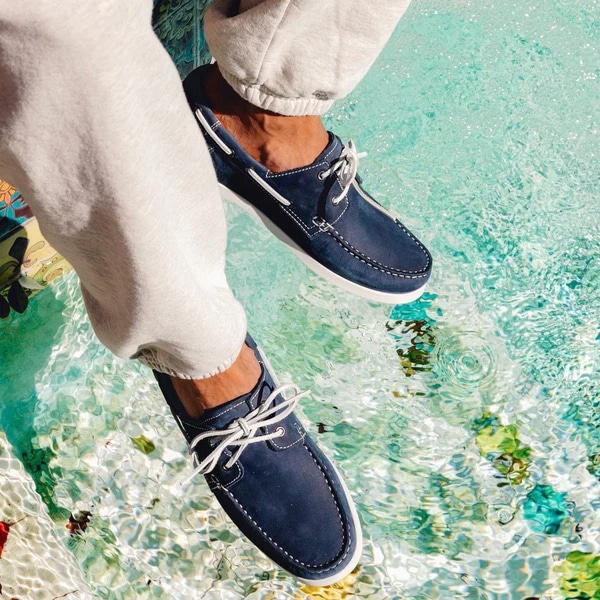
Do You Wear Socks With Boat Shoes?
Whether or not to wear socks with boat shoes has been a subject of debate among fashion enthusiasts and boating enthusiasts alike. Traditionally, boat shoes were designed to be worn without socks, and many still prefer to go sockless to maintain a classic and casual look. Wearing boat shoes without socks allows for better ventilation, keeping your feet cool and comfortable during warm weather and long days on the water. Additionally, going sockless can showcase the shoe’s design and the wearer’s sense of style. However, some people may opt to wear no-show or low-cut socks to maintain hygiene, prevent odor, or add a layer of comfort while maintaining a more polished appearance. Ultimately, the choice to wear socks with boat shoes comes down to personal preference and the specific occasion or setting.
Shoe Etiquette on a Boat
While having the right footwear is essential, proper shoe etiquette on a boat is equally crucial for safety, cleanliness, and respect for your vessel and fellow passengers. Here’s a guide to follow when it comes to shoe etiquette on a boat:
Wear Boat Shoes or Non-Marking Soles: Opt for boat shoes or any footwear with non-marking soles to preserve the boat’s surfaces and maintain its pristine condition. Clean-soled sneakers or rubber-soled sandals are acceptable alternatives if boat shoes are not available.
Keep Shoes Dry and Clean: Before boarding, ensure your shoes are clean and dry to avoid tracking dirt, sand, or mud onto the boat. Keeping the deck clean enhances safety and prevents slipping hazards.
Respect the Boat’s Interior: If the boat has an indoor seating area or cabin, it’s customary to remove your shoes before going inside. This practice helps maintain the cleanliness and hygiene of the boat’s interior spaces.
Stow Shoes Safely: When you’re not wearing your shoes, store them in designated areas to prevent them from obstructing walkways or creating potential trip hazards for other passengers.
Avoid Dark-Soled Shoes: Dark-soled shoes, particularly those with hard rubber soles, have a higher chance of leaving marks on the deck. Opt for light-colored, non-marking soles to protect the boat’s appearance.
Boat shoes embody both style and functionality, catering to the unique needs of boat enthusiasts. Their non-marking soles, exceptional grip, and drainage systems make them a reliable and safe choice for adventures on the water. Coupled with proper shoe etiquette, boat shoes enhance the overall experience on board while showing respect for the vessel and fellow passengers. So, the next time you set sail, do so with style, comfort, and a keen sense of shoe etiquette to ensure smooth sailing and unforgettable moments on the open waters. So, when you’re ready to step aboard, do it in safety and style, and don’t forget the rest of your boating etiquette rules!

